The Lamborghini Miura was introduced in 1966, only three years after Ferruccio established his company in Sant'Agata Bolognese. It was Lamborghini's third vehicle -- after the 350GT and the 400GT -- as well as its first mid-engined car. In fact, the Miura was the first production, road-legal, mid-engined sports car, being widely credited for starting the trend of high-performance, two-seat, mid-ship vehicles. The Miura was built until 1973, receiving two updates -- the S and the SV -- in the process.
When Lamborghini unveiled the 350GT back in 1964, everyone was impressed and the car turned out to be a huge success. But, Ferruccio Lamborghini decided he could do even better. He wanted the car with perfect design and technology, a car to impress and create sensation. And, he had all this with the Miura launched in 1966. Maybe the Miura name says it all, being named after a Spanish ranch whose bulls have a proverbial attack instinct.
Prior to the creation of the Miura, mid-engined layouts had been used by Ford, Porsche, Abarth and Ferrari specifically to dominate the race tracks. But Ferruccio had no interest in that. He wanted a car for the road. So, he asked a team of three men to create his car: Giampaolo Dallara, Paolo Stanzani, and Bob Wallace. After more than a year of work they came up with a first prototype at the 1965 Turin Auto Show. And, even if people were excited about it, many of them had doubts that the car would ever see production.
But, the production model was launched only a year later at the Geneva Motor Show. The first production model was delivered in December 1966, and although Ferruccio wanted his car to be limited to only 30 units, he had to reconsider his decision due to the huge demand.
Updated 07/14/2016: We added pictures of a mint-condition Miura P400 that will be auctioned by Mecum Auctions in August 2016 in Monterey.
Continue reading to learn more about the Lamborghini Miura.
1966 - 1969 Lamborghini Miura
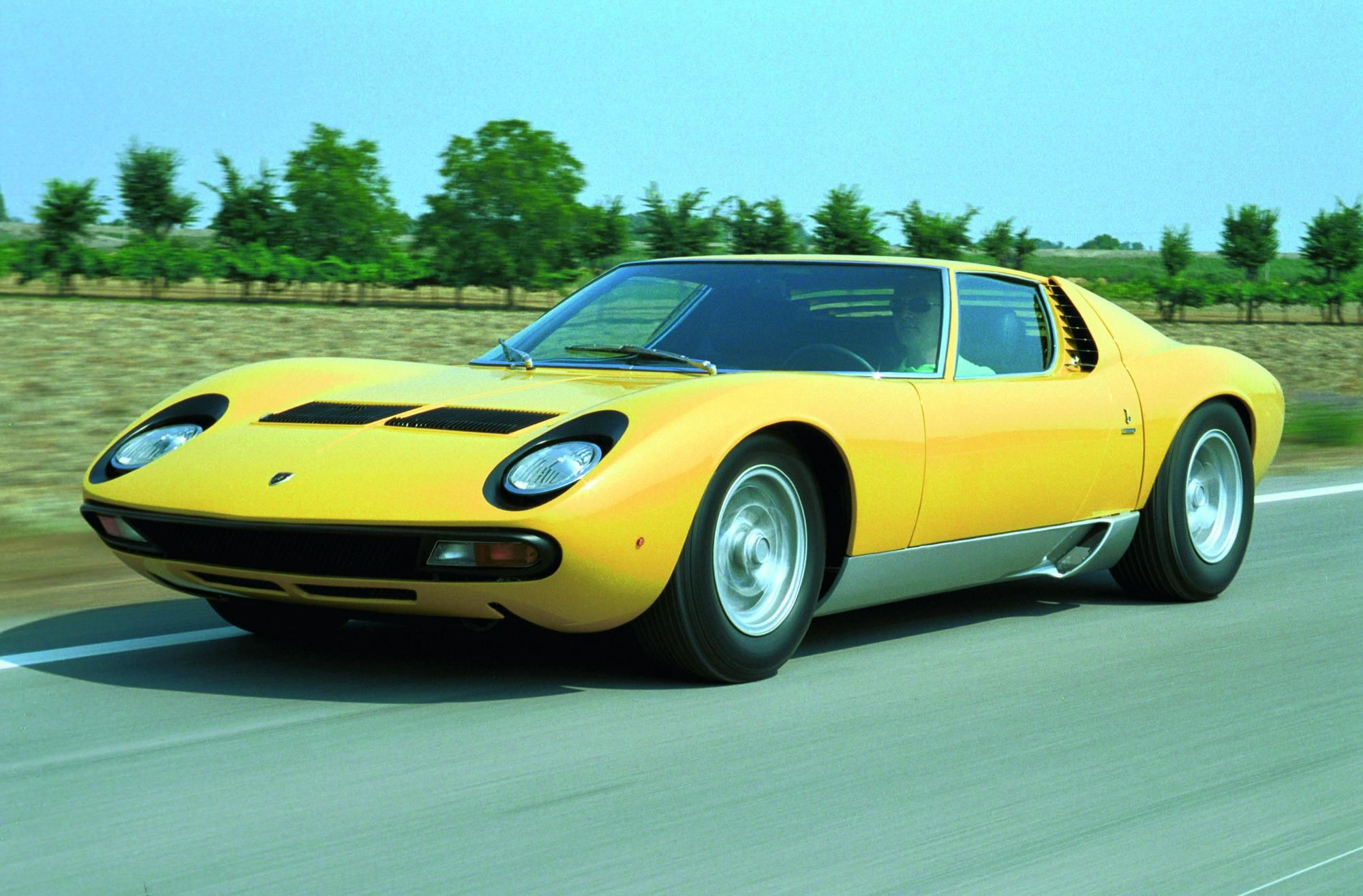

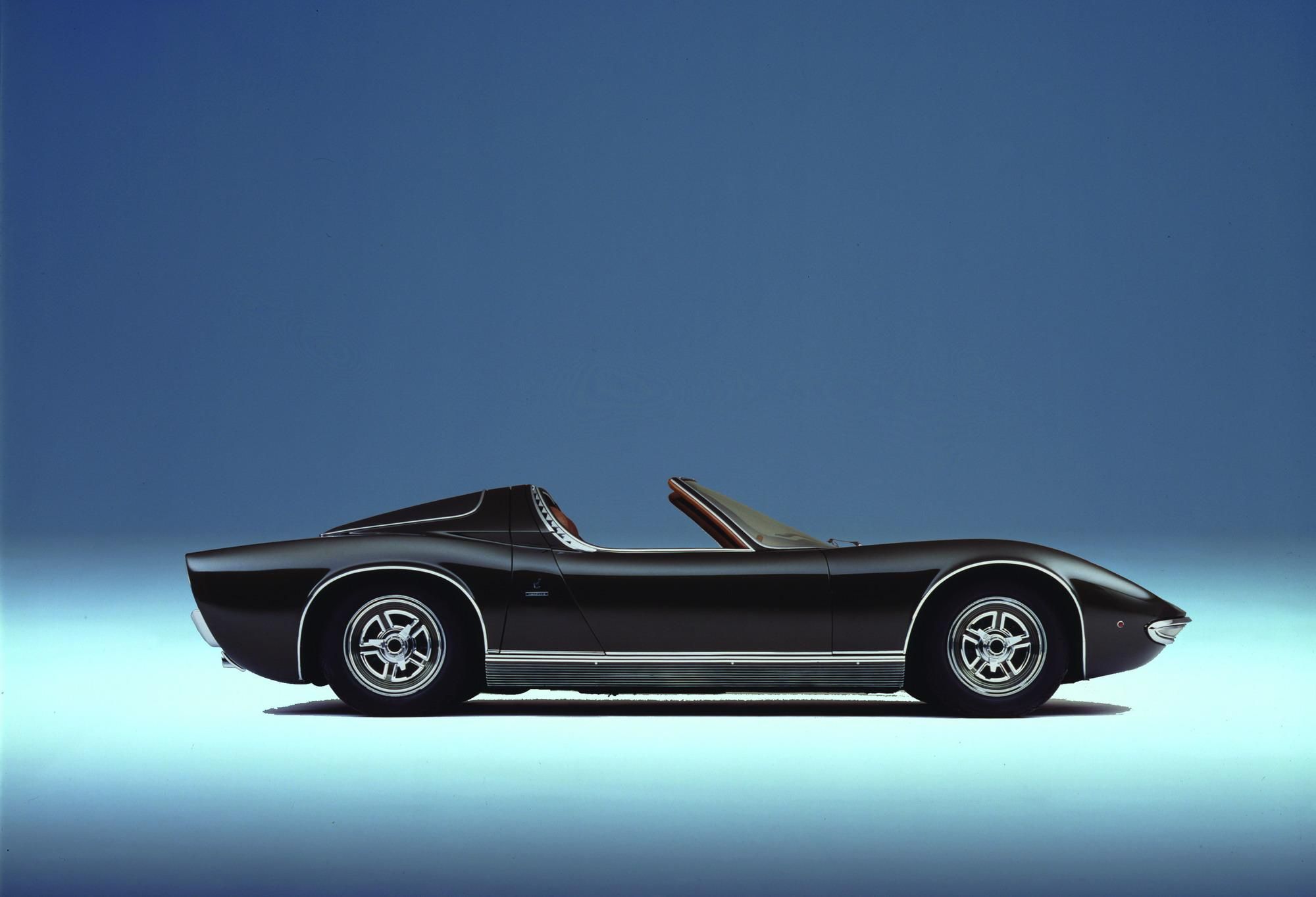
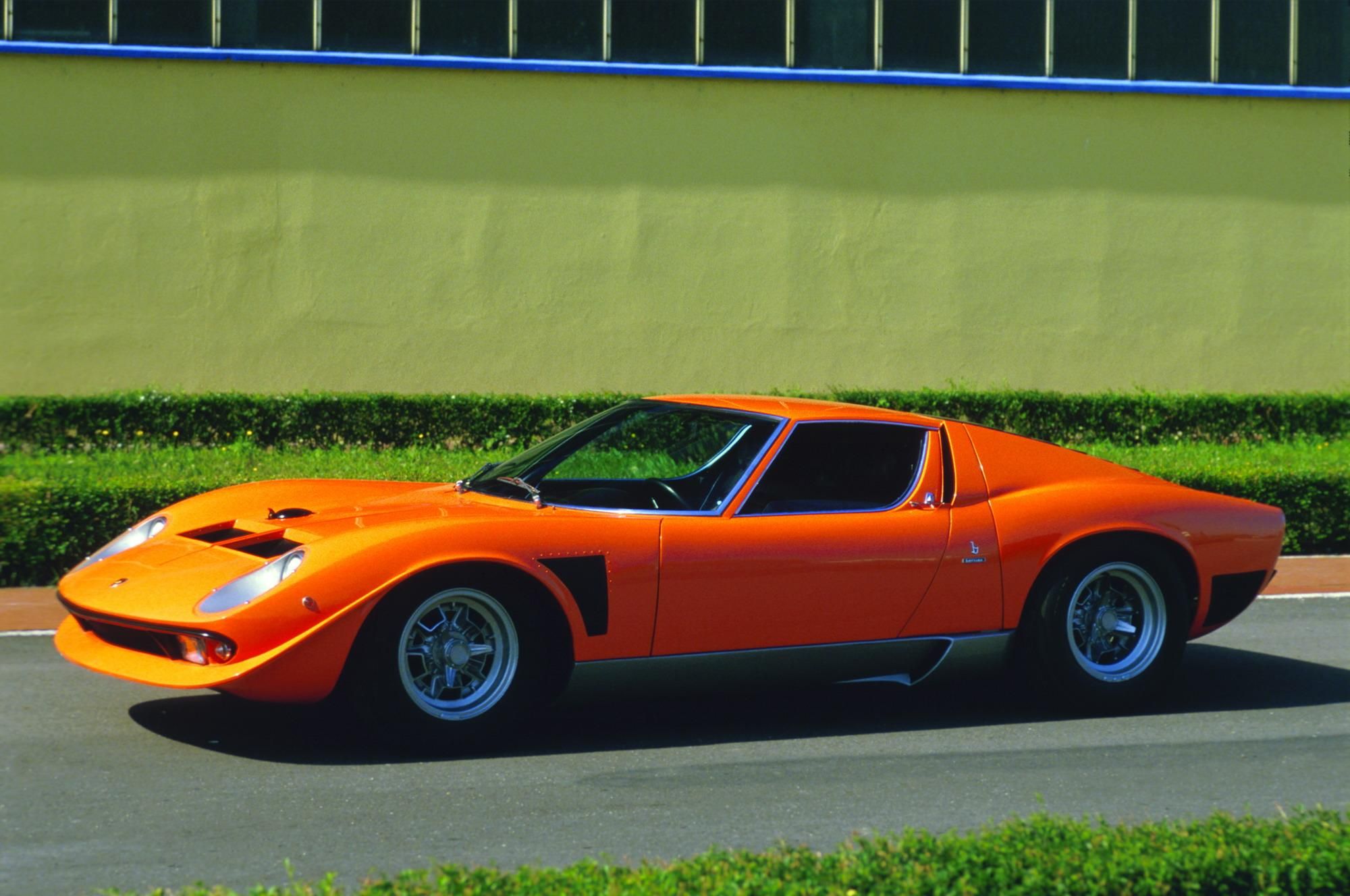
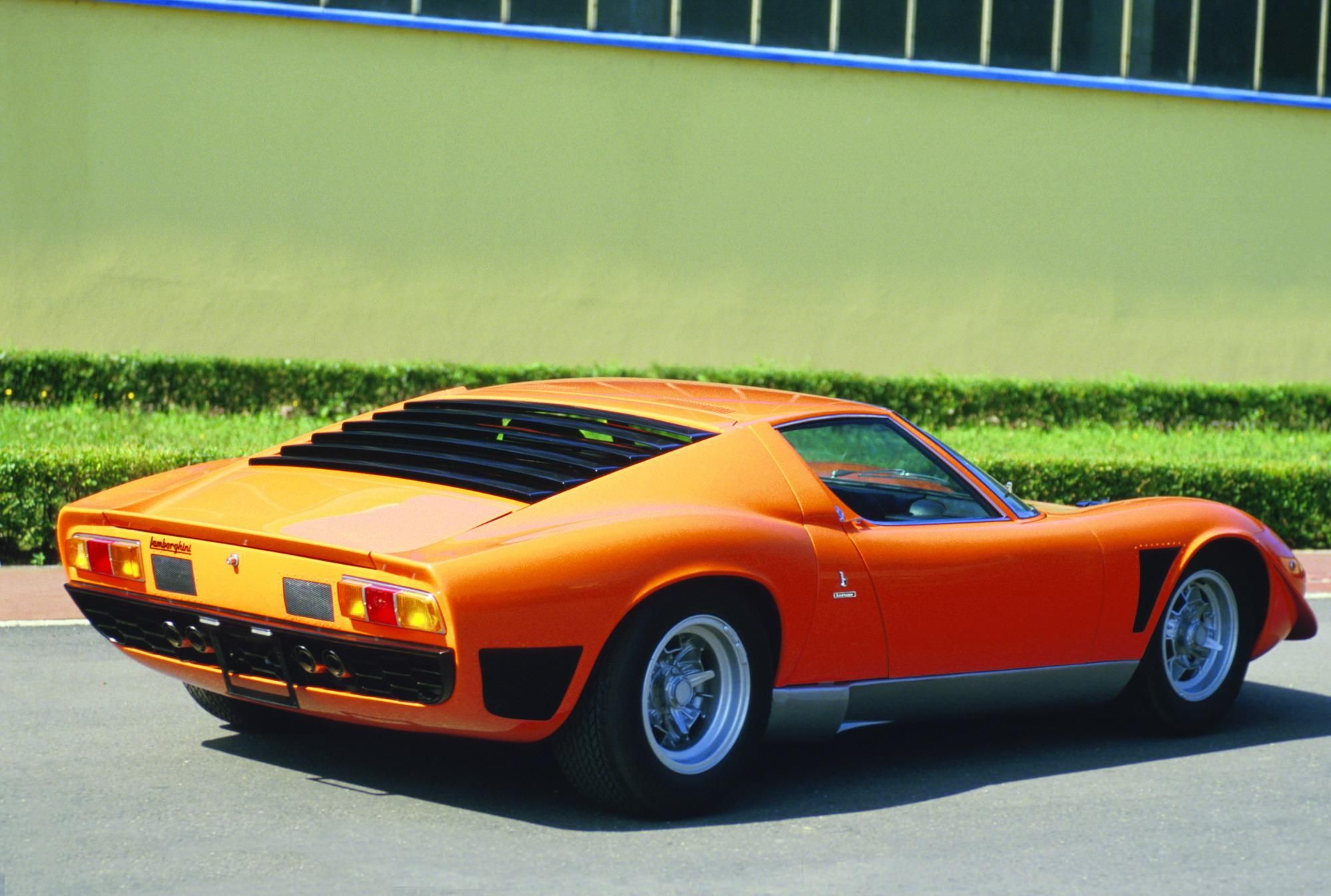
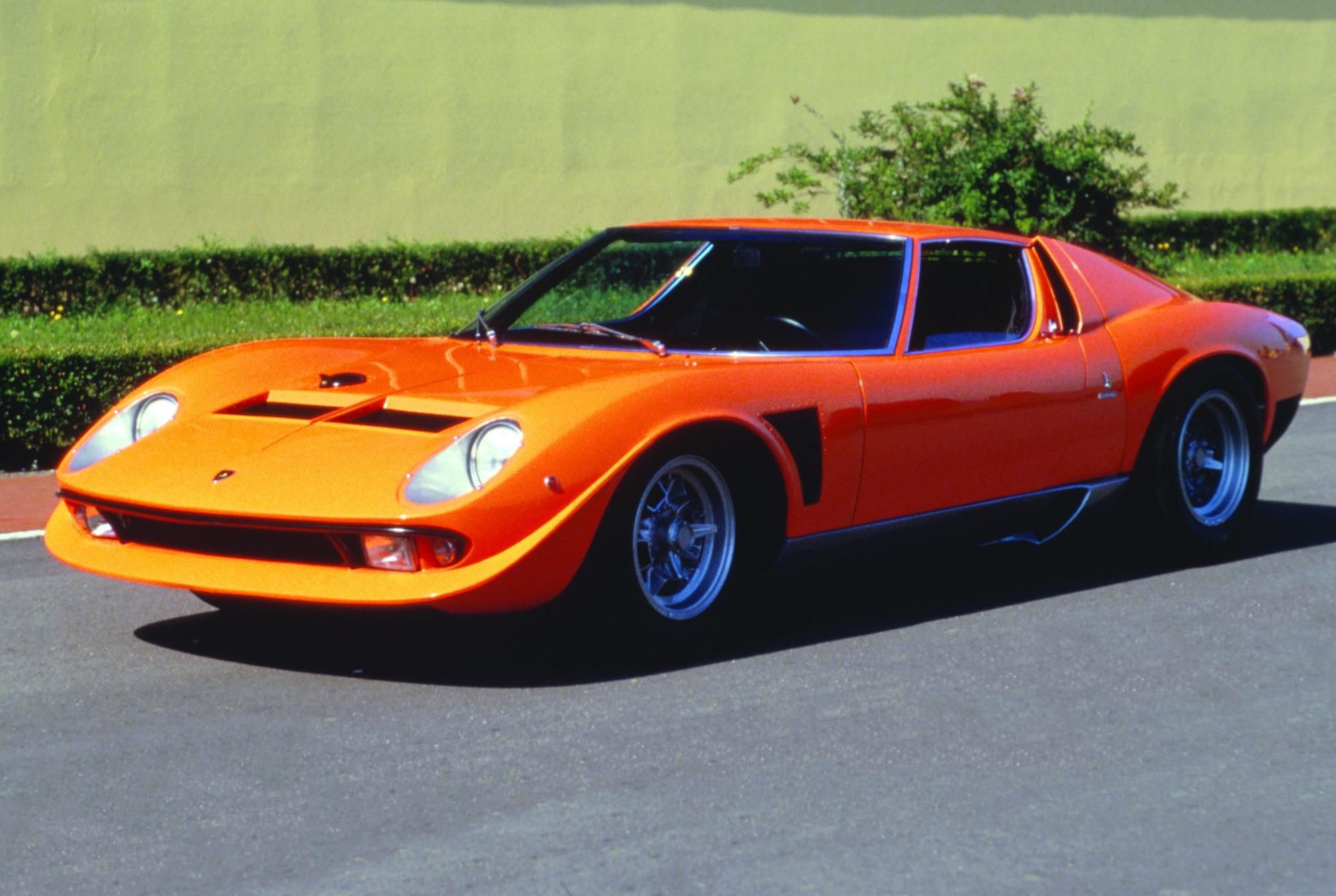
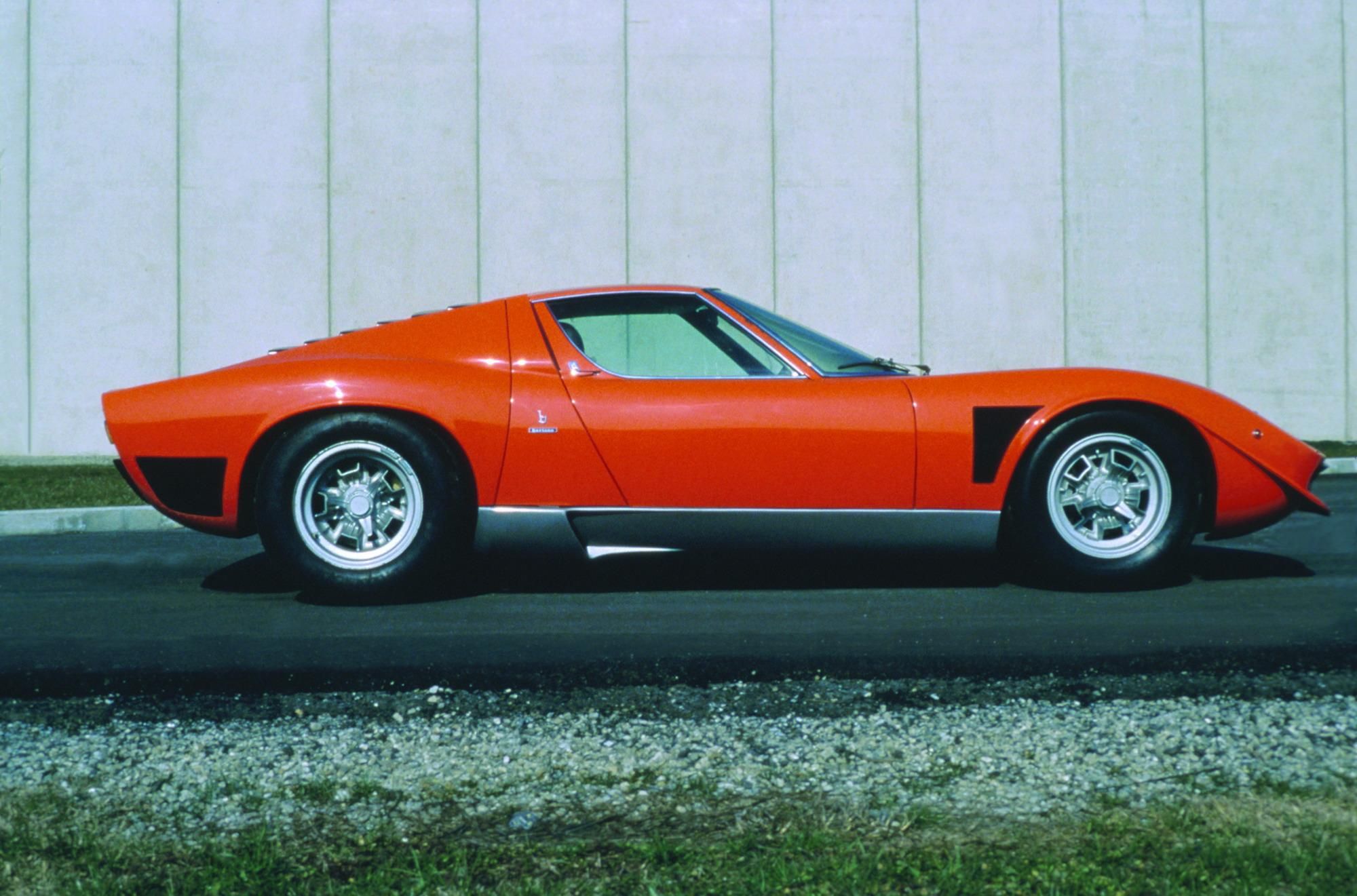
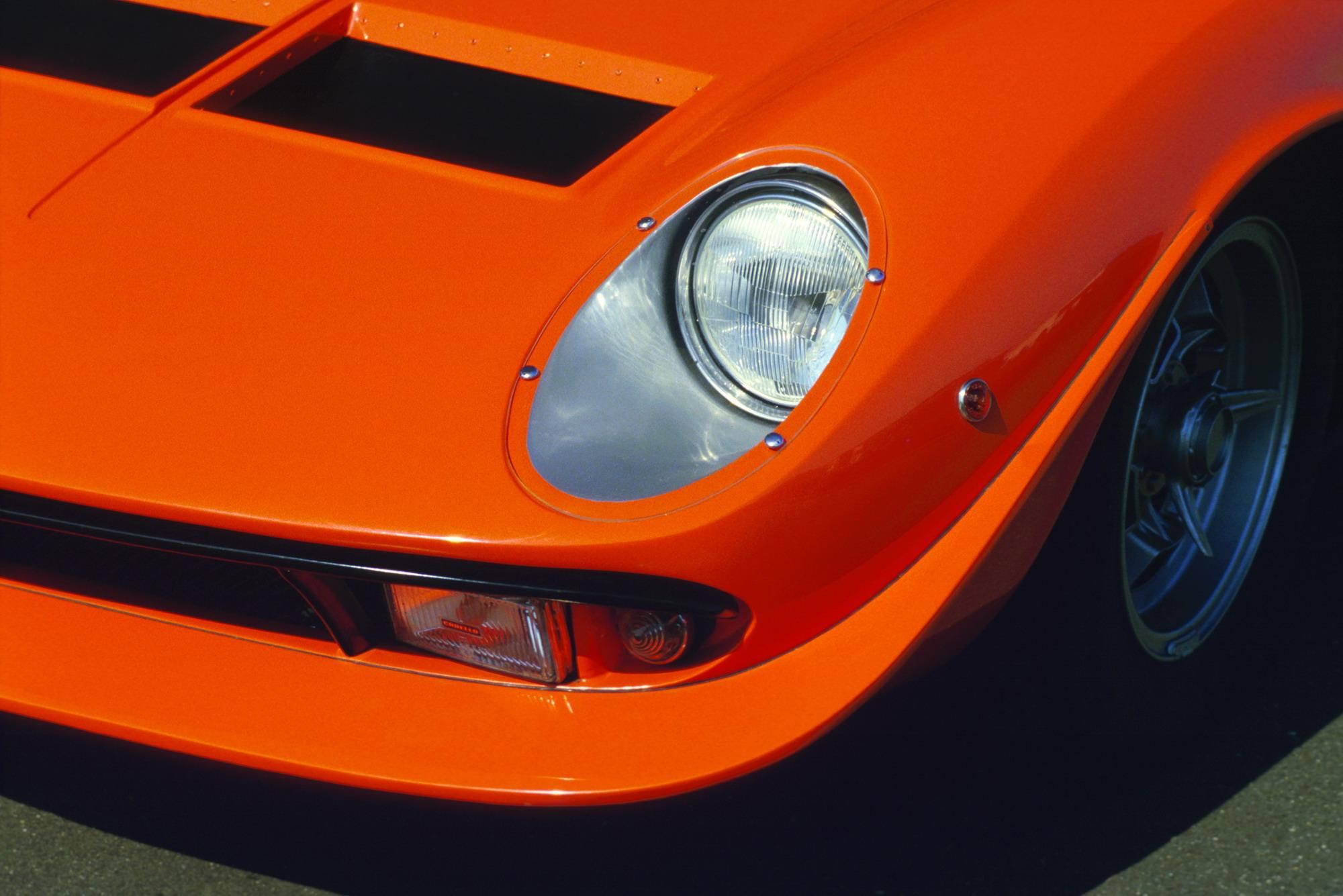
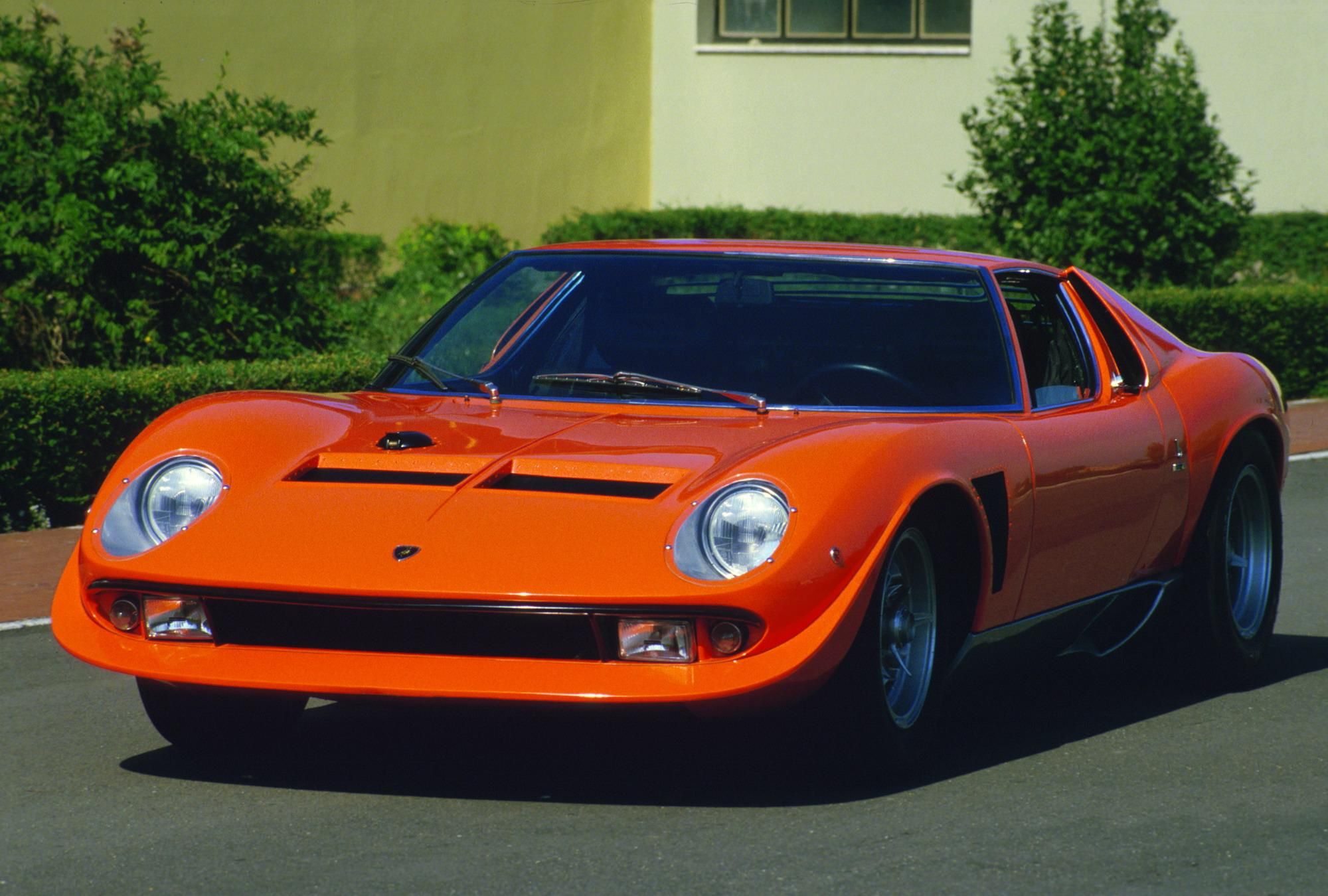
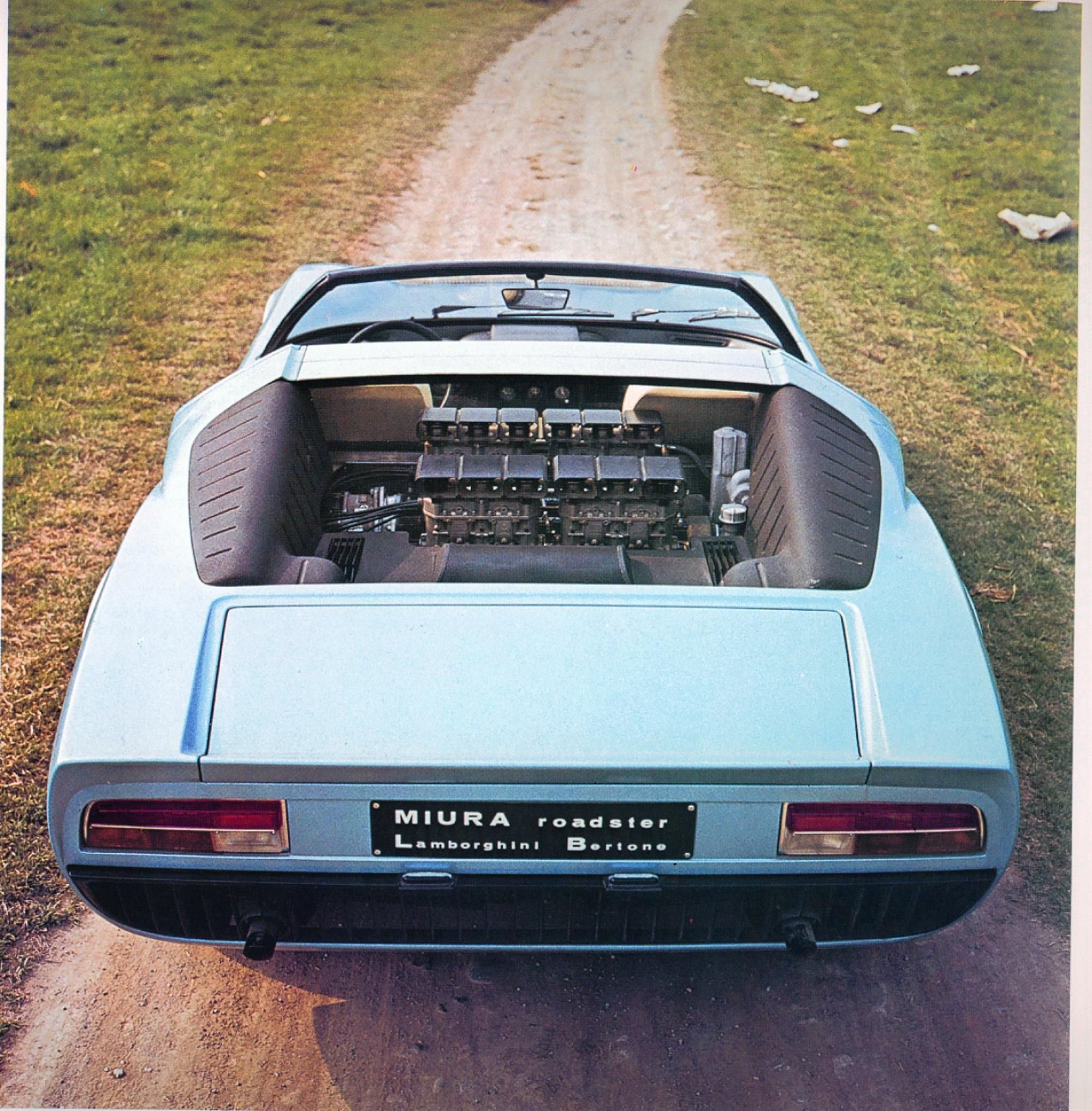
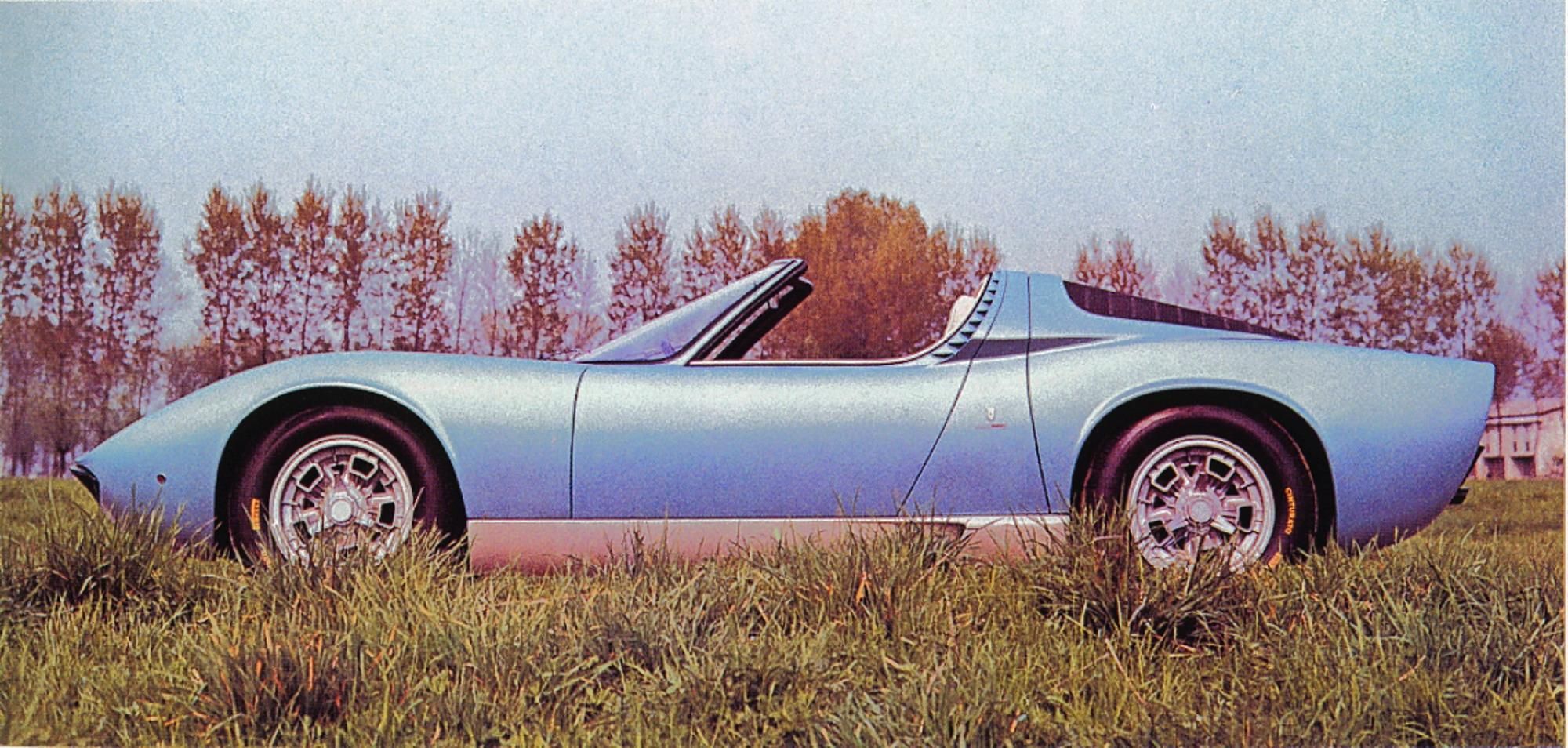
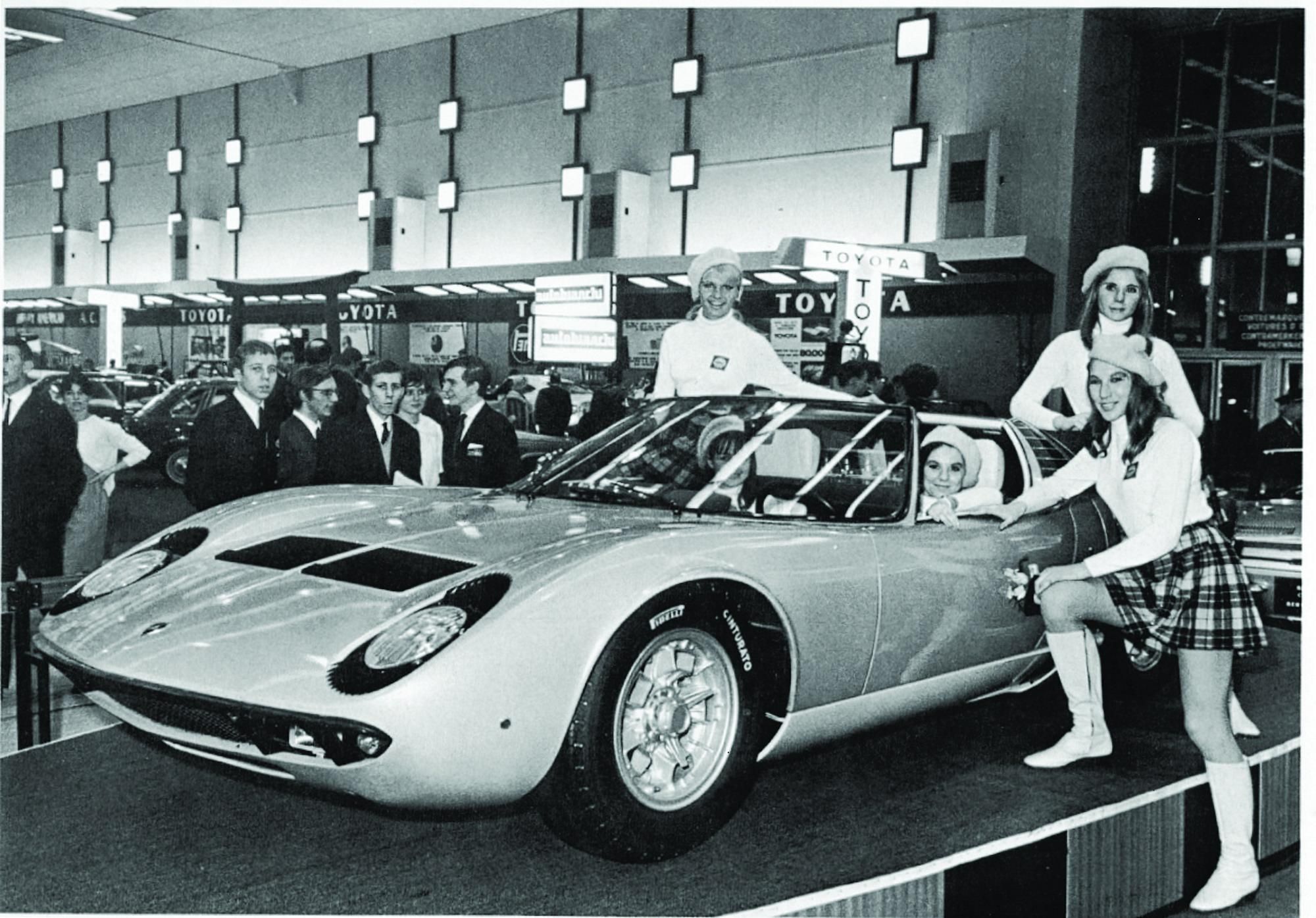
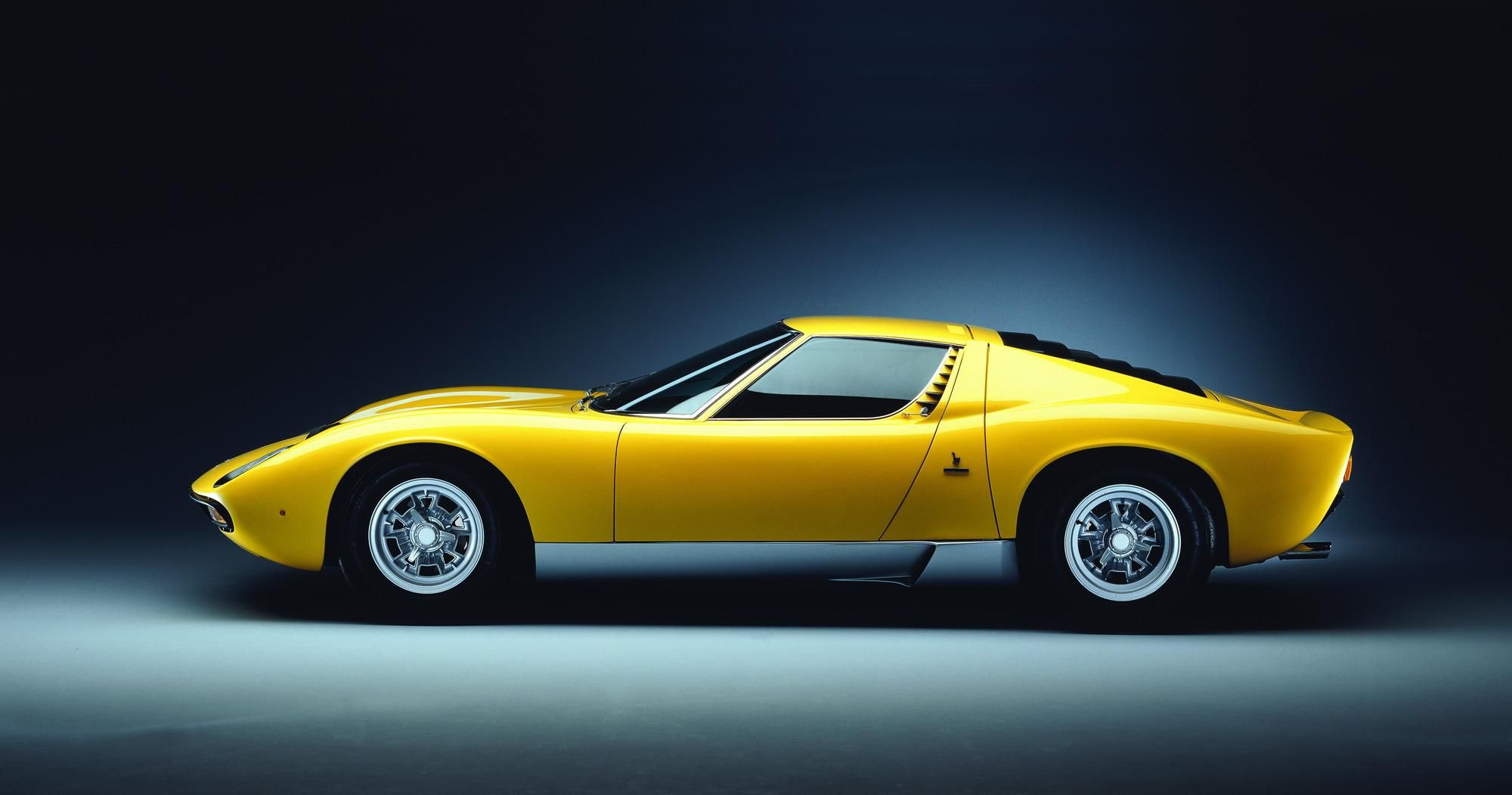
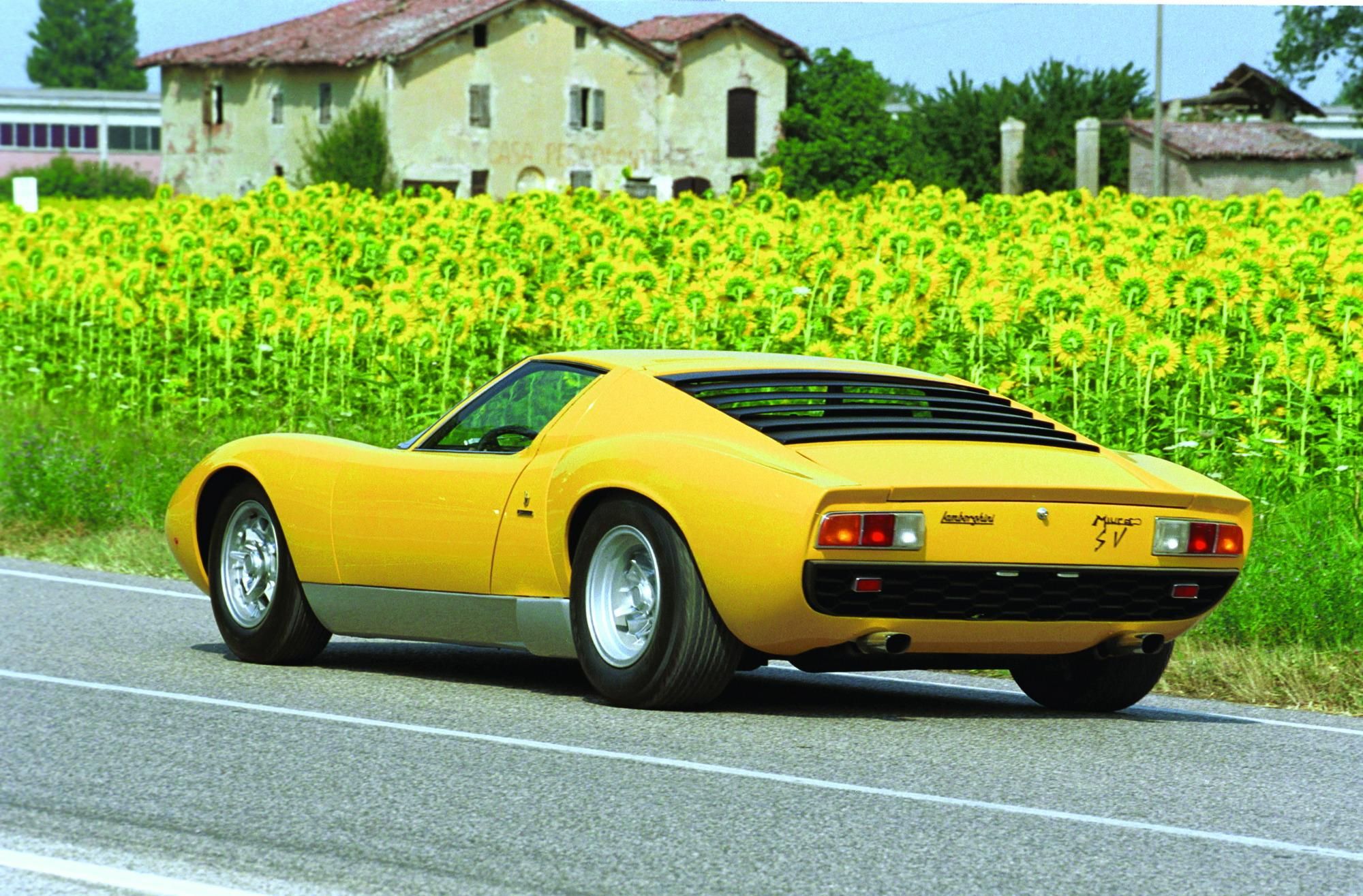
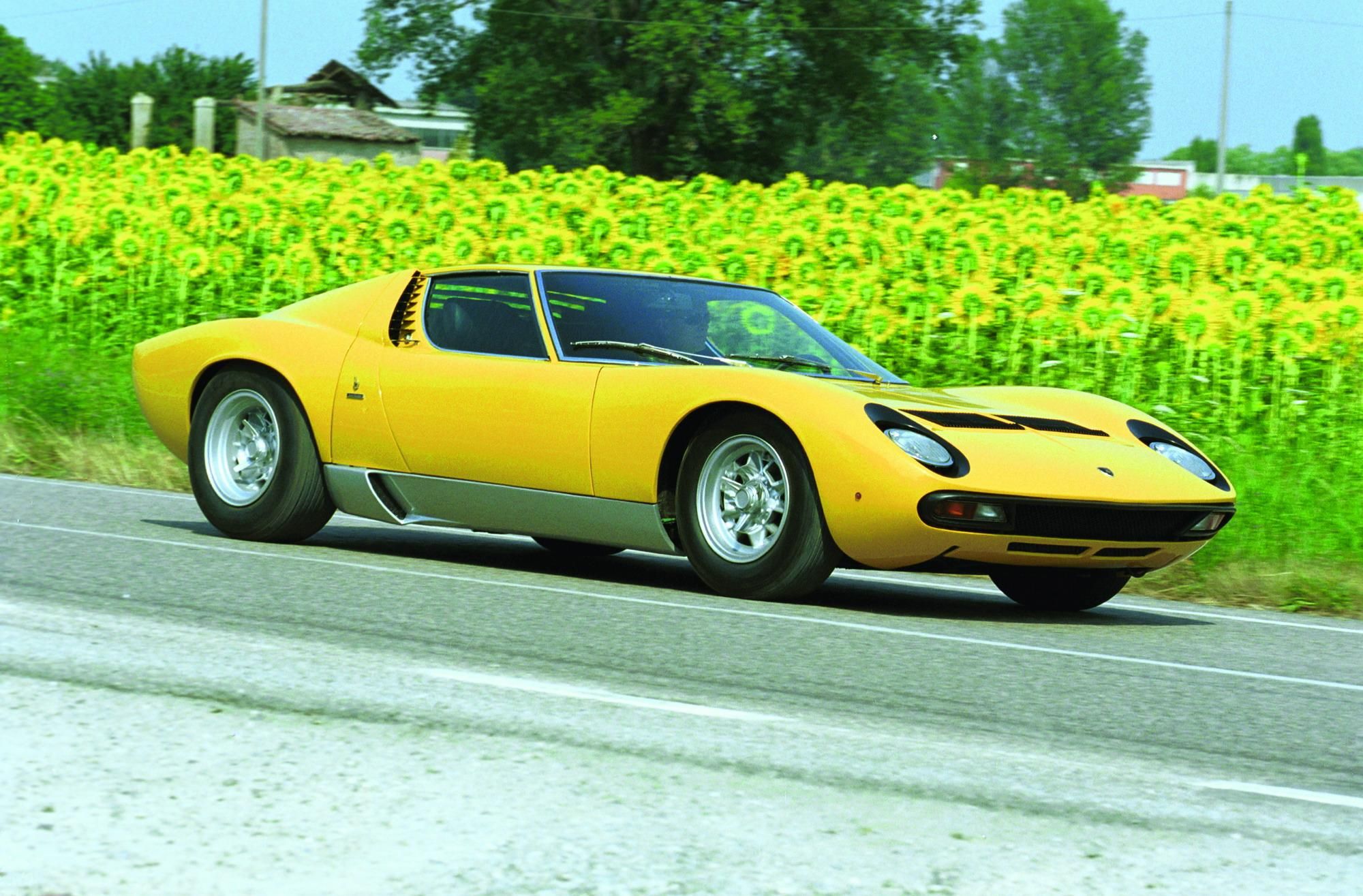
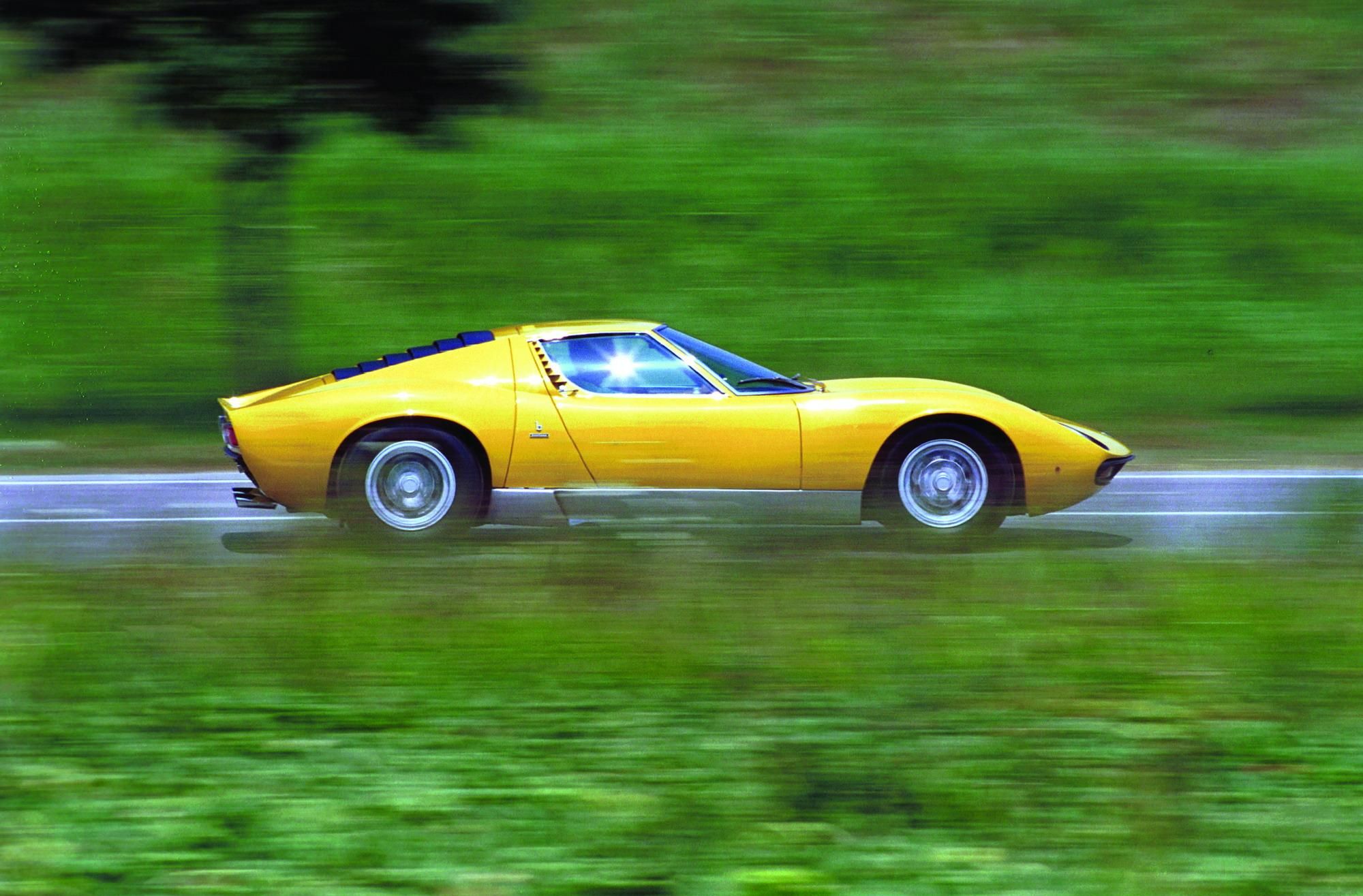
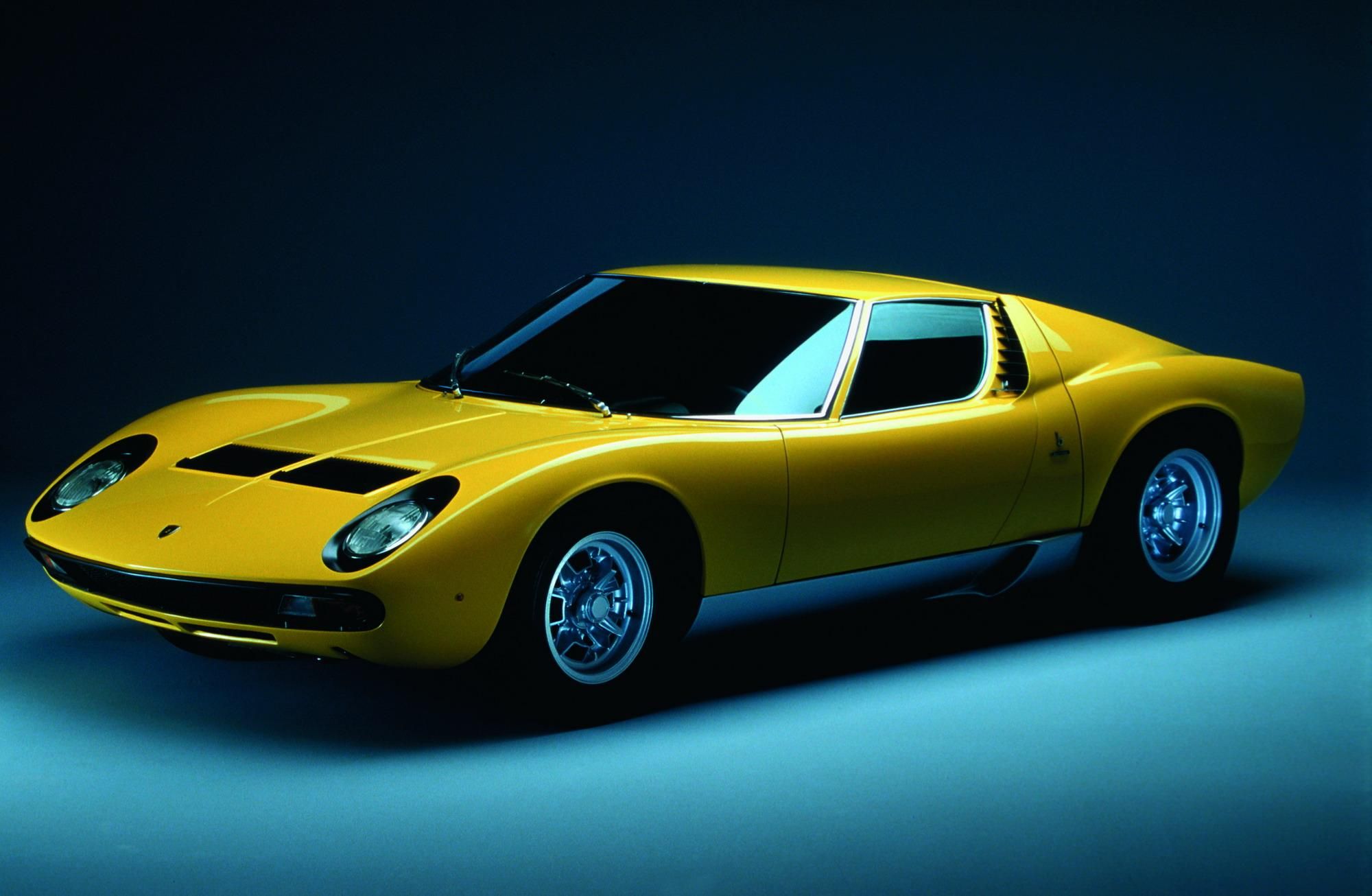
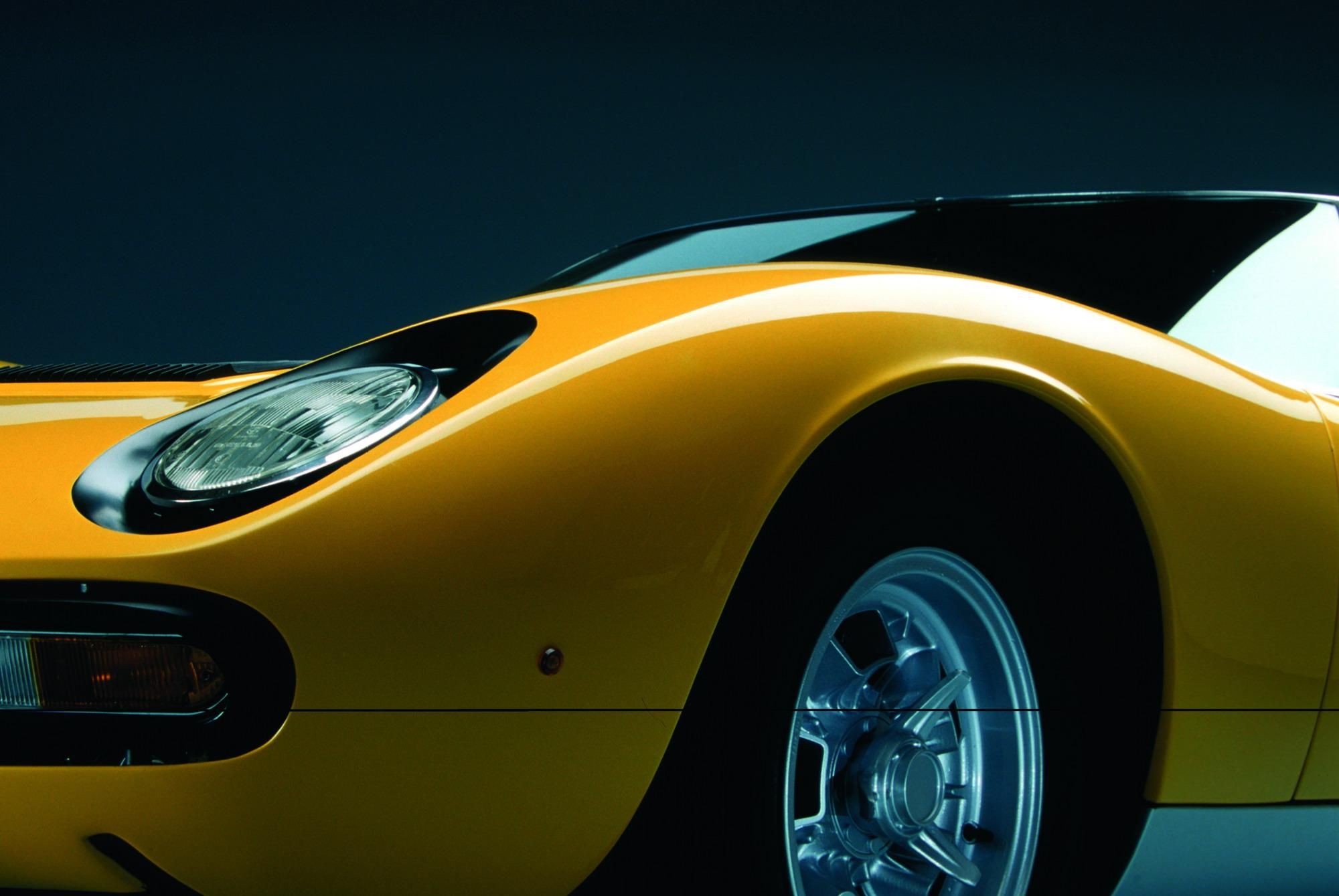
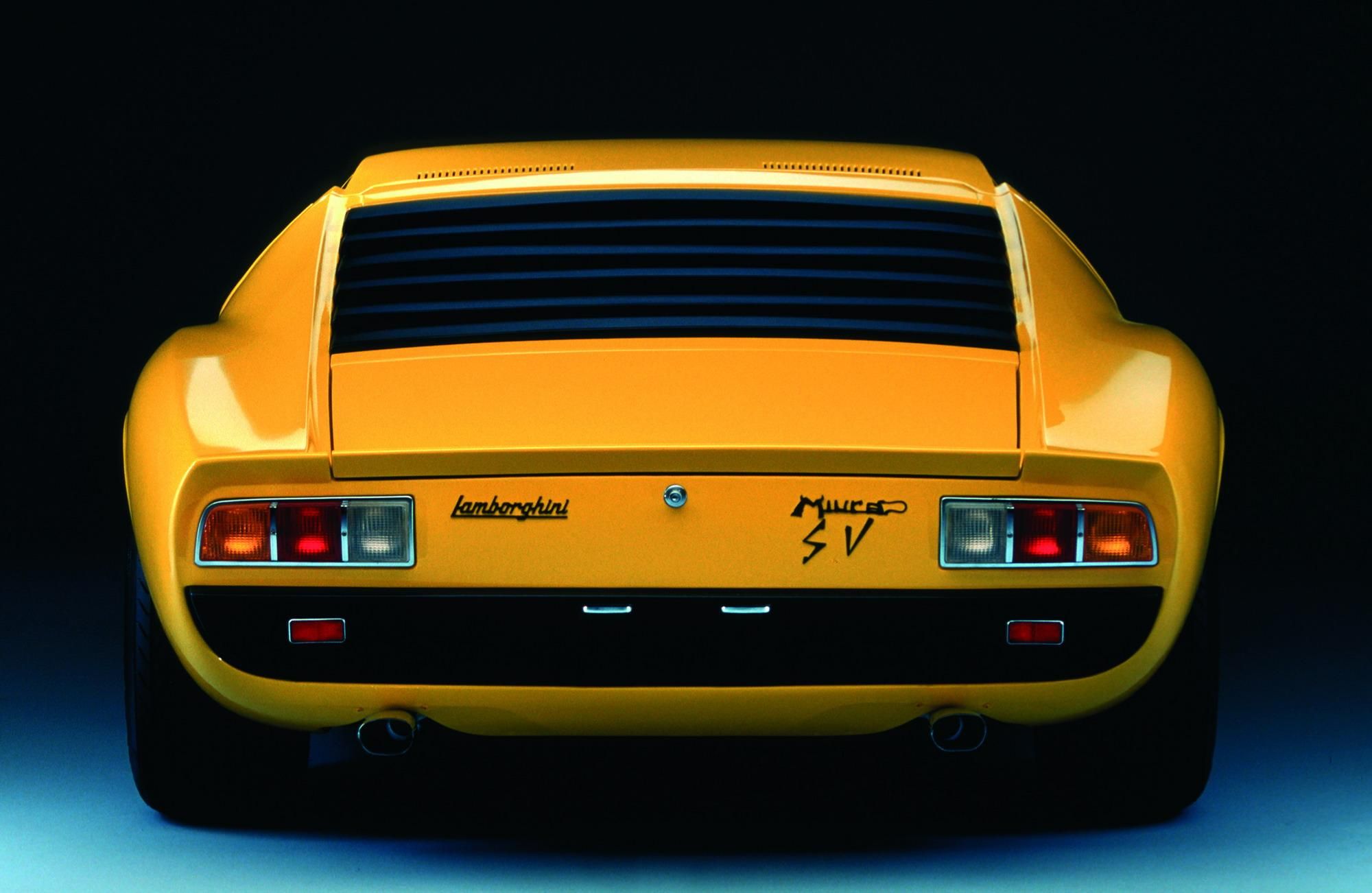
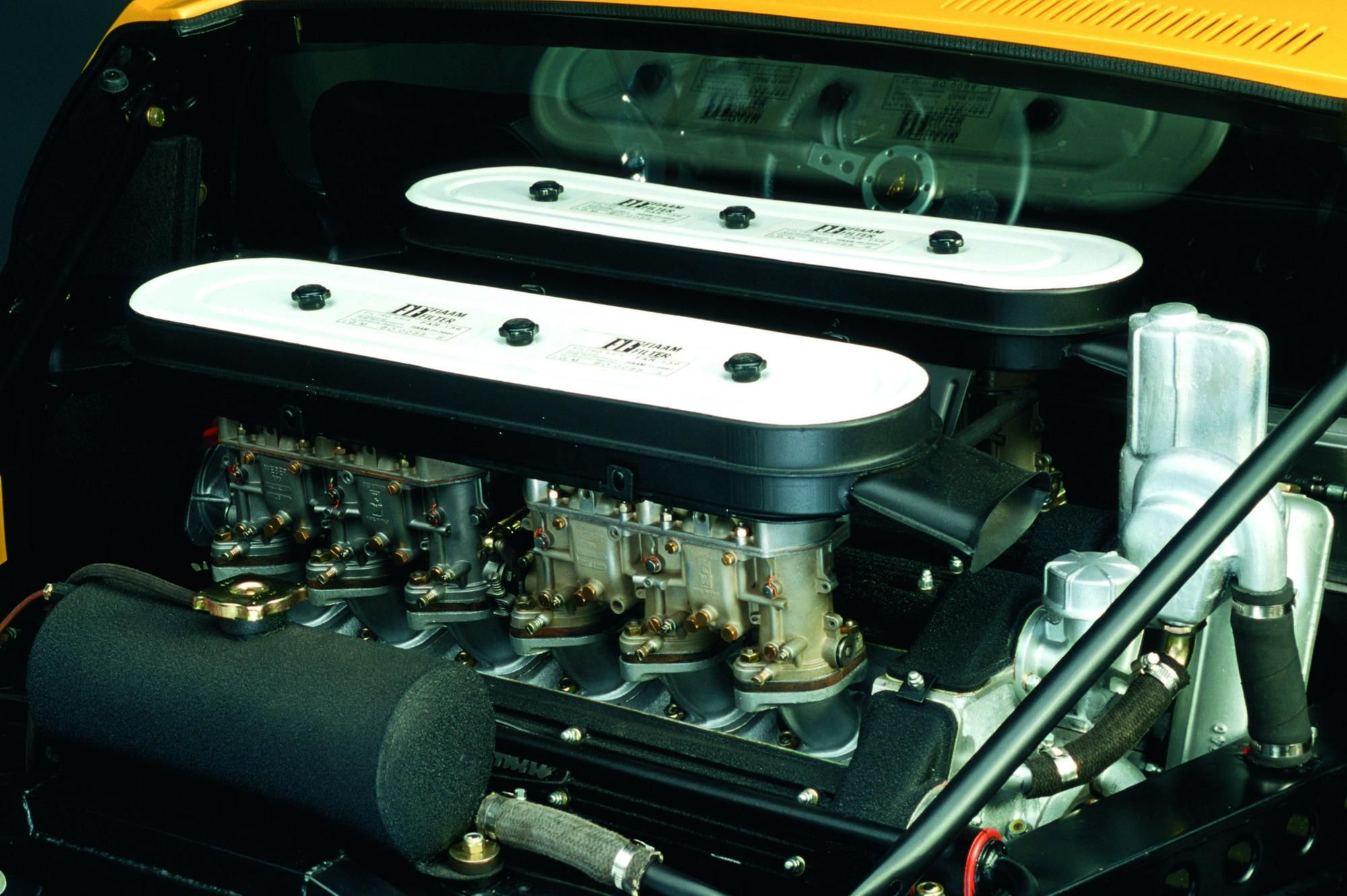
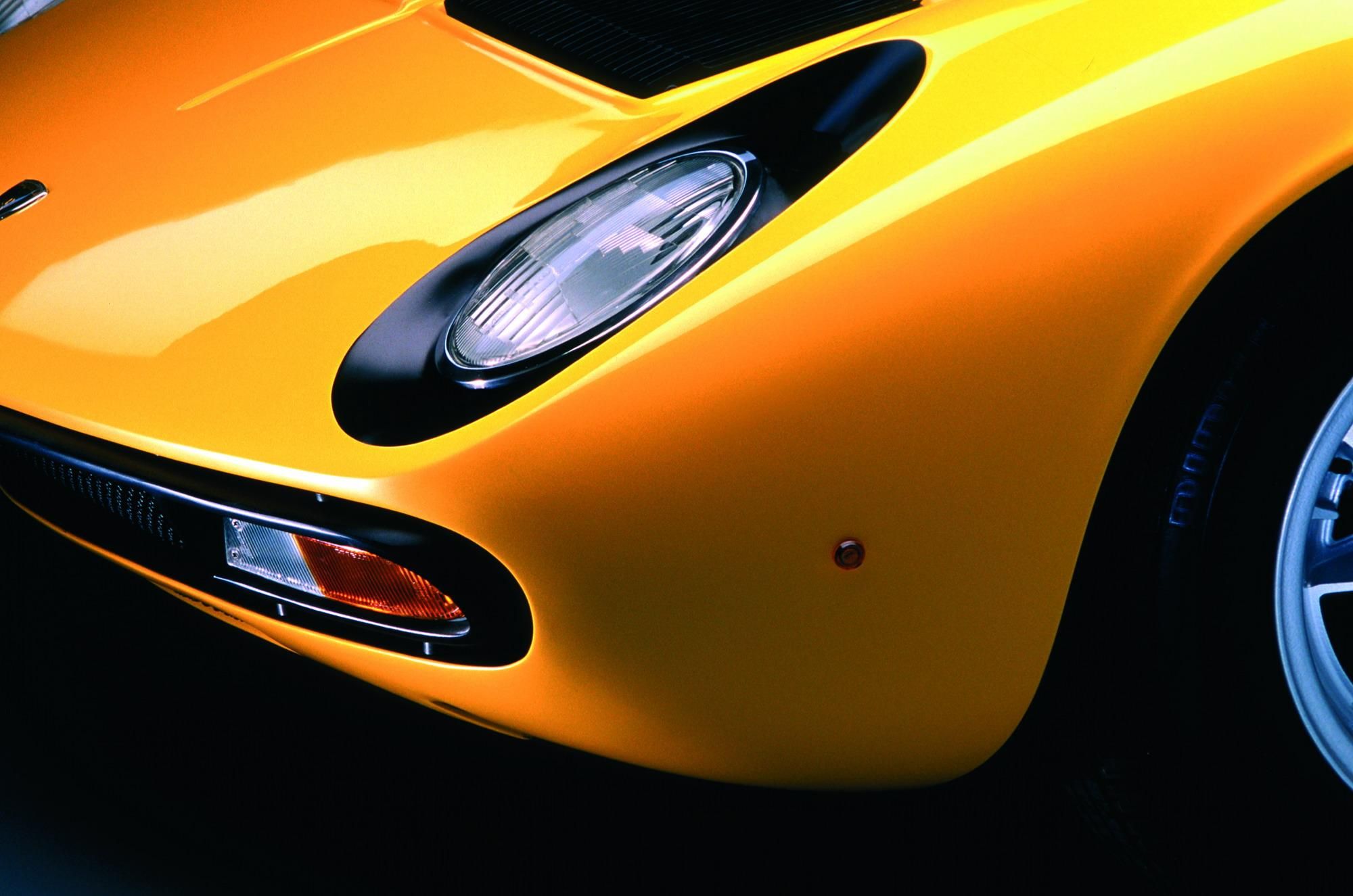
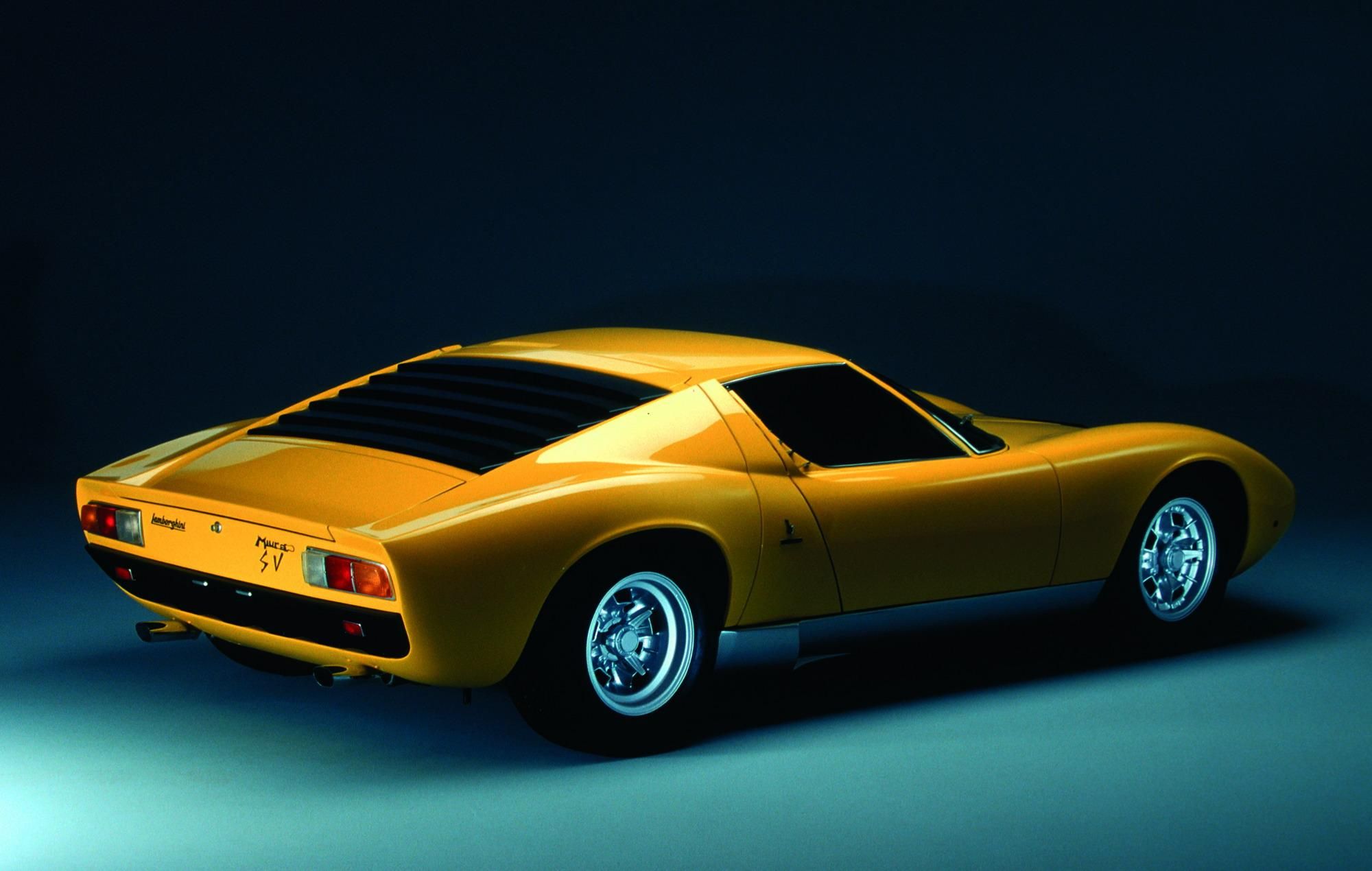
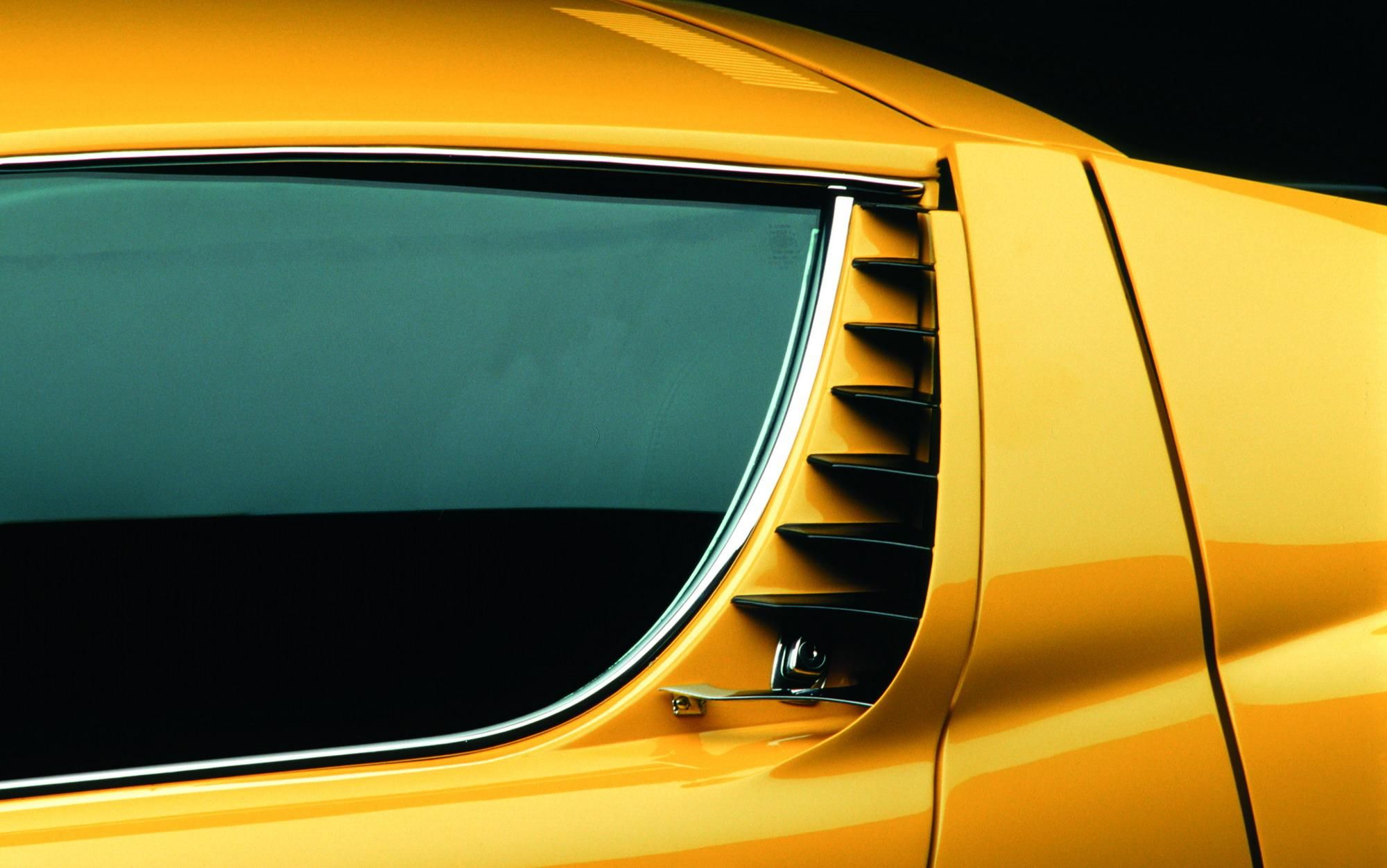
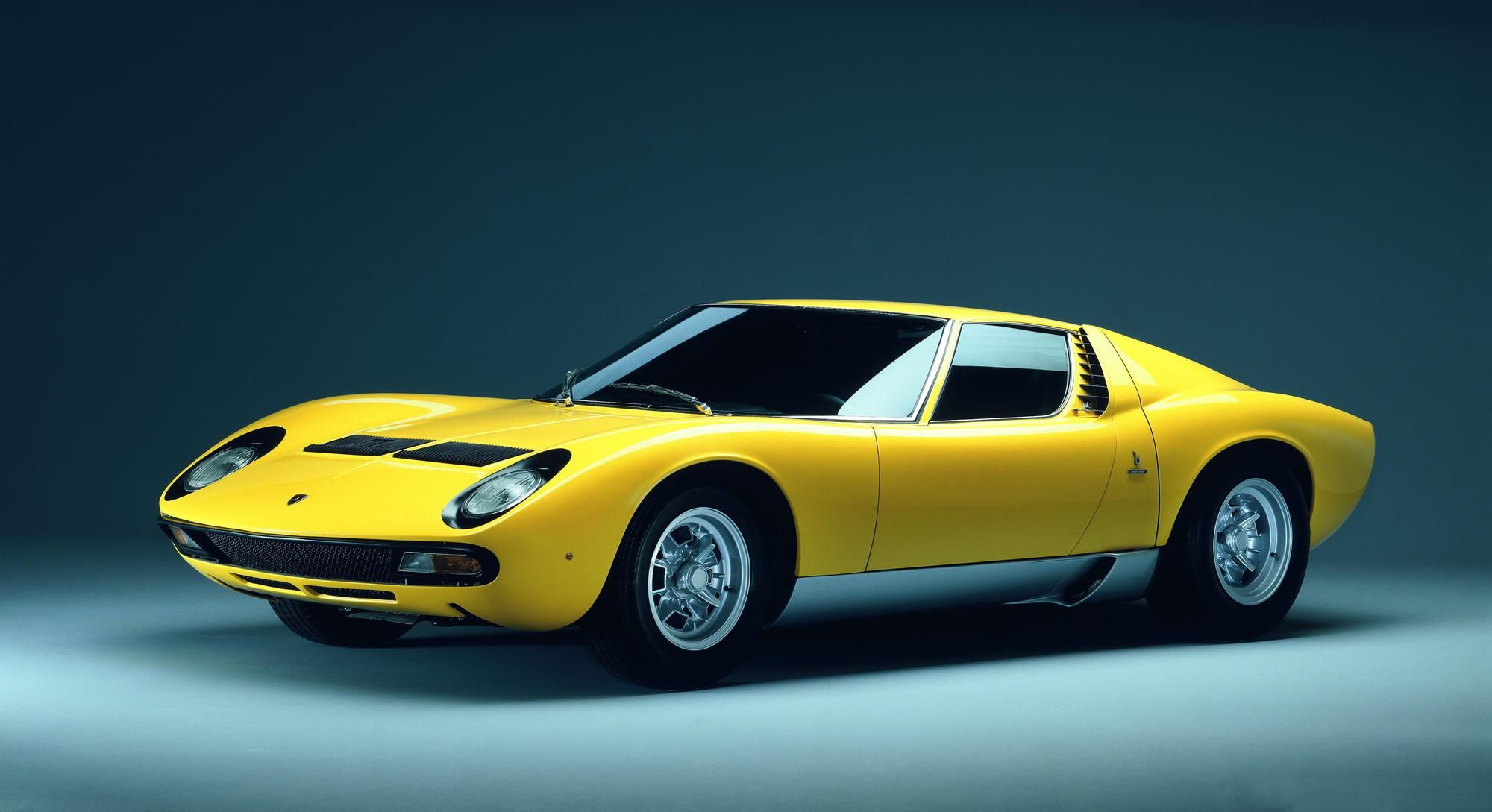
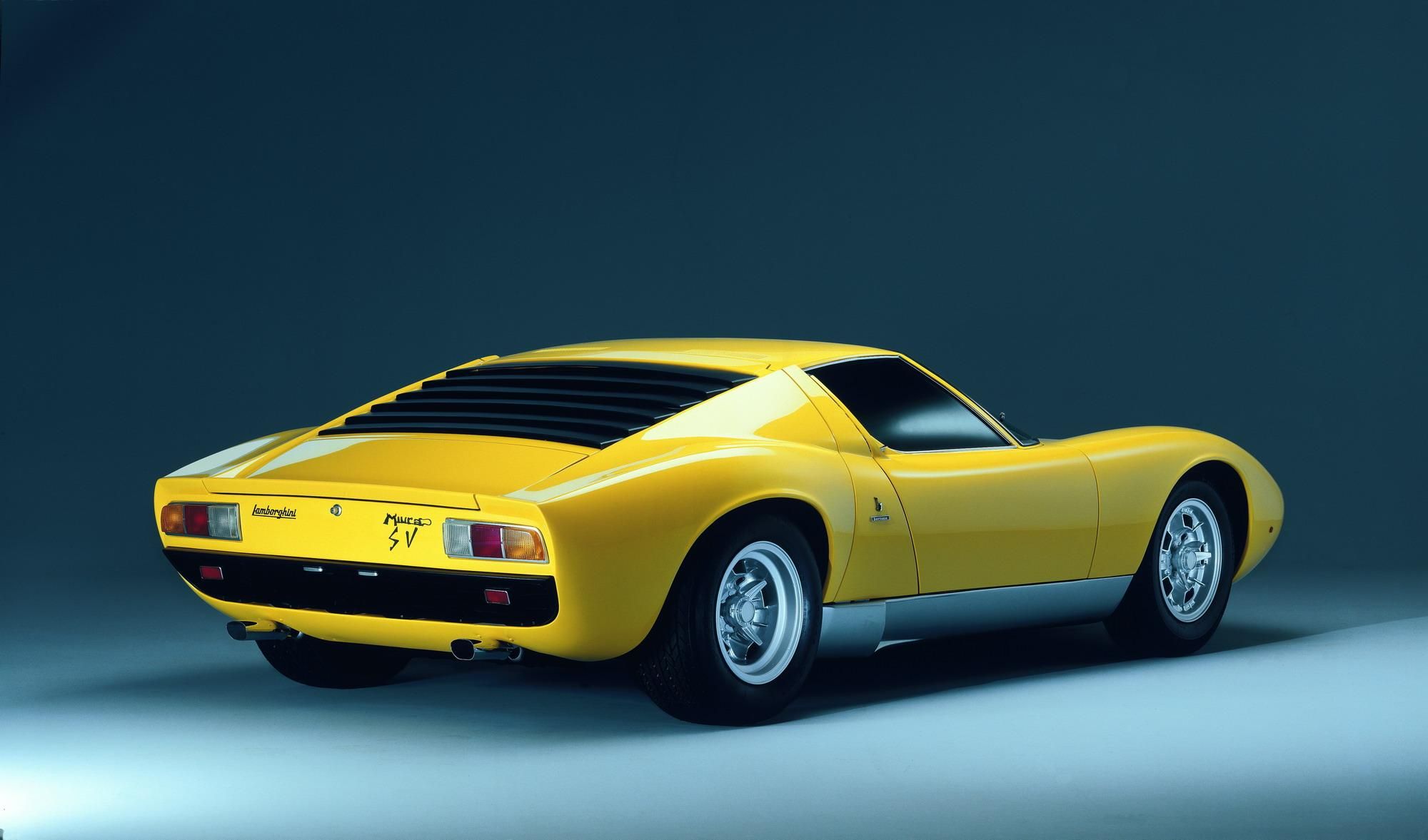
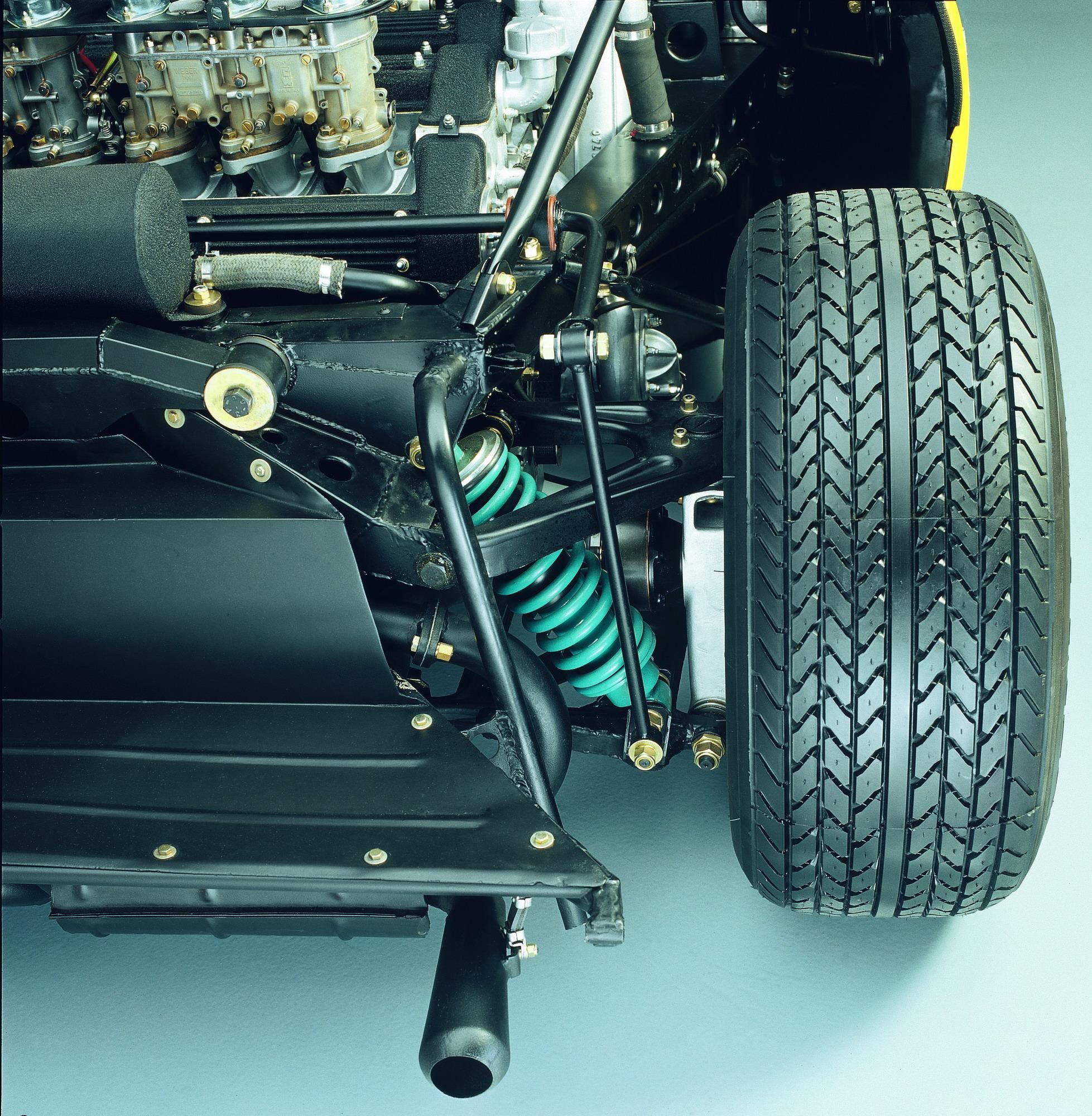
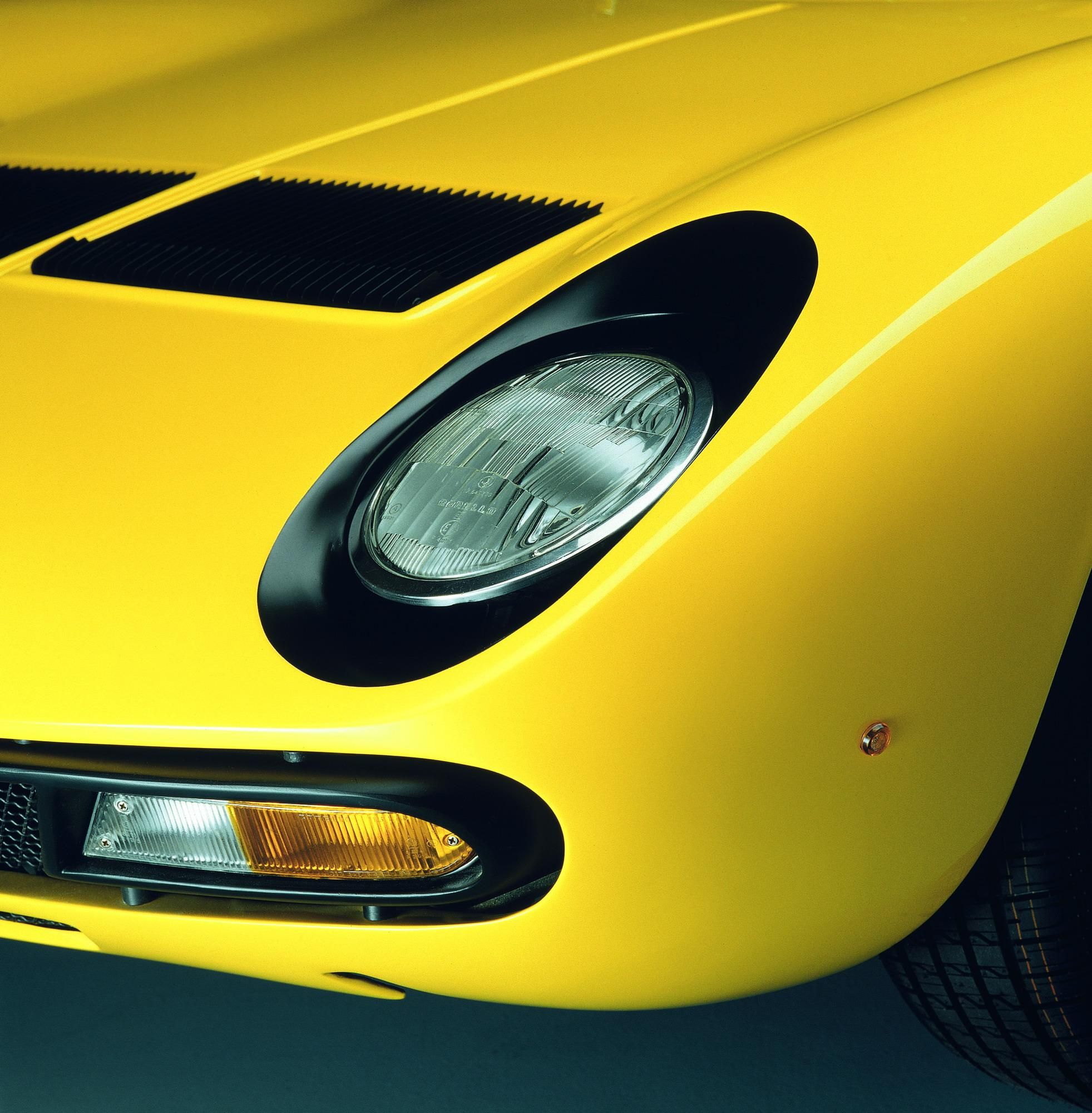
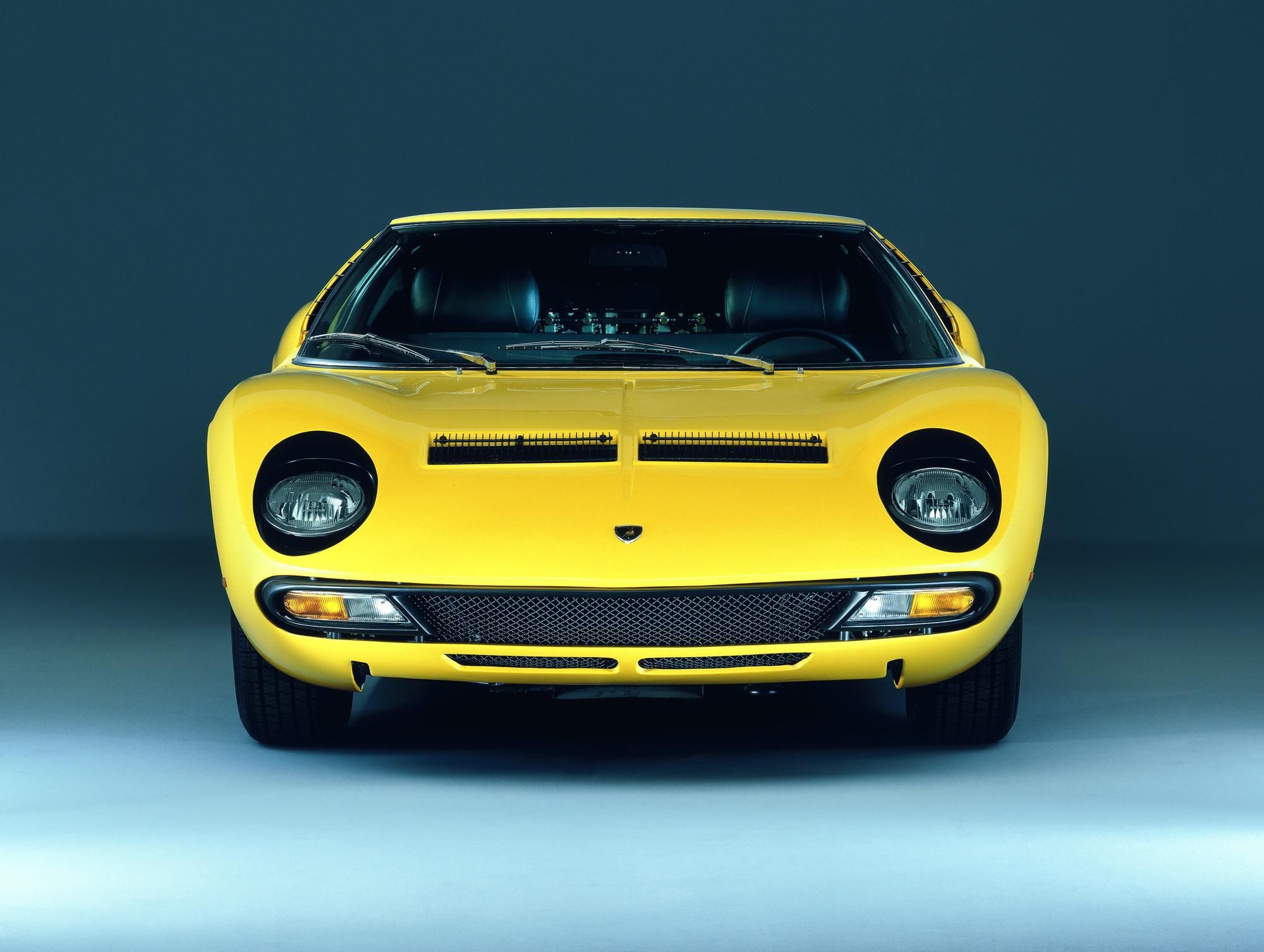
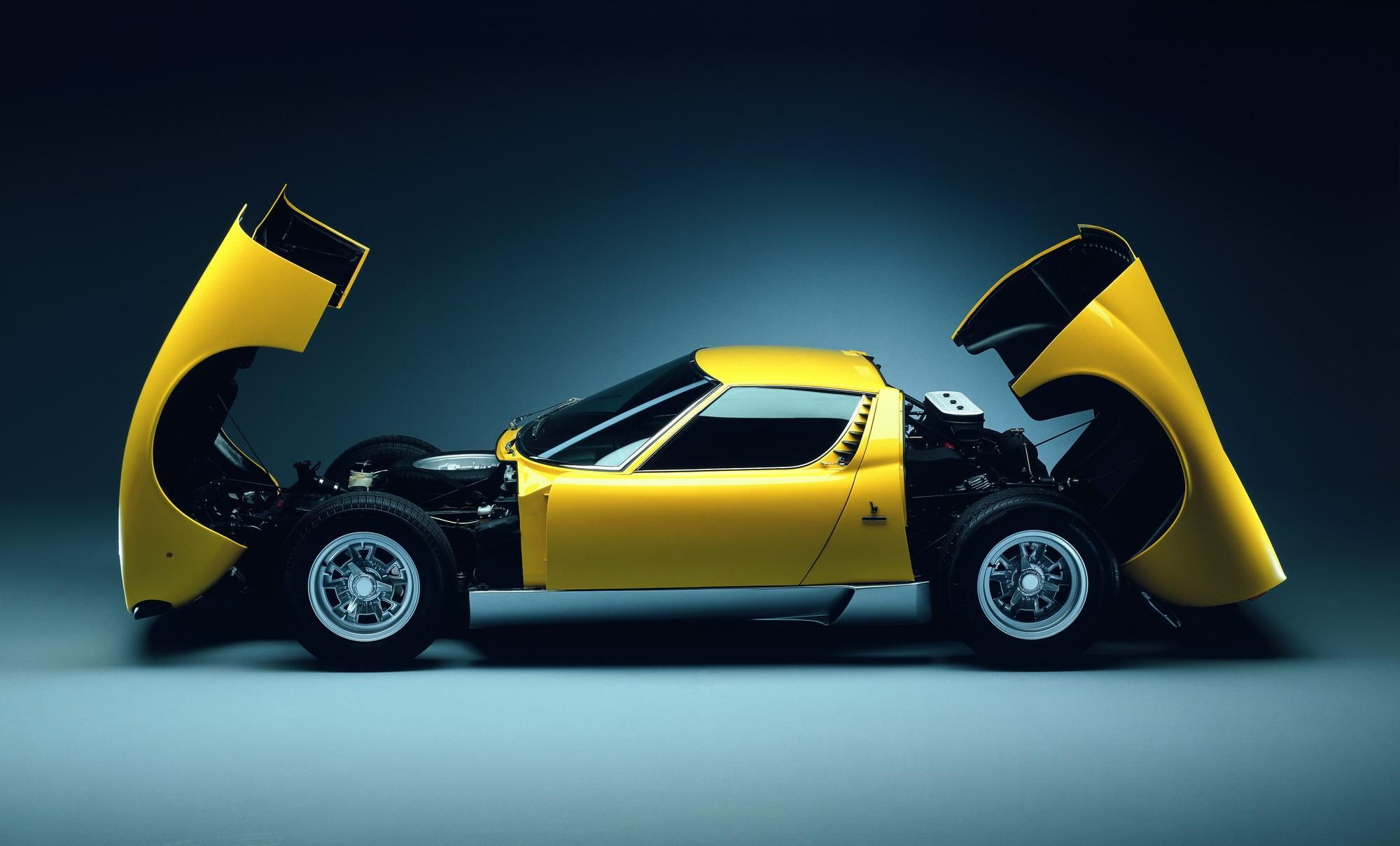
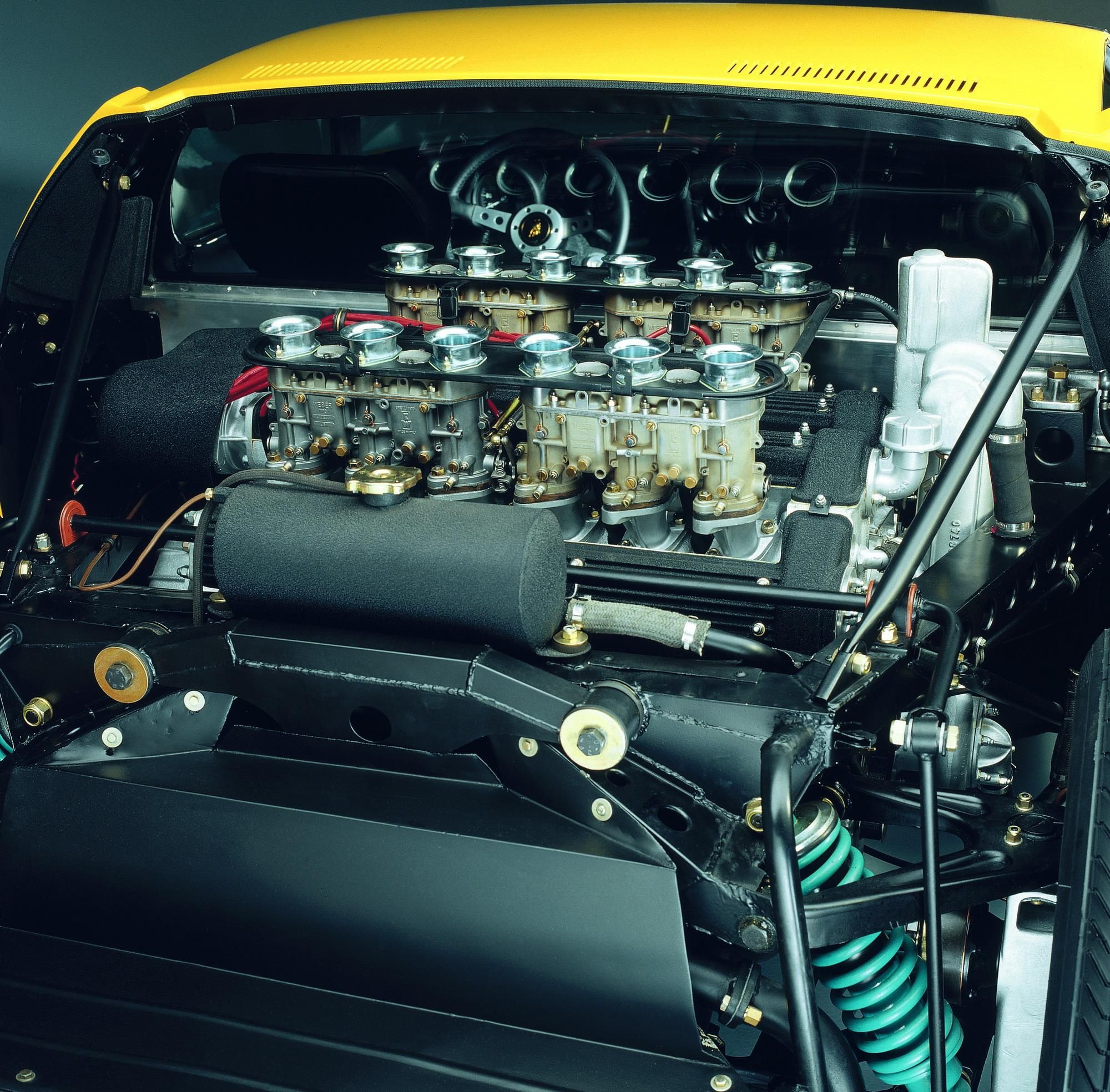
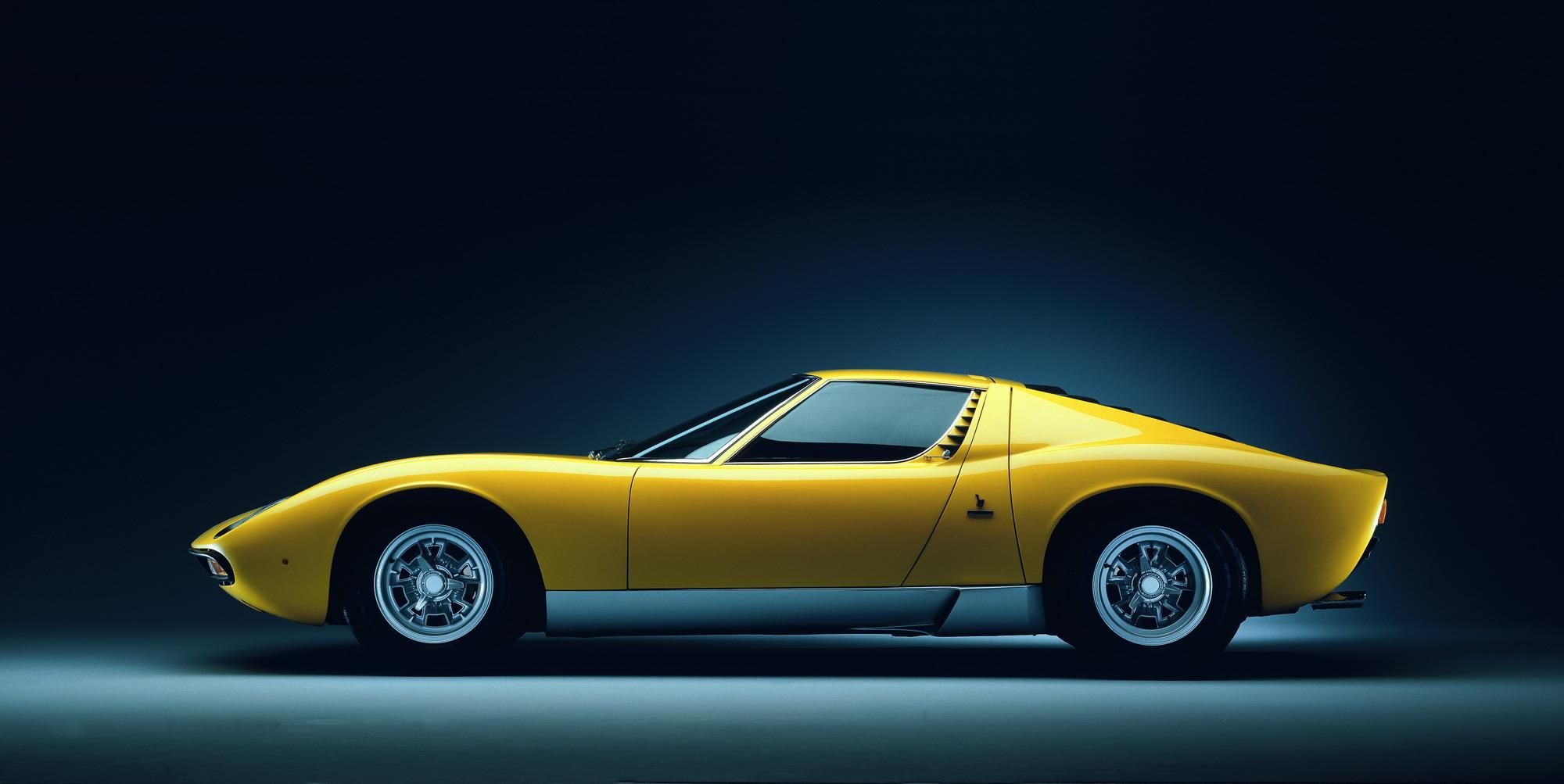
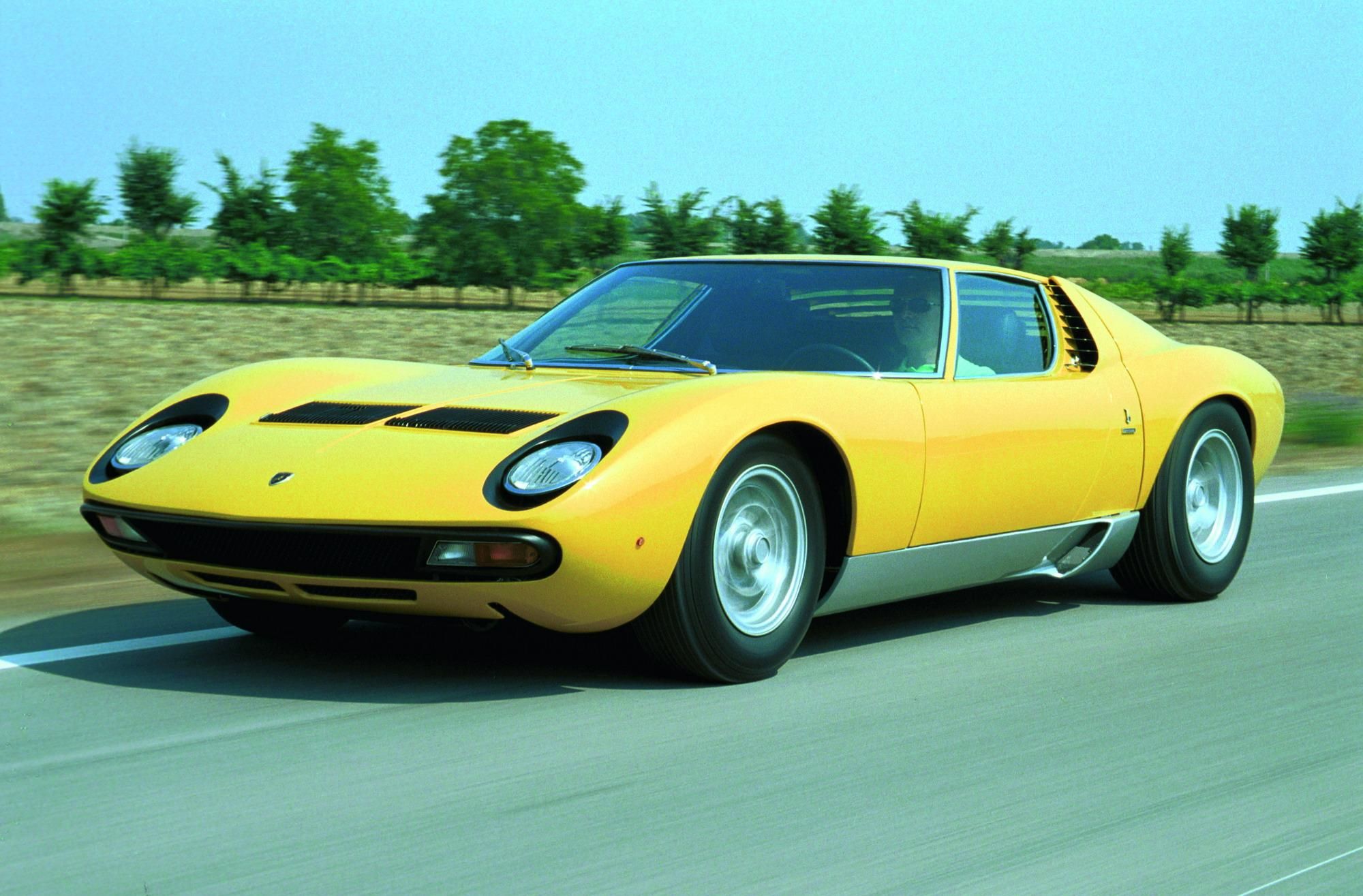
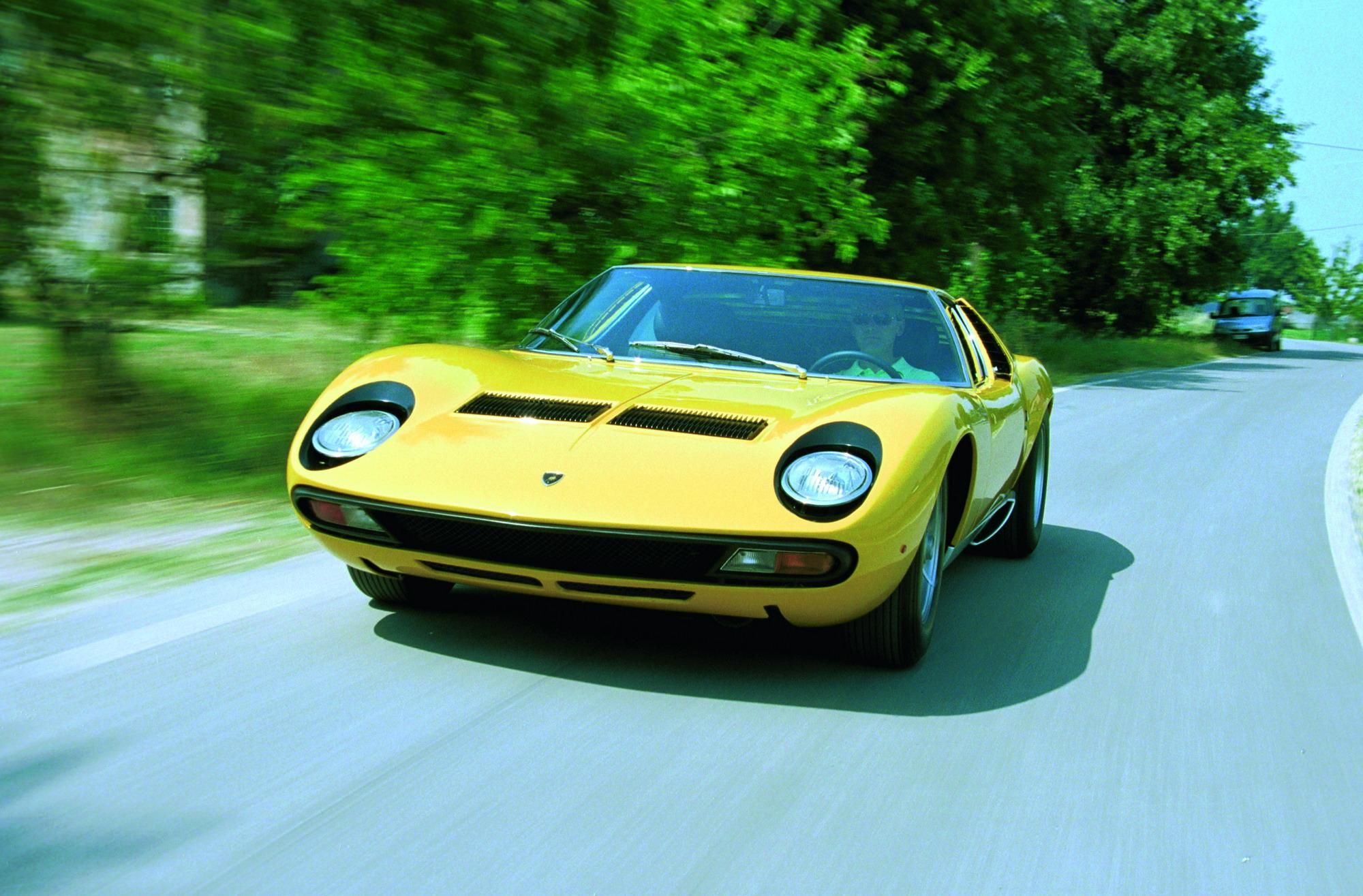
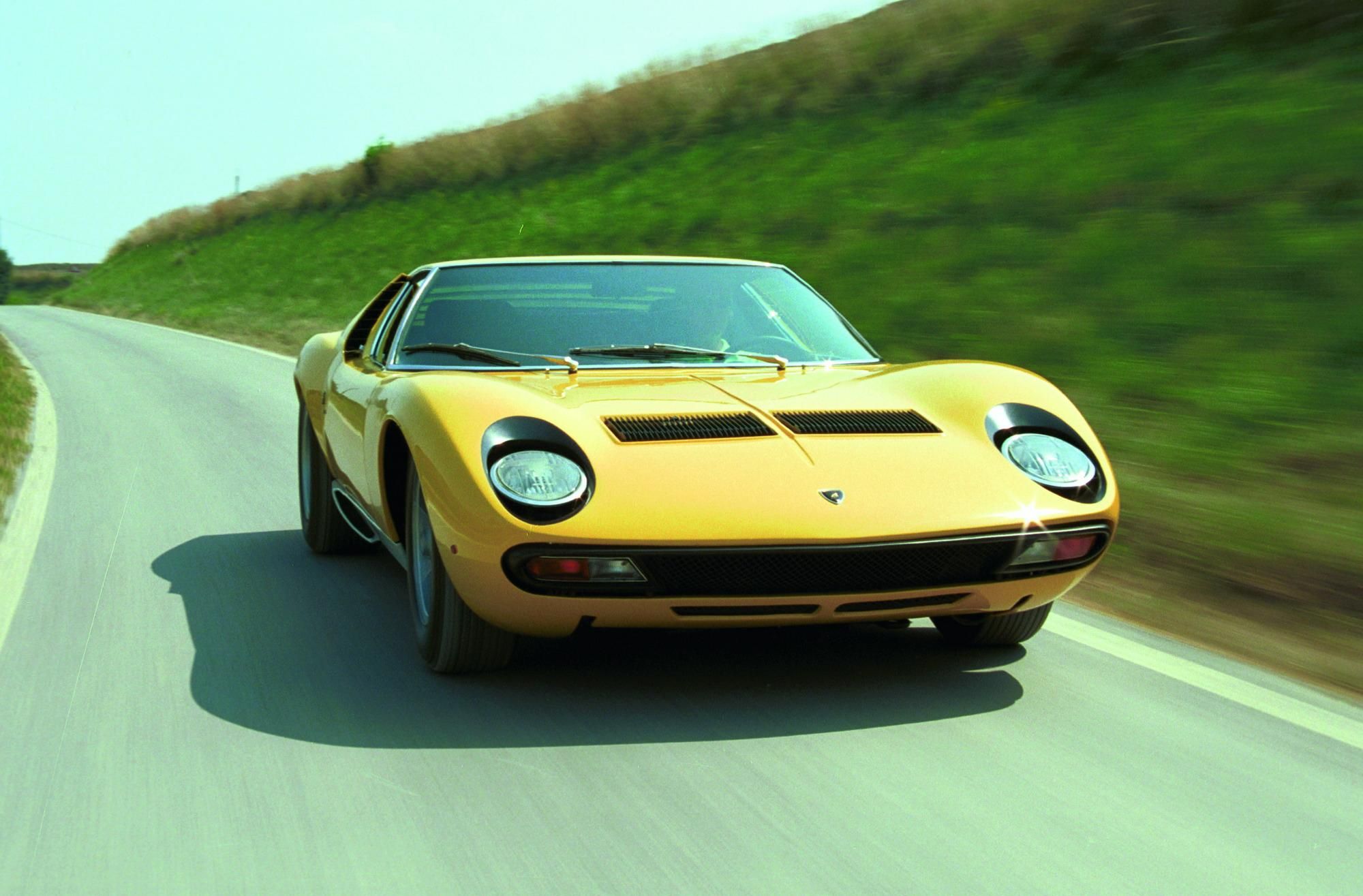
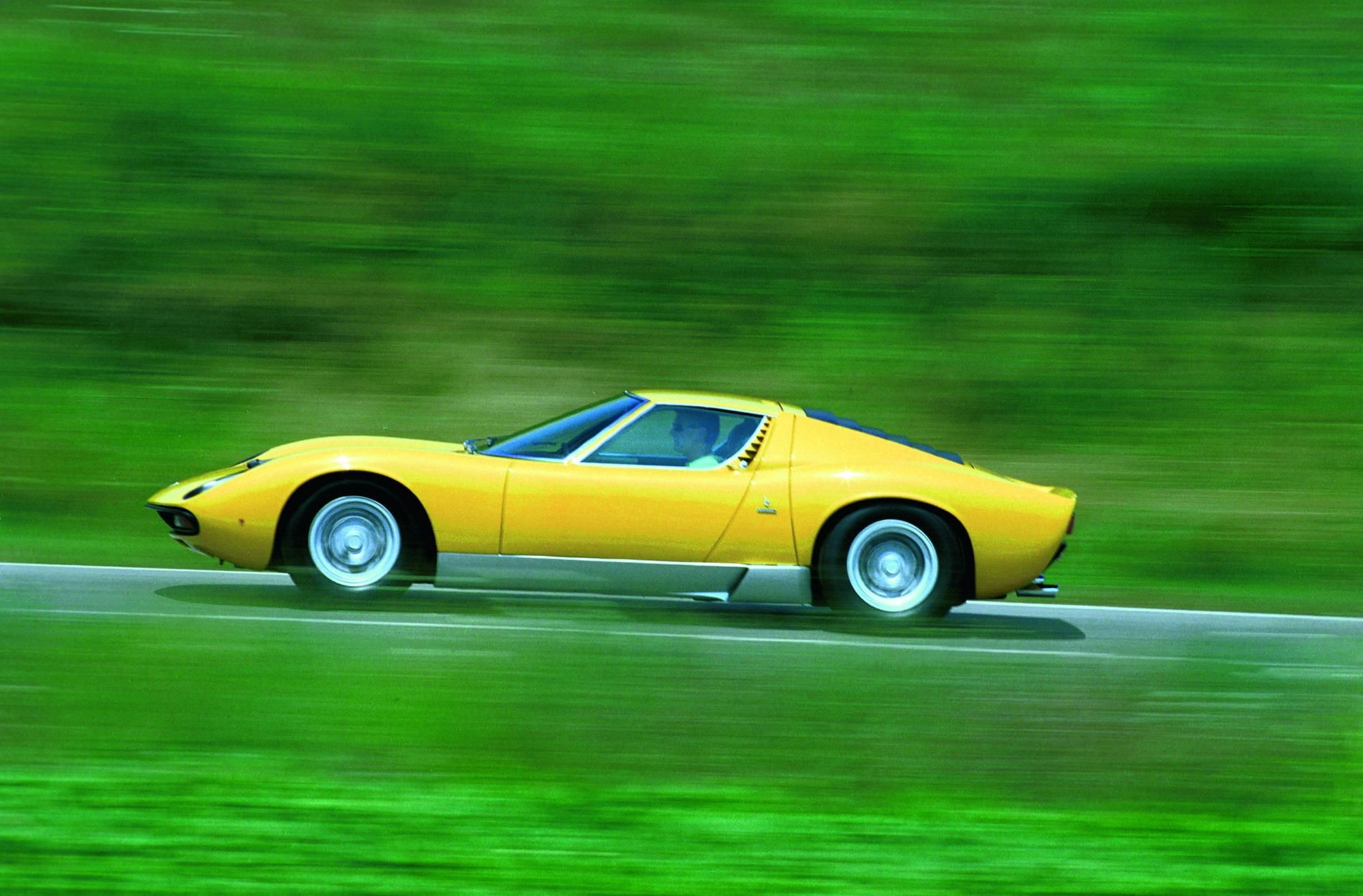
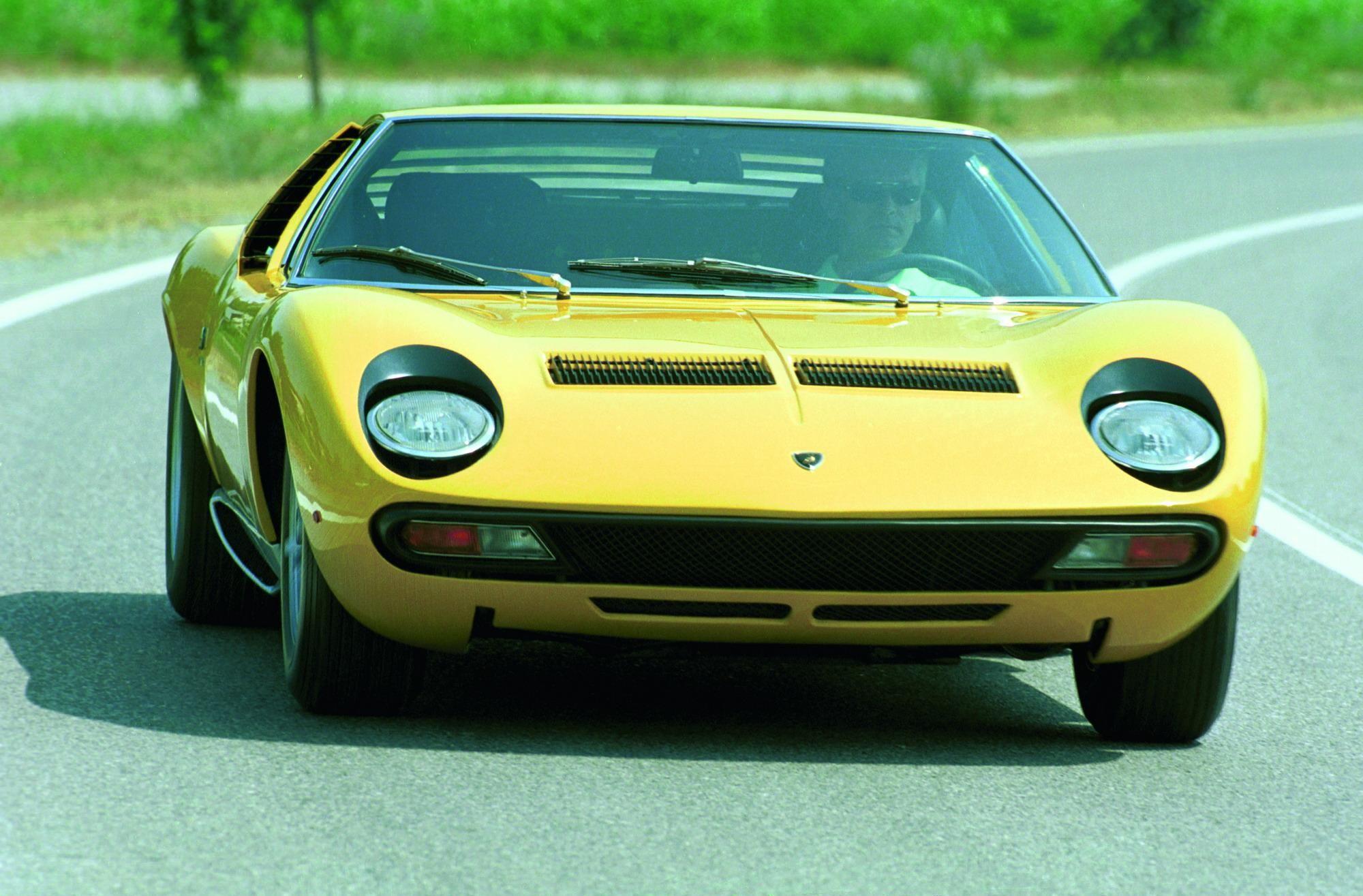
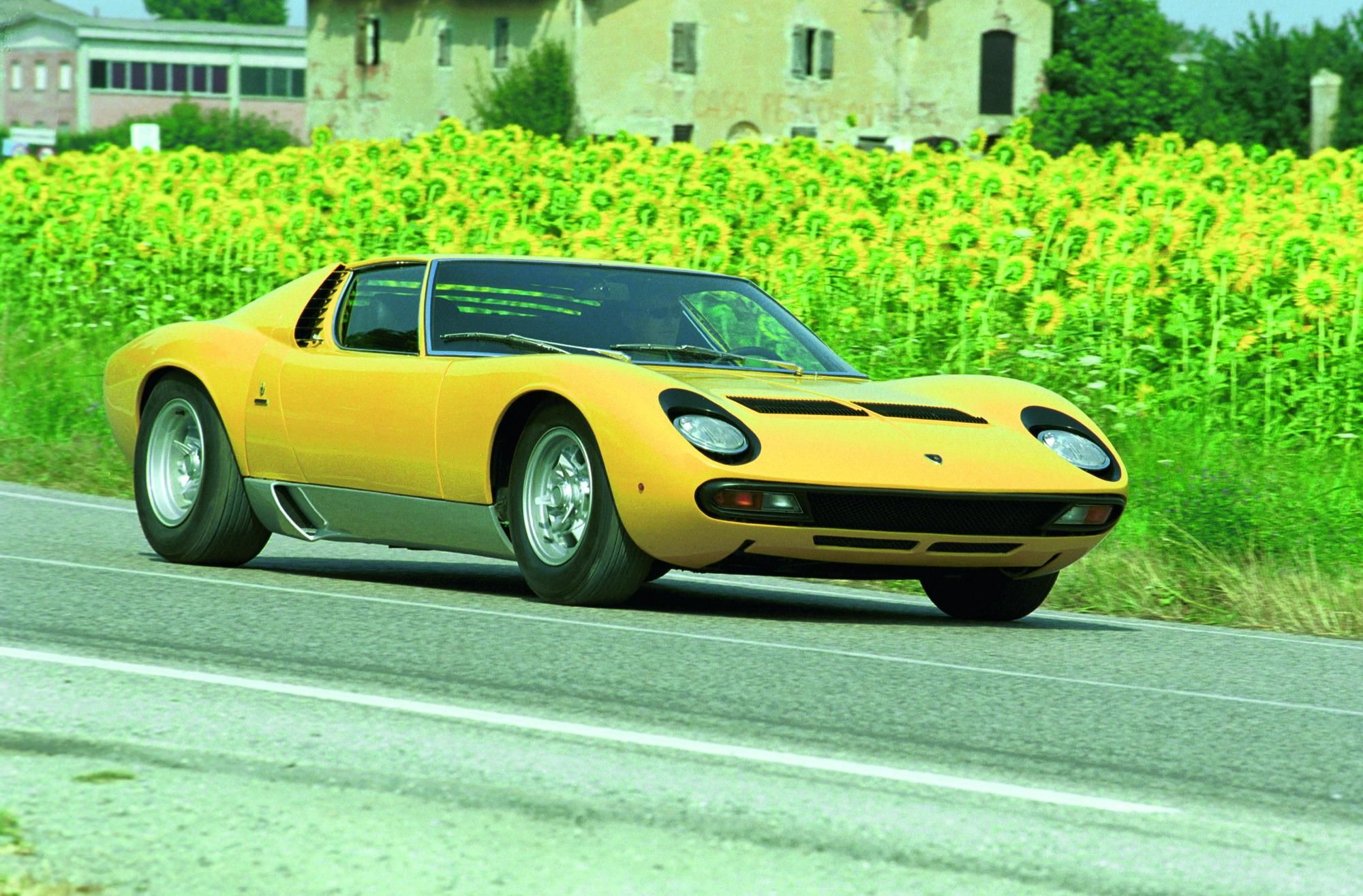
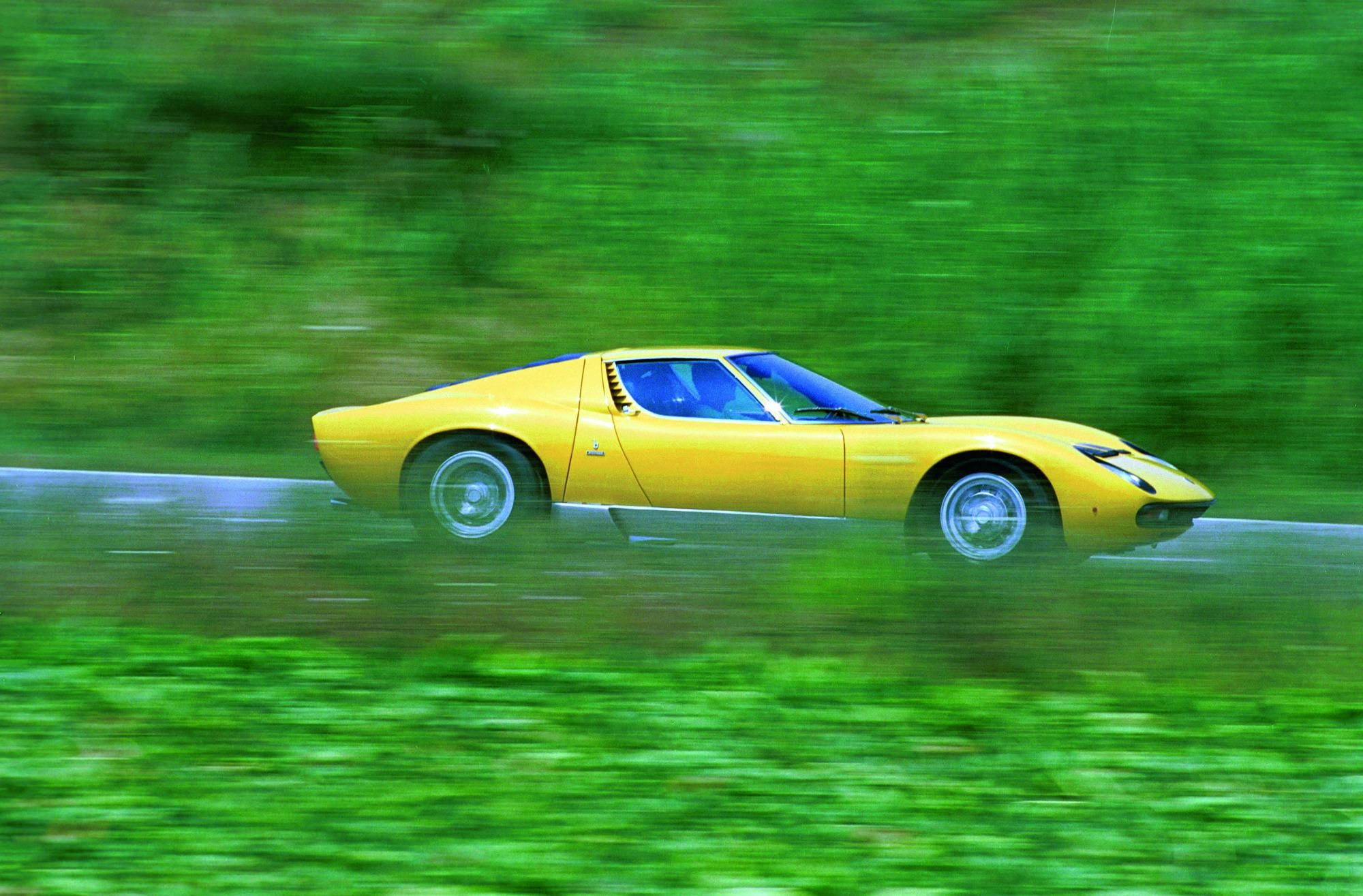
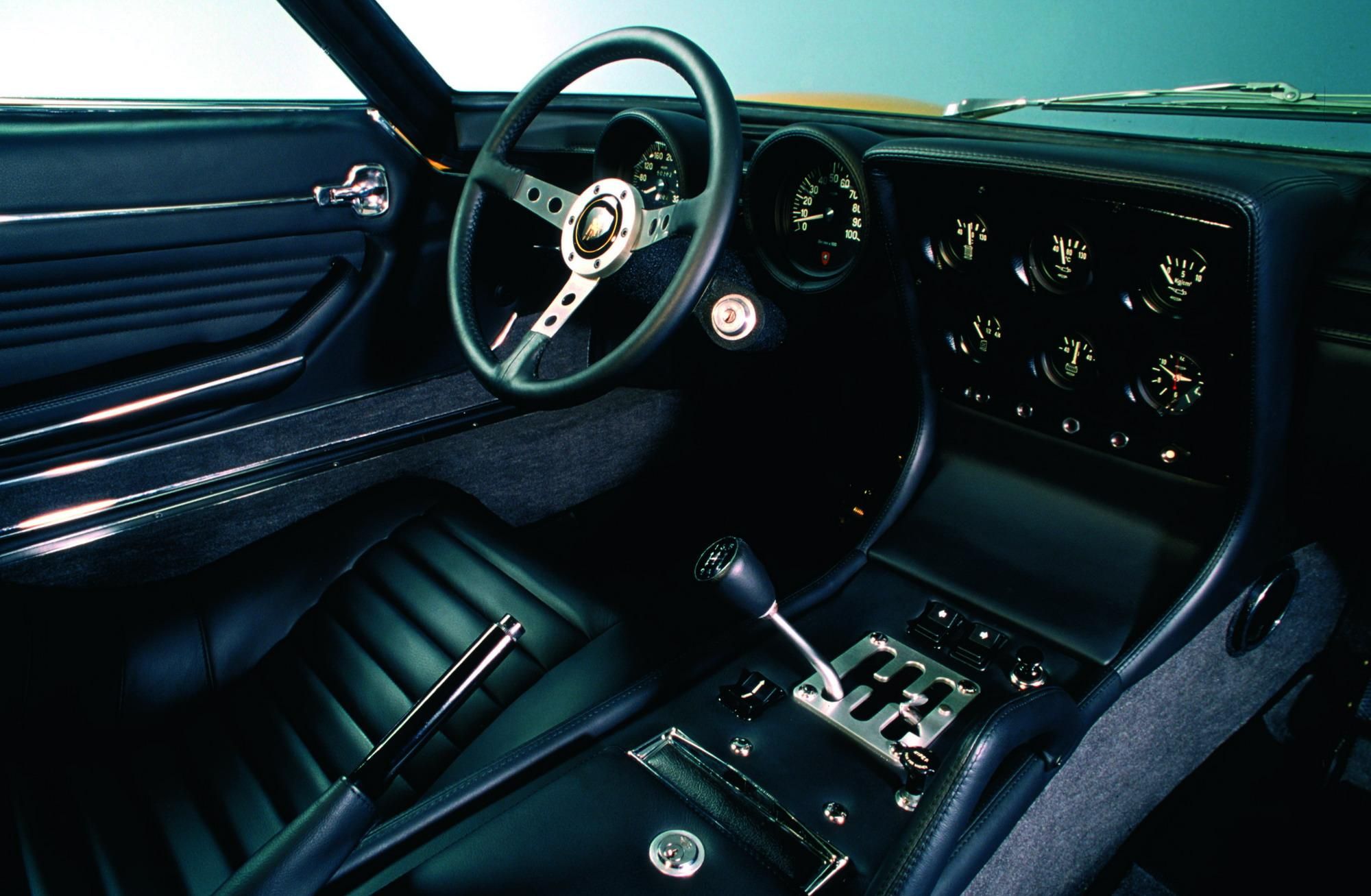
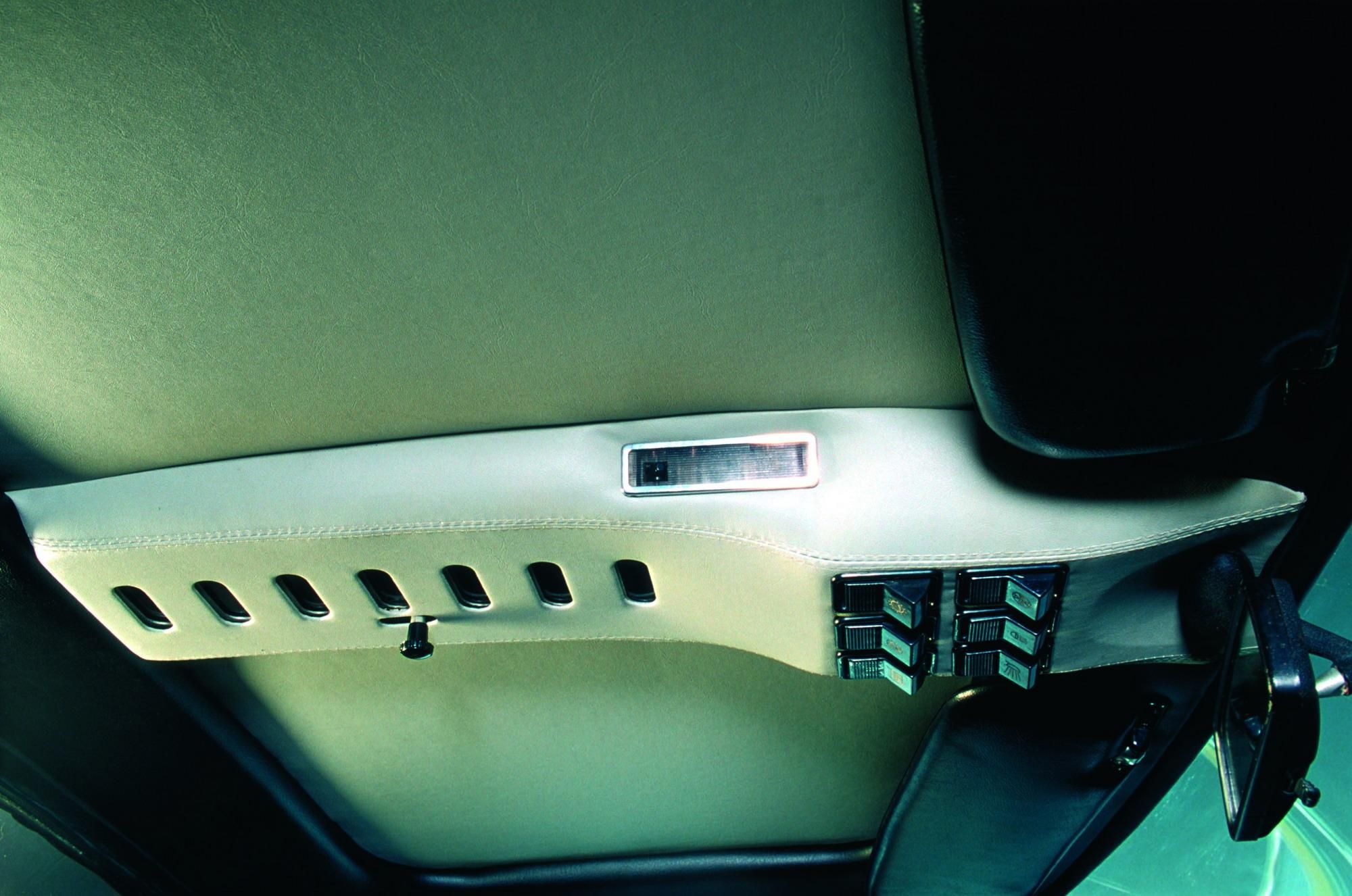
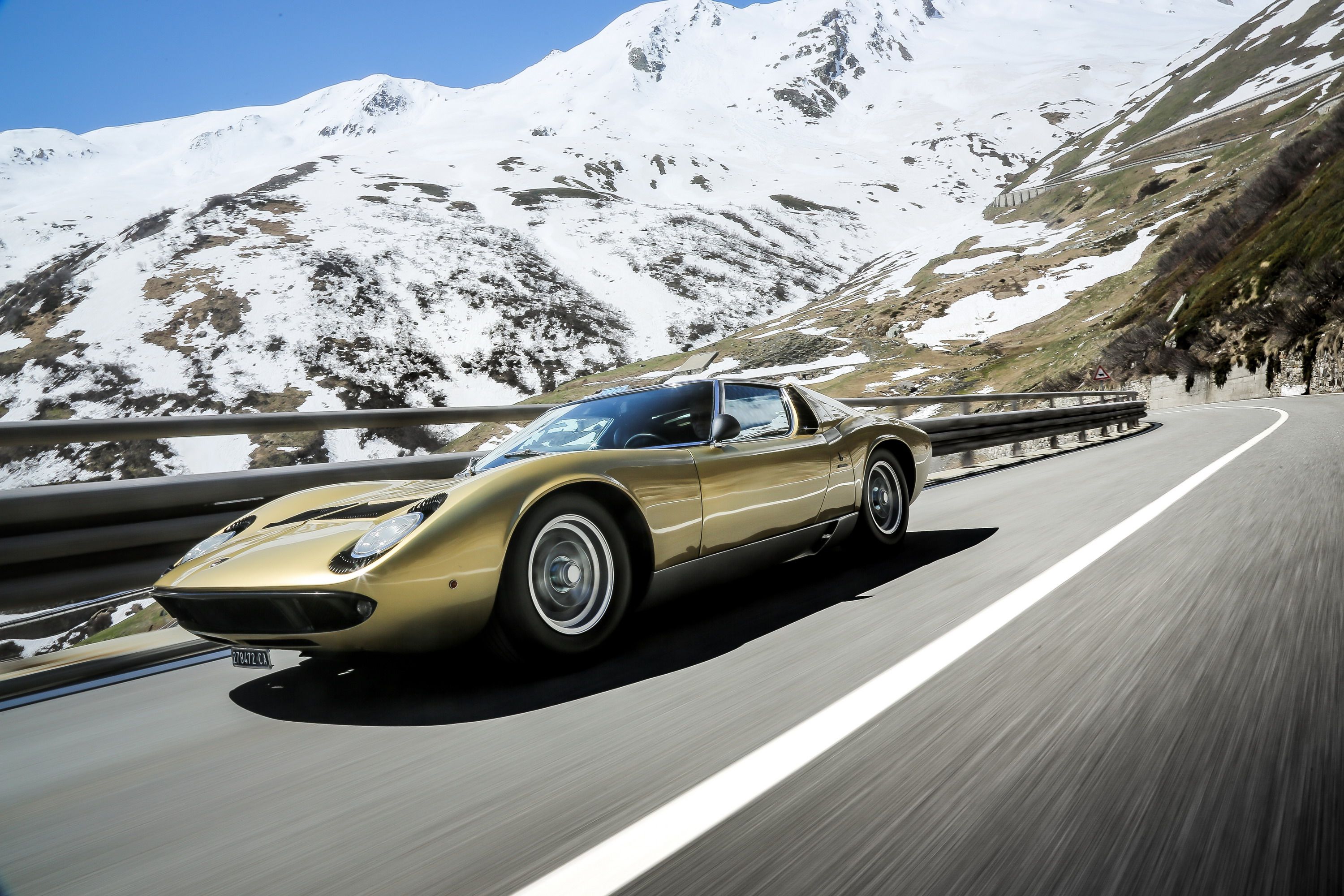
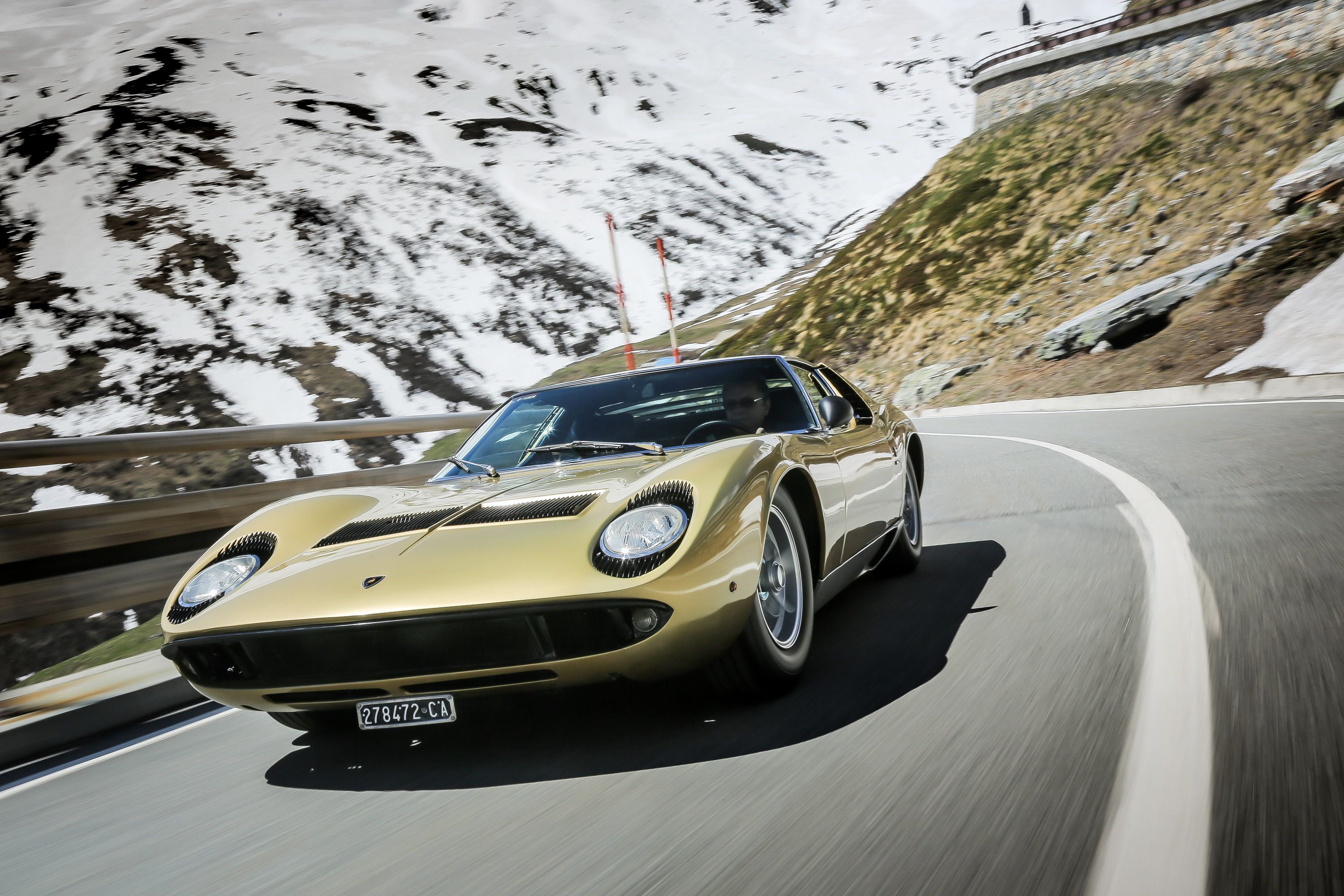
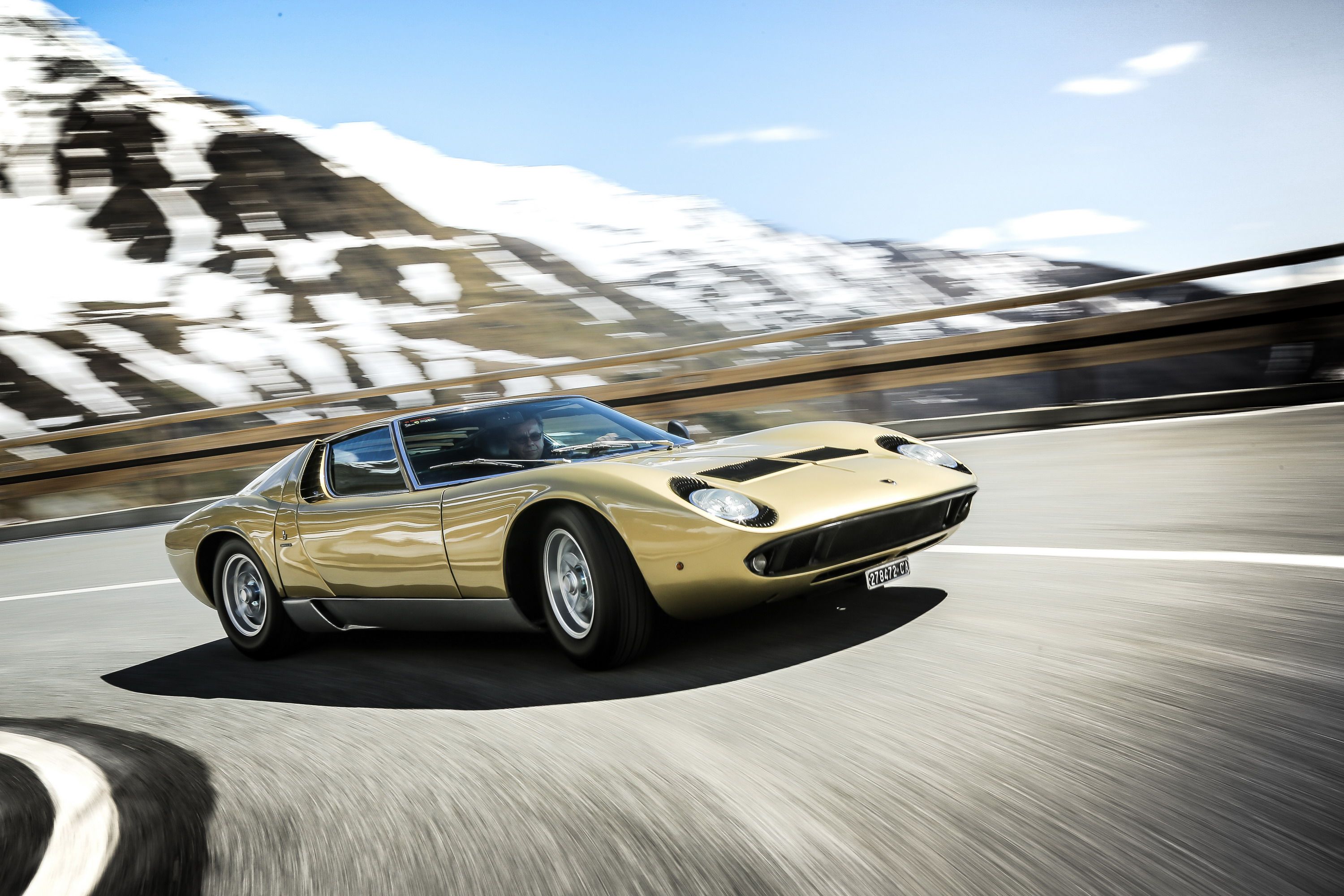
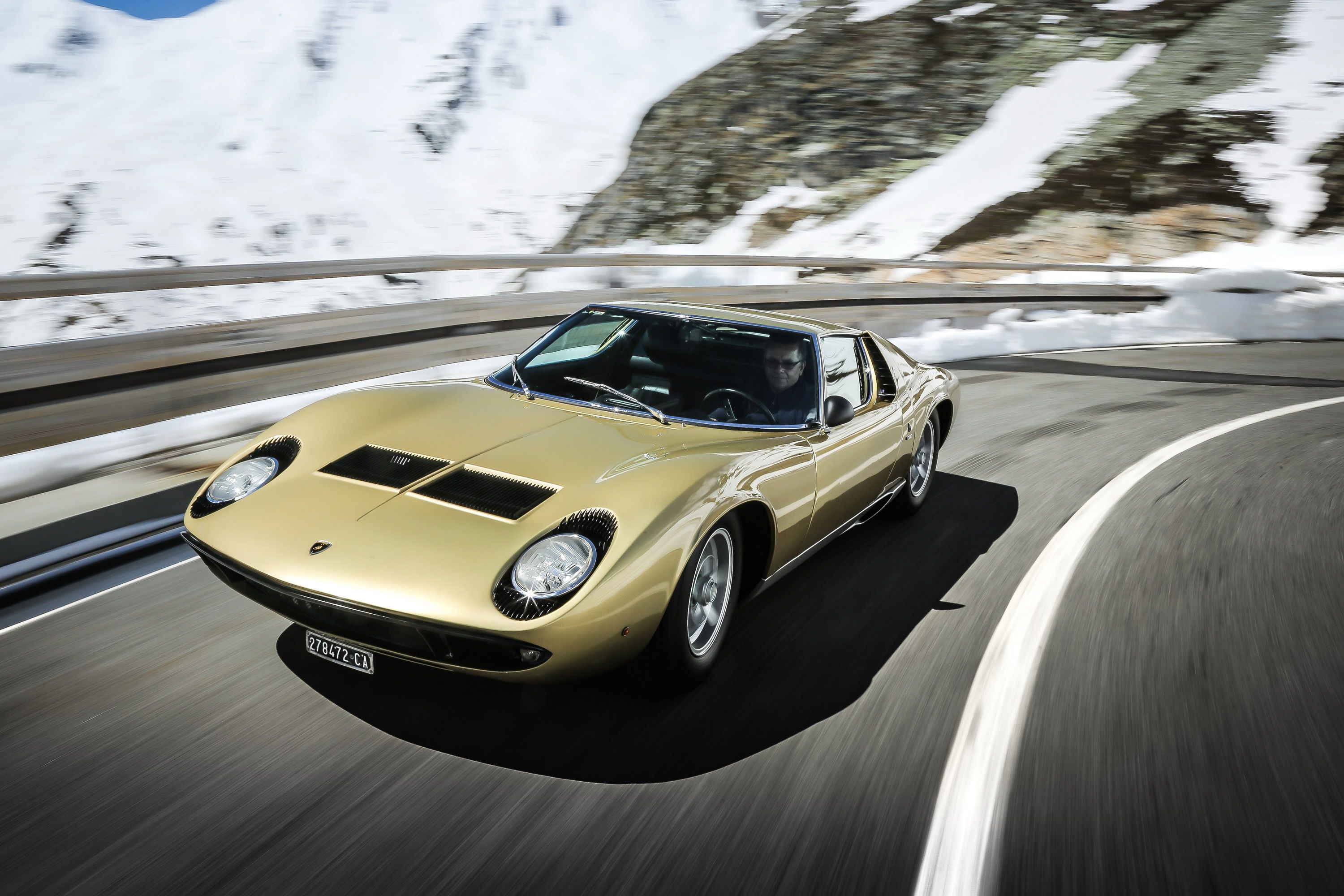
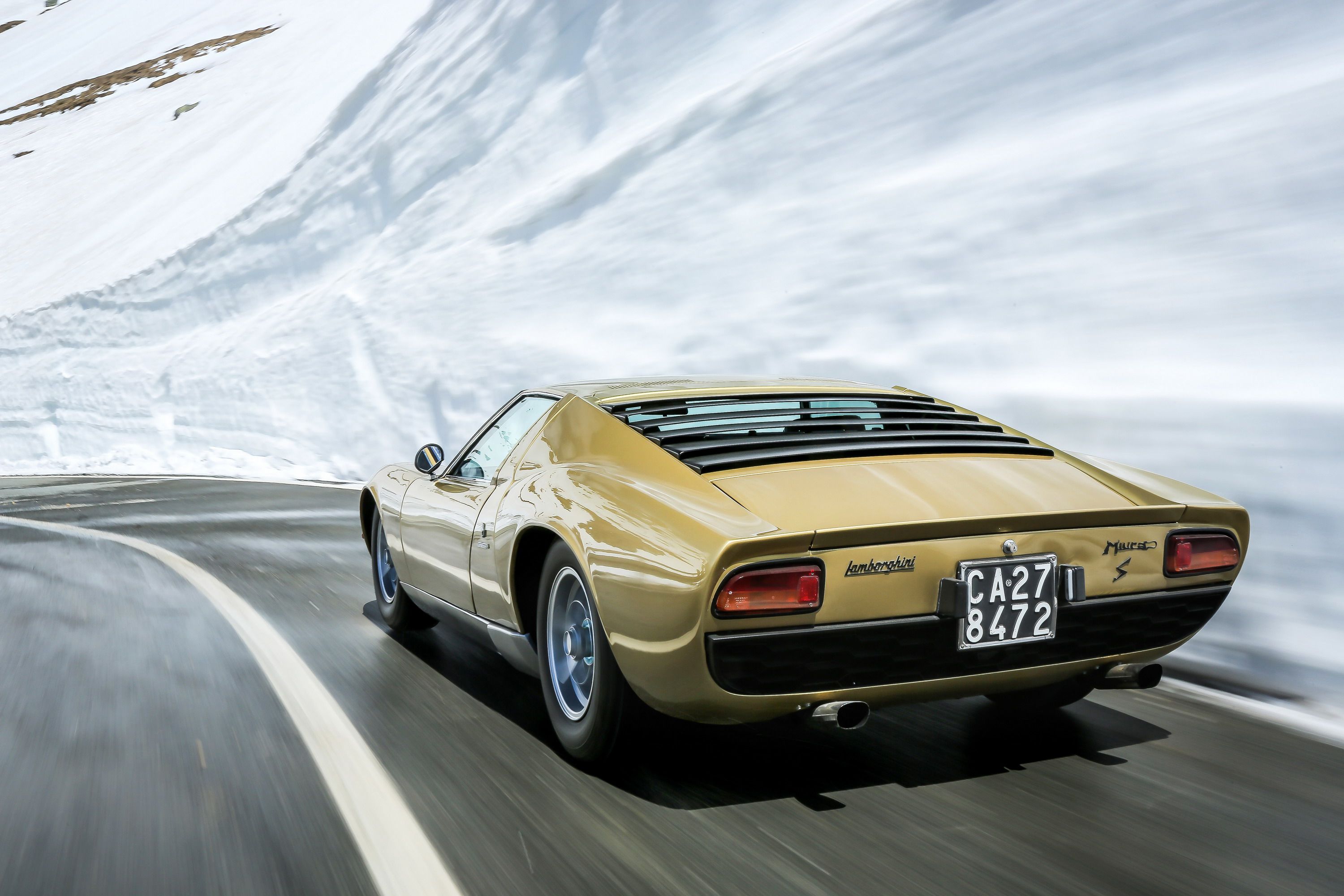
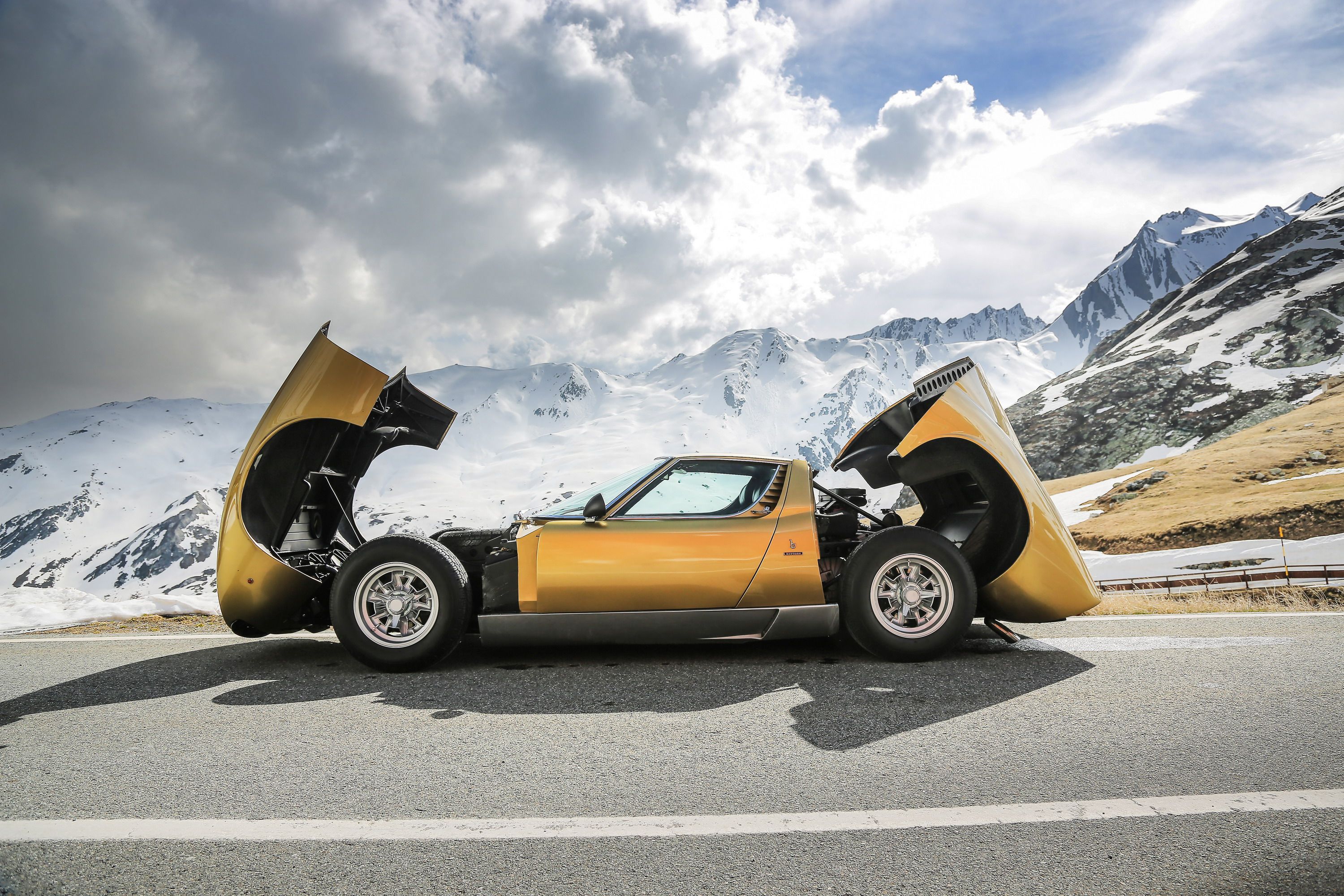
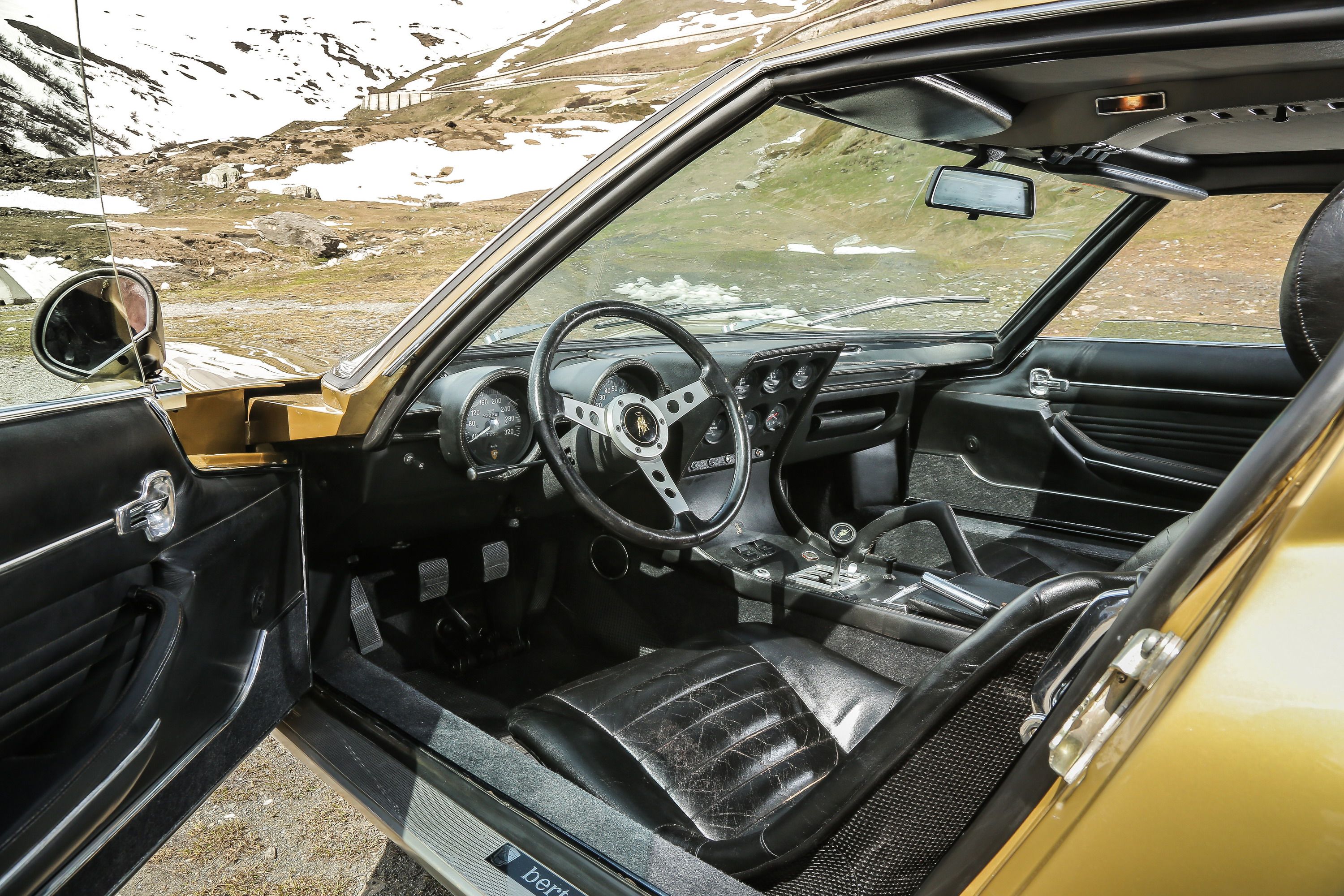
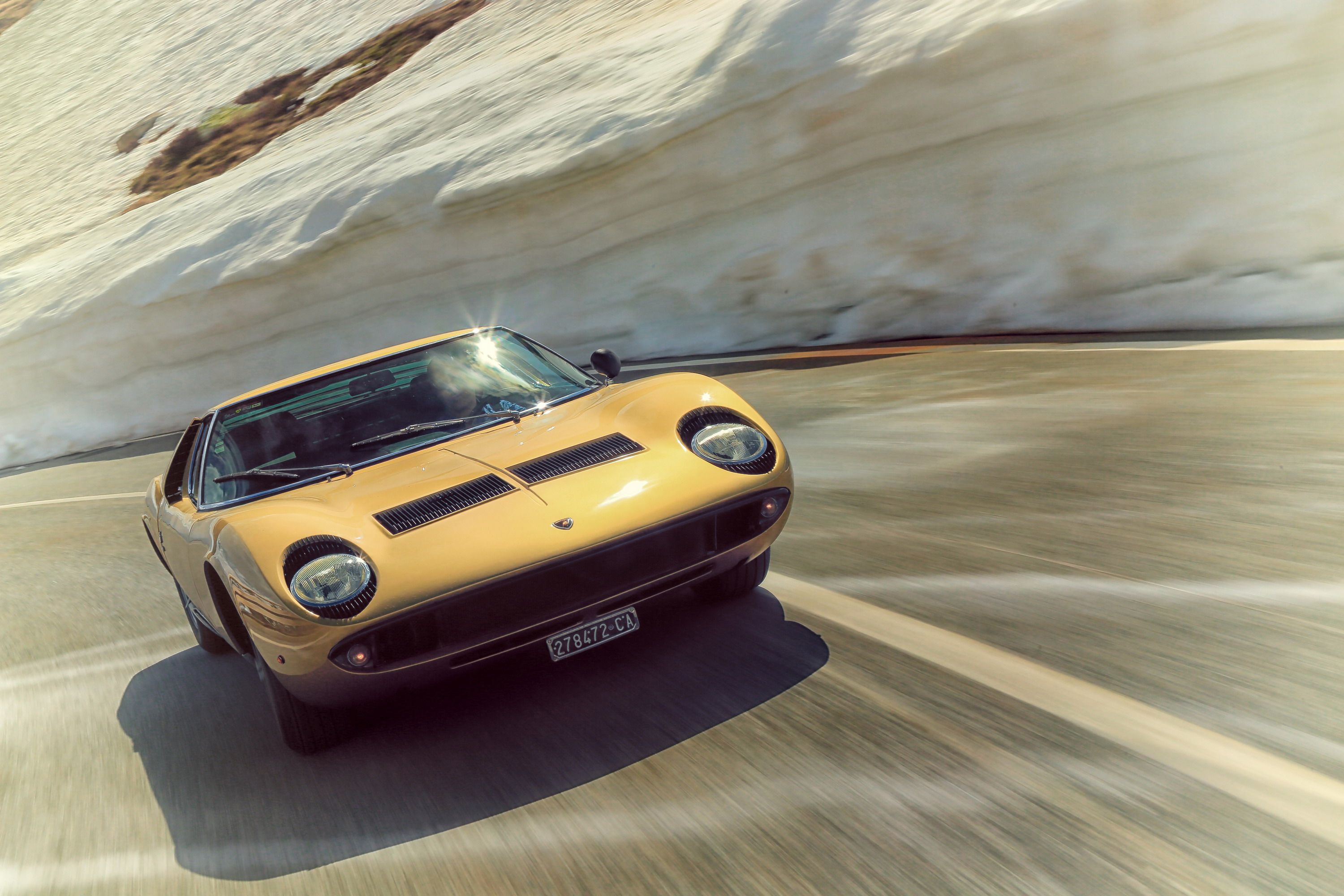
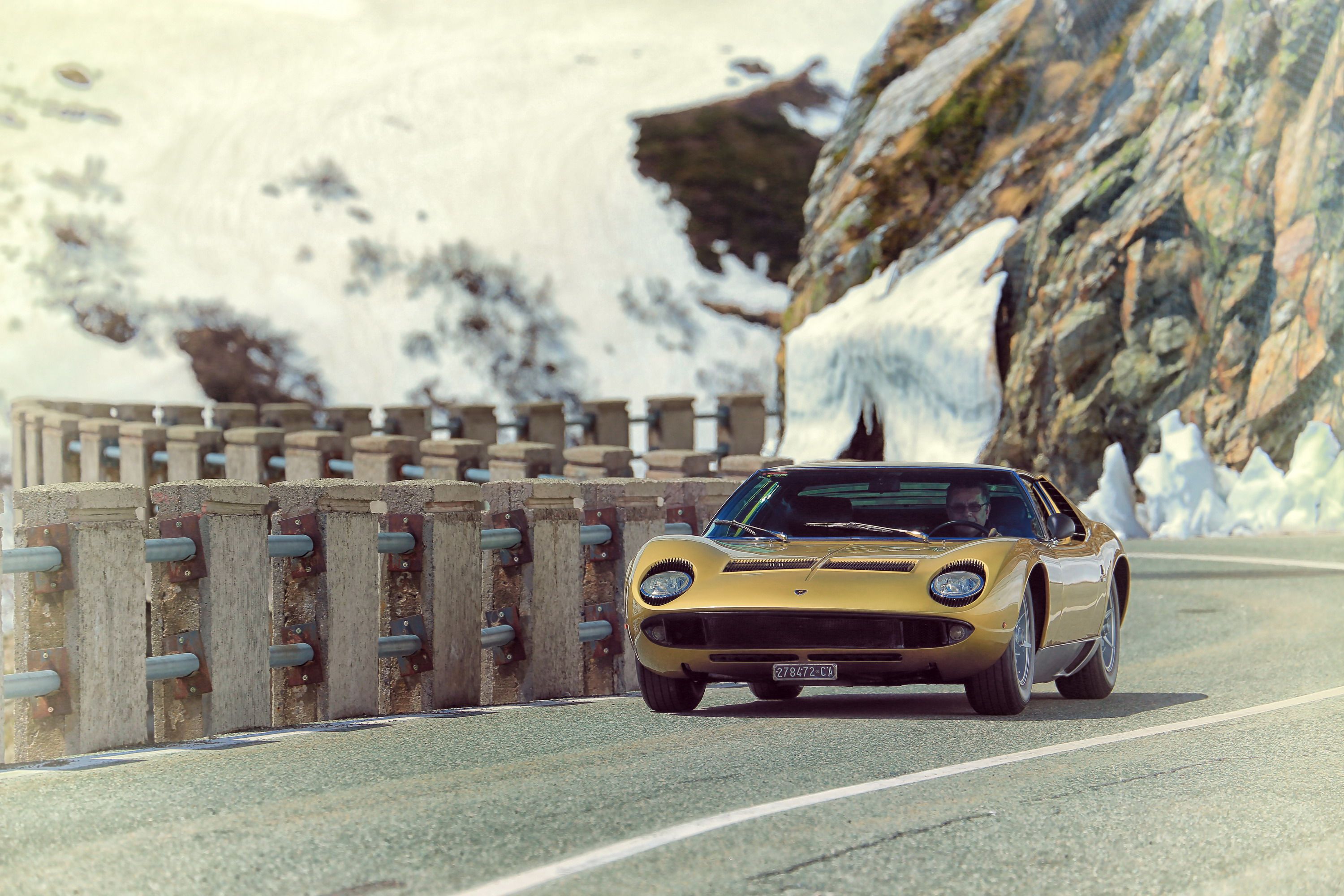
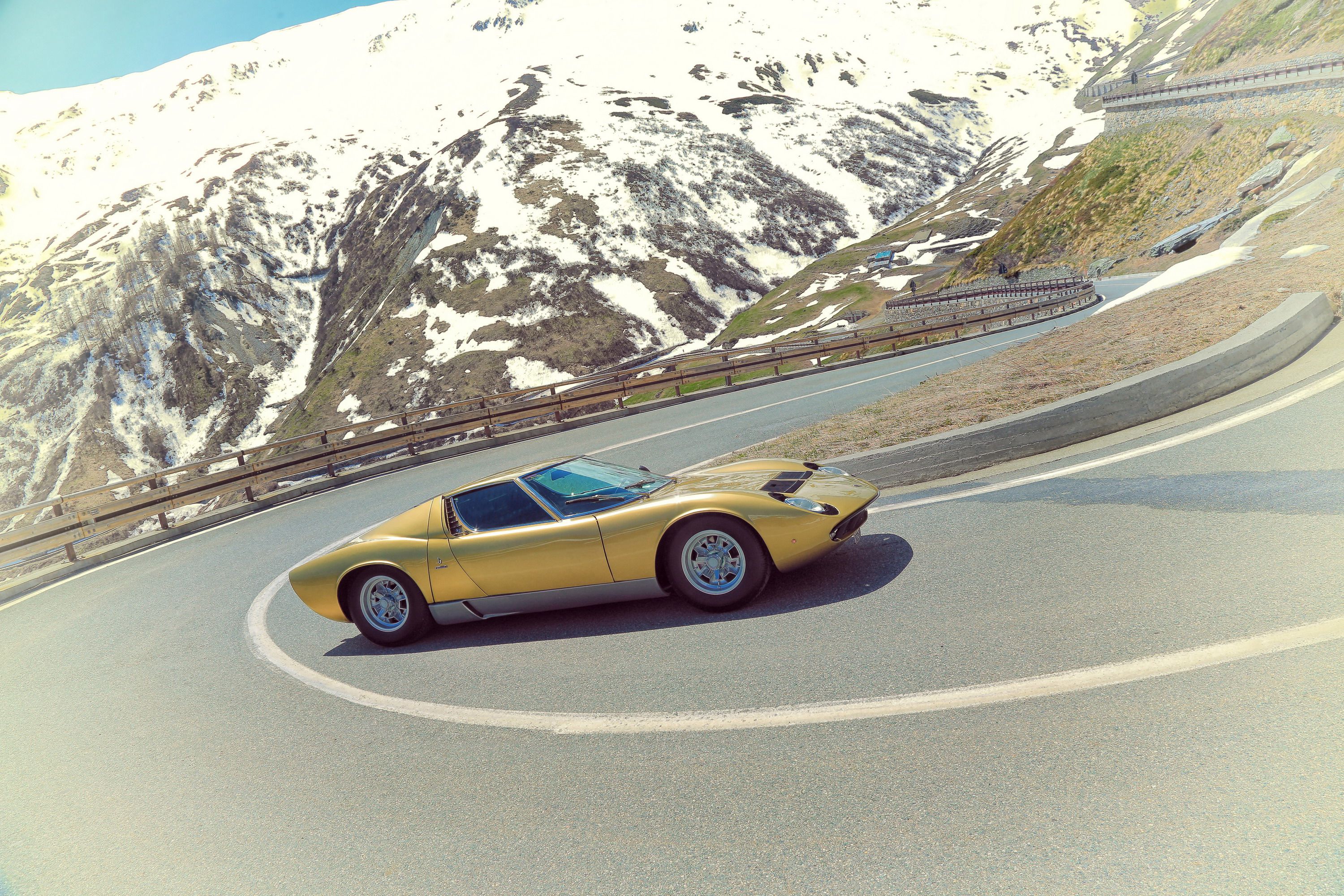
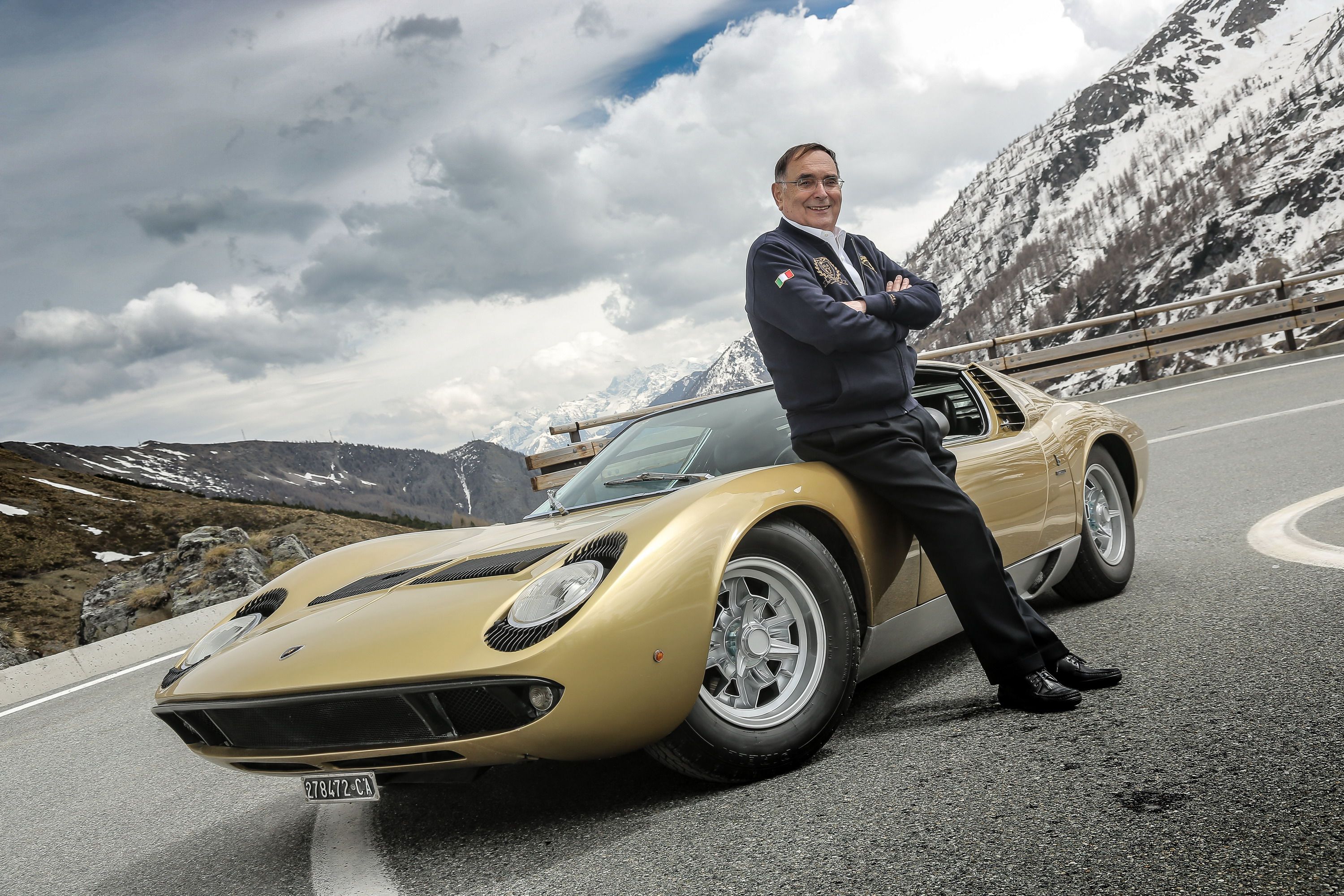
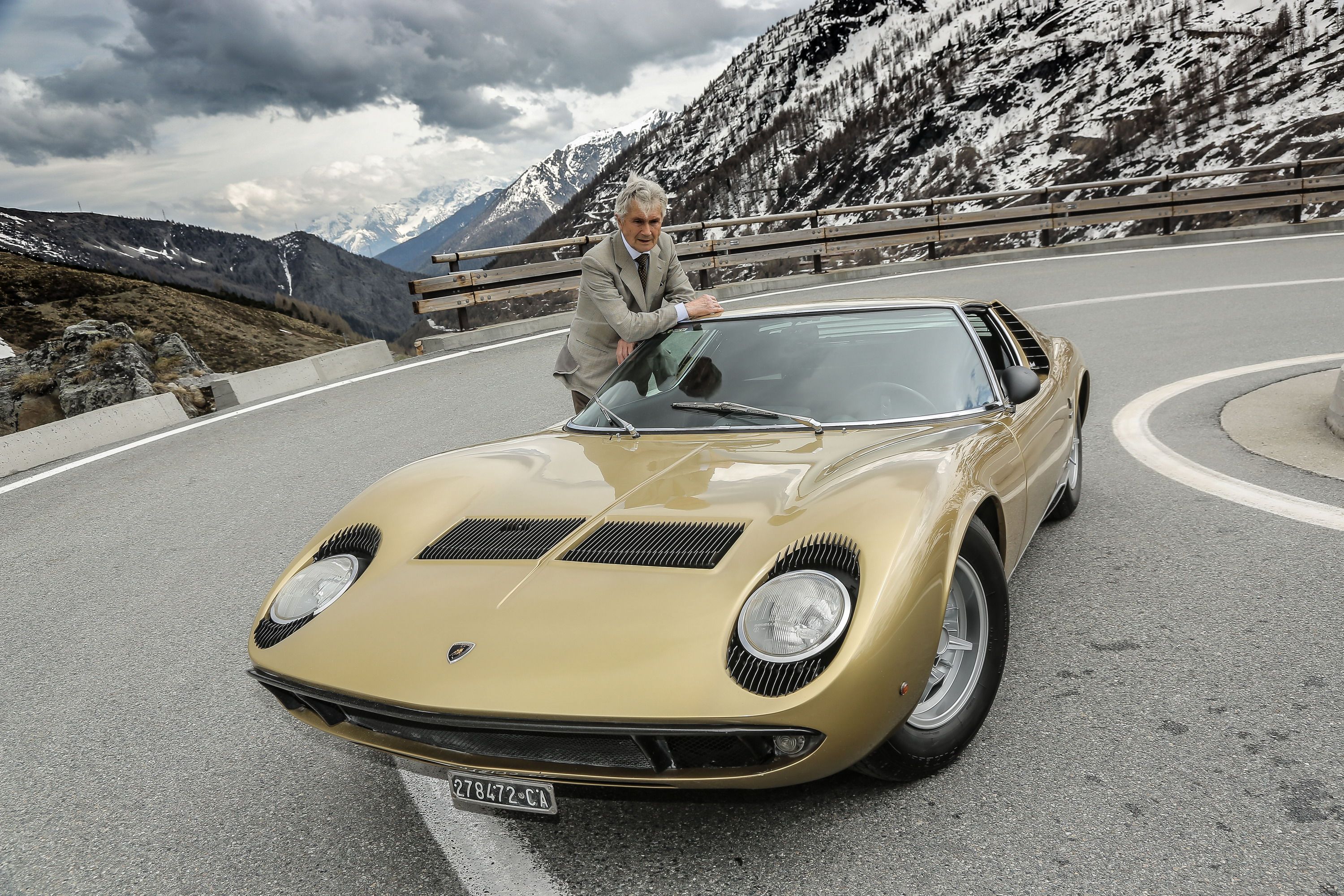
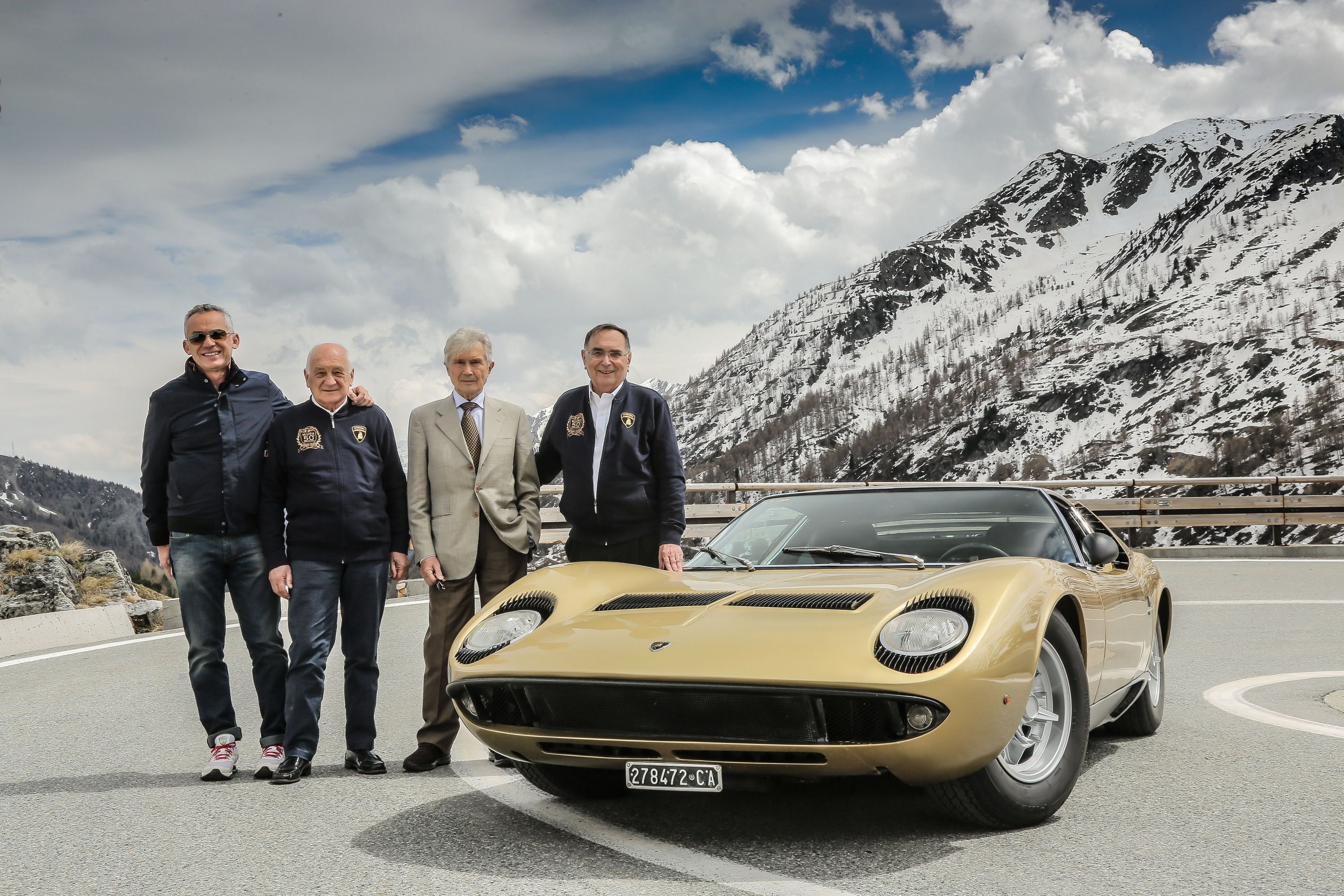
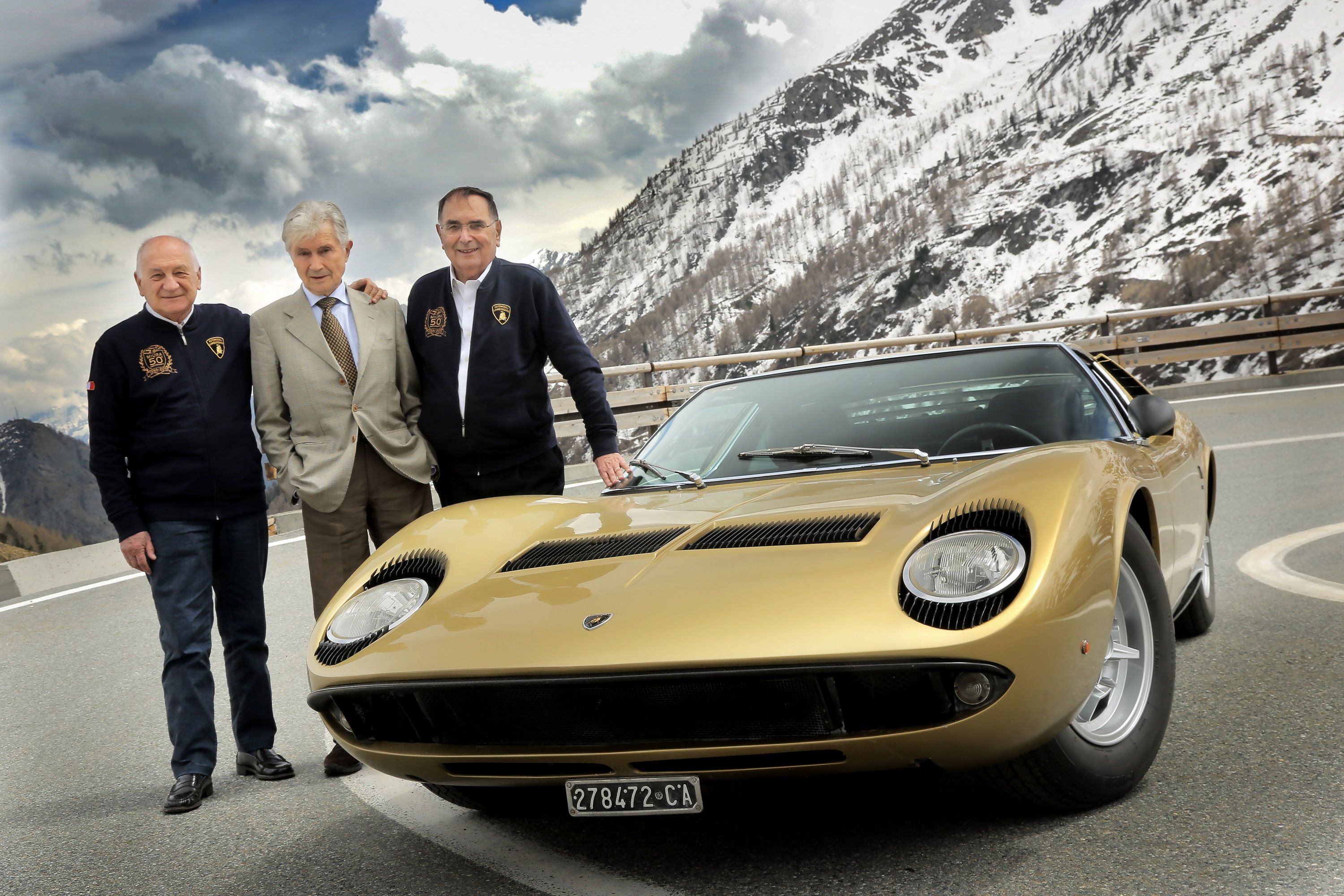
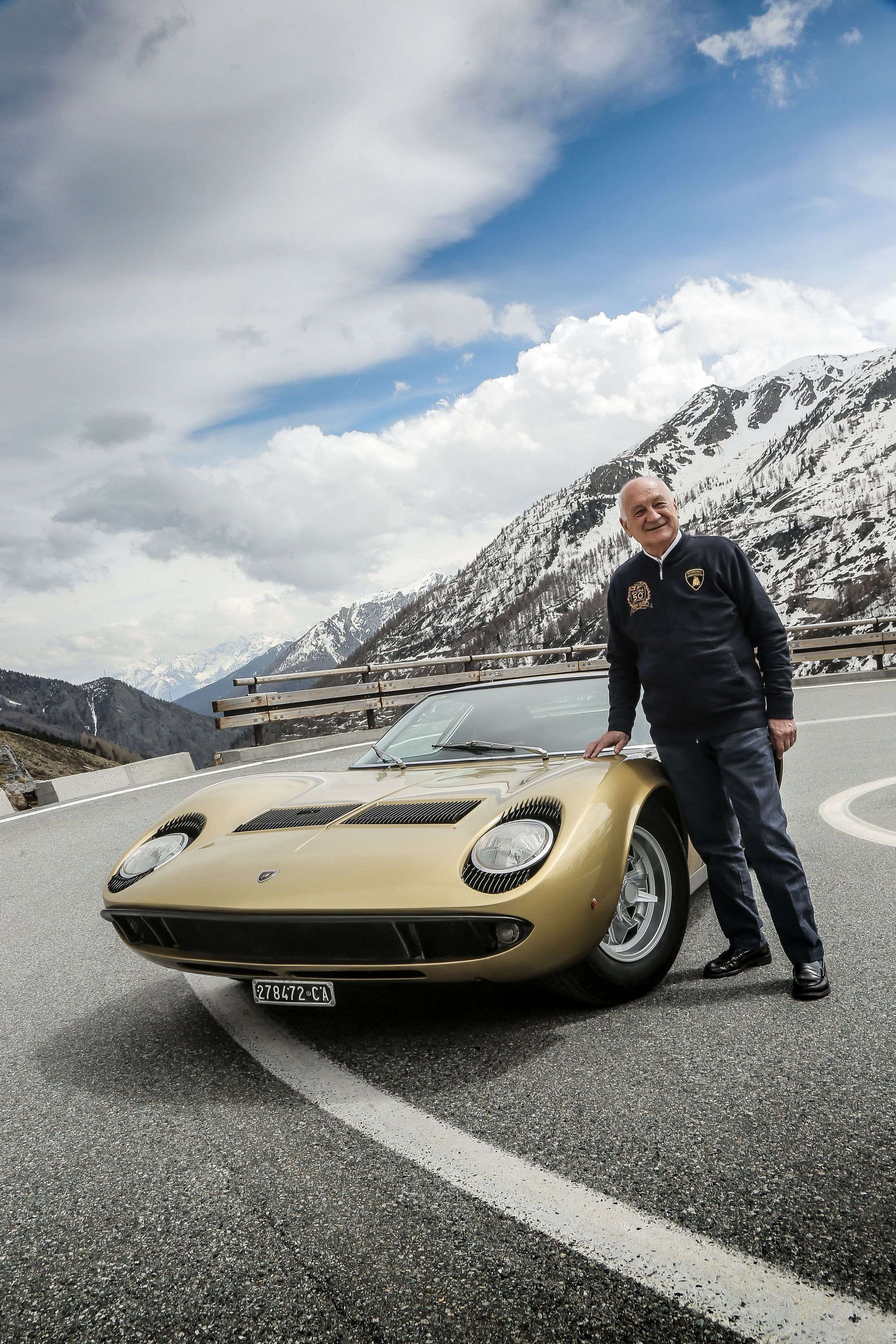
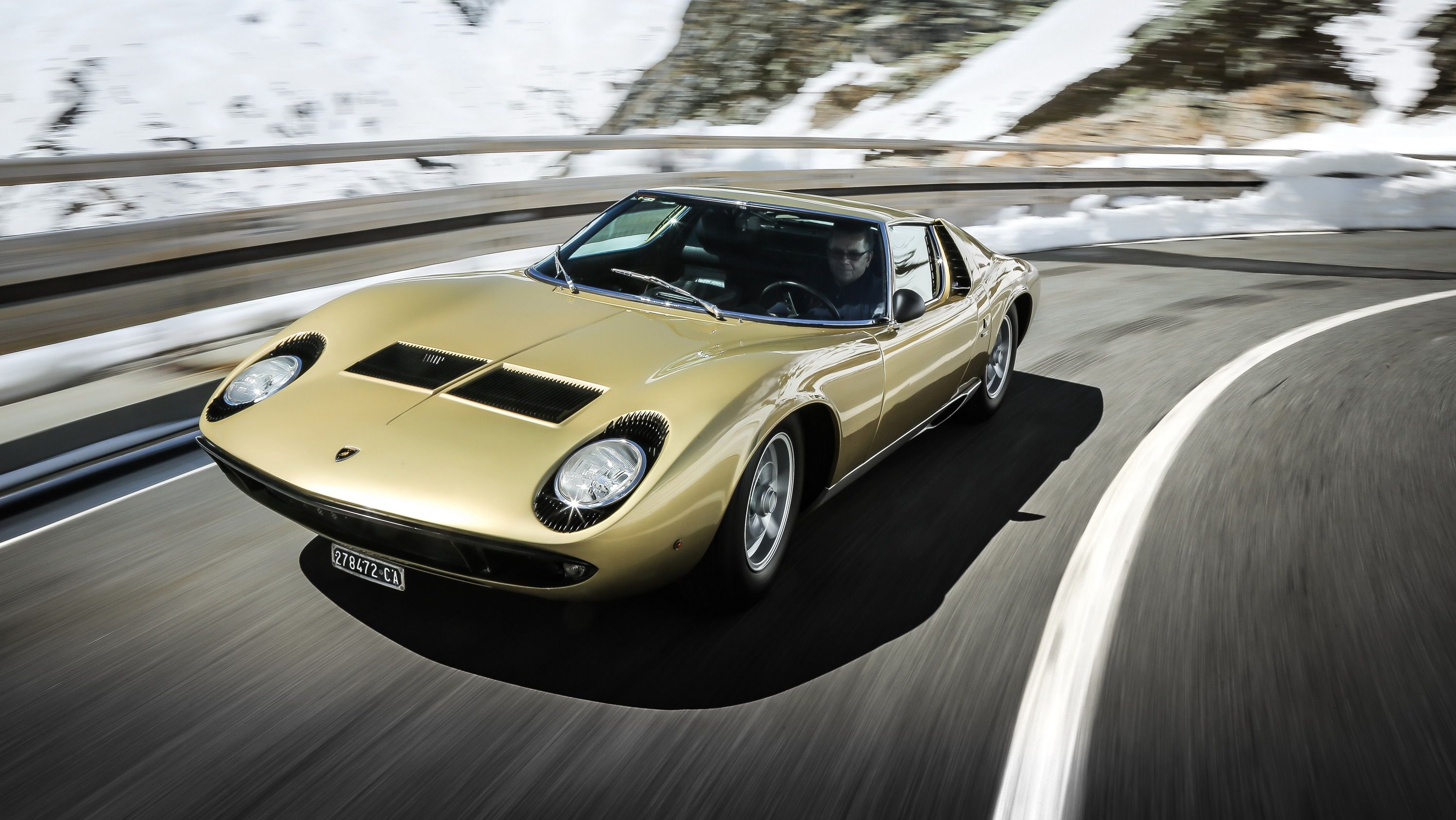
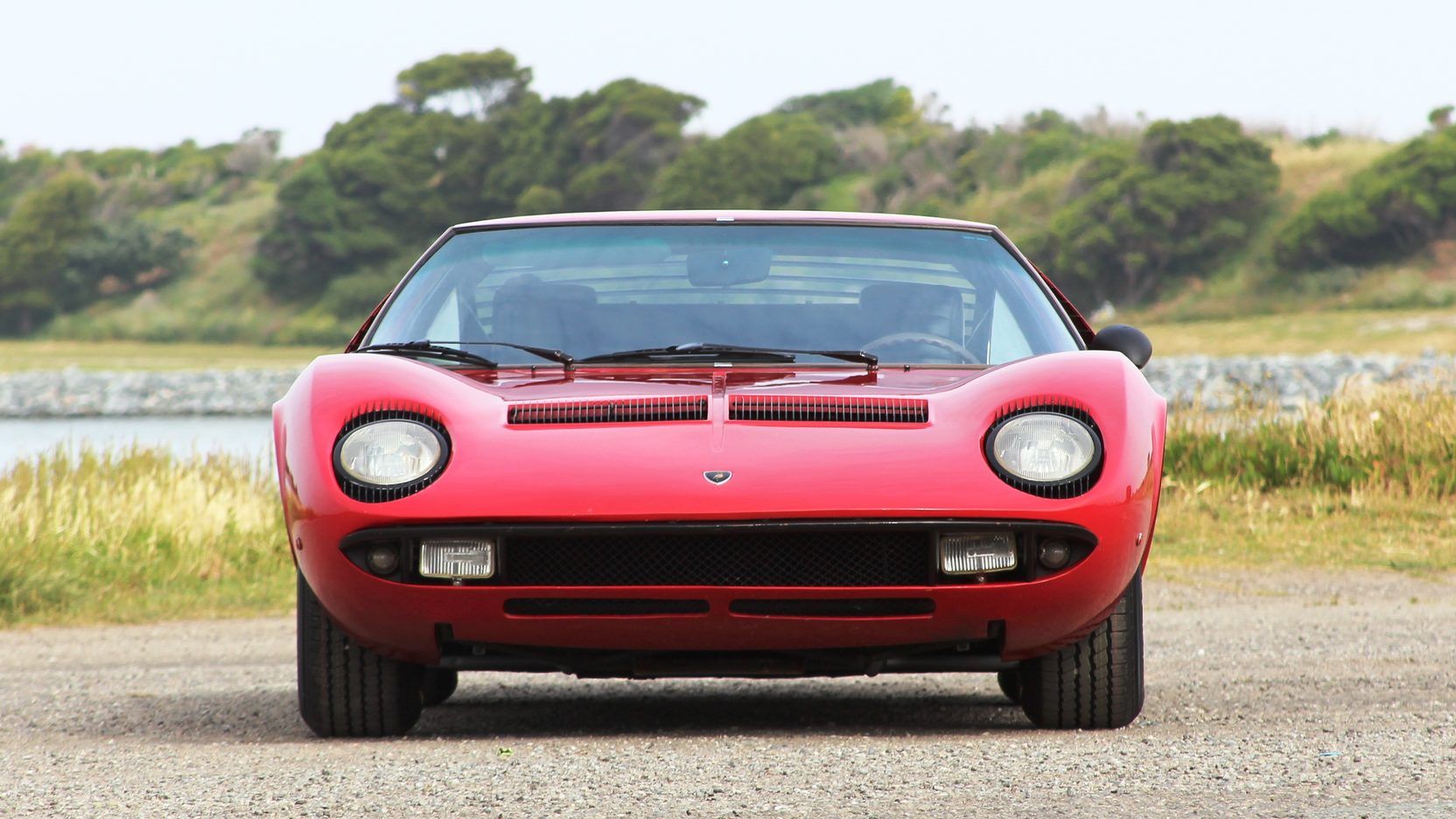
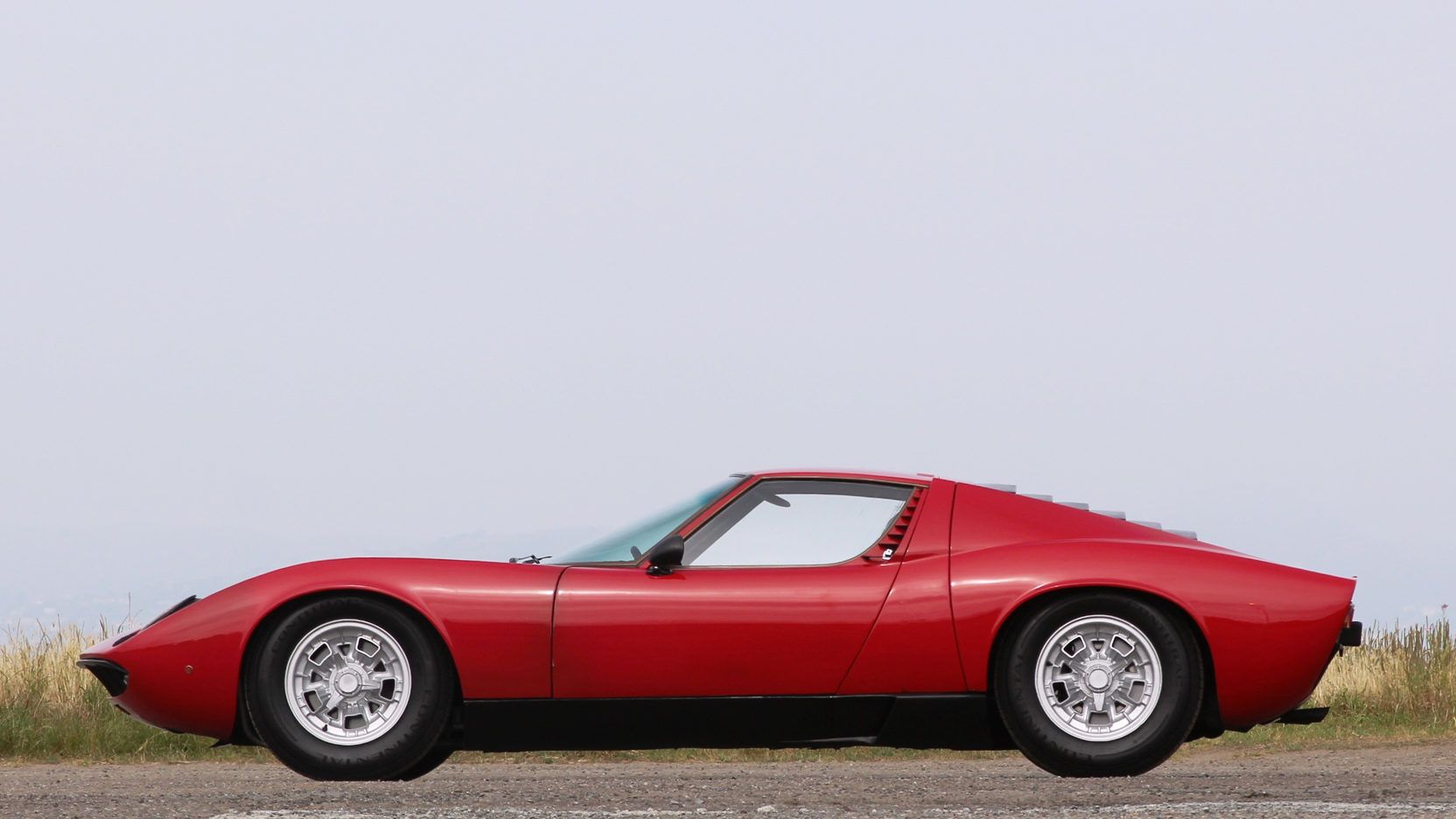
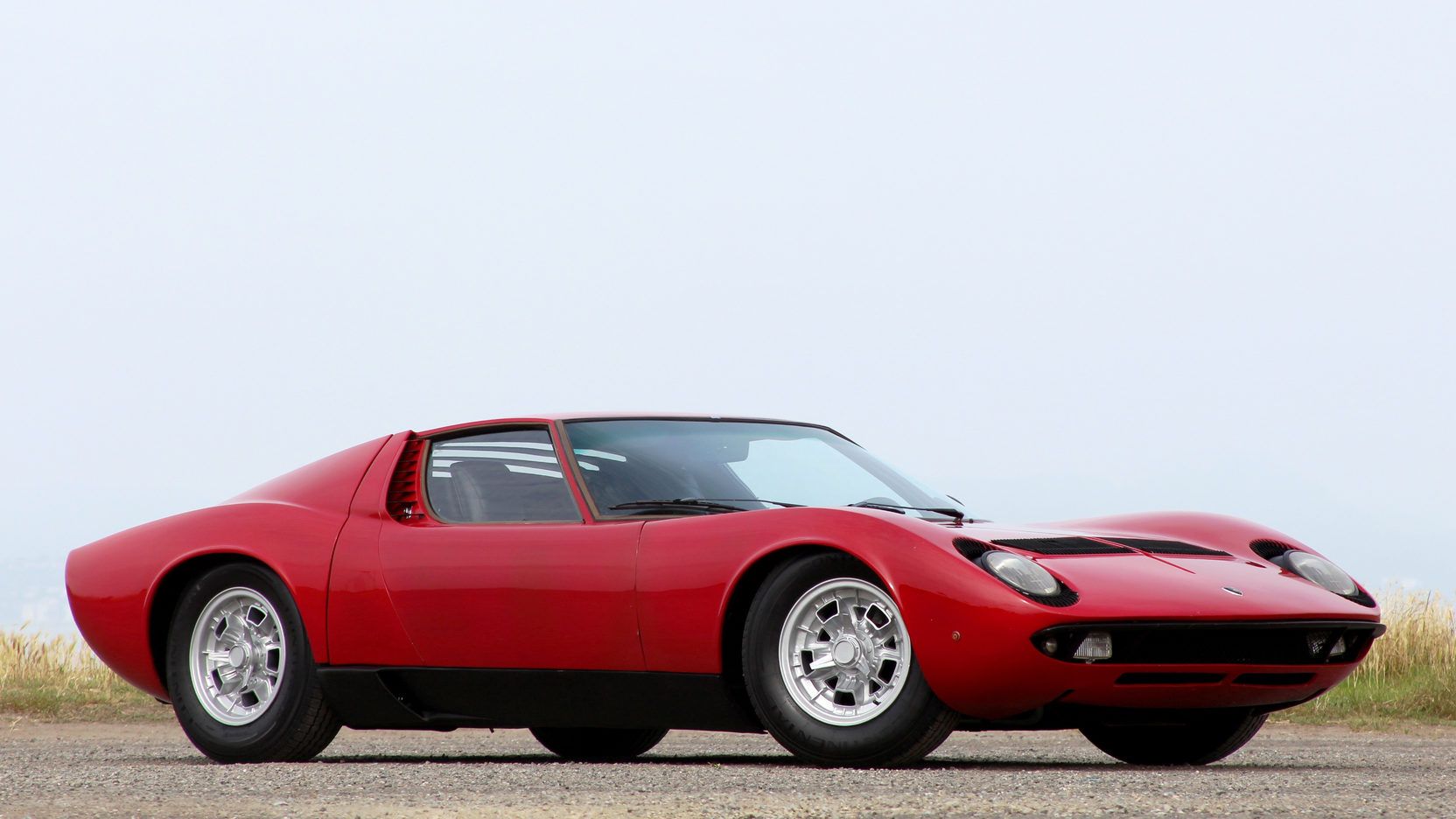
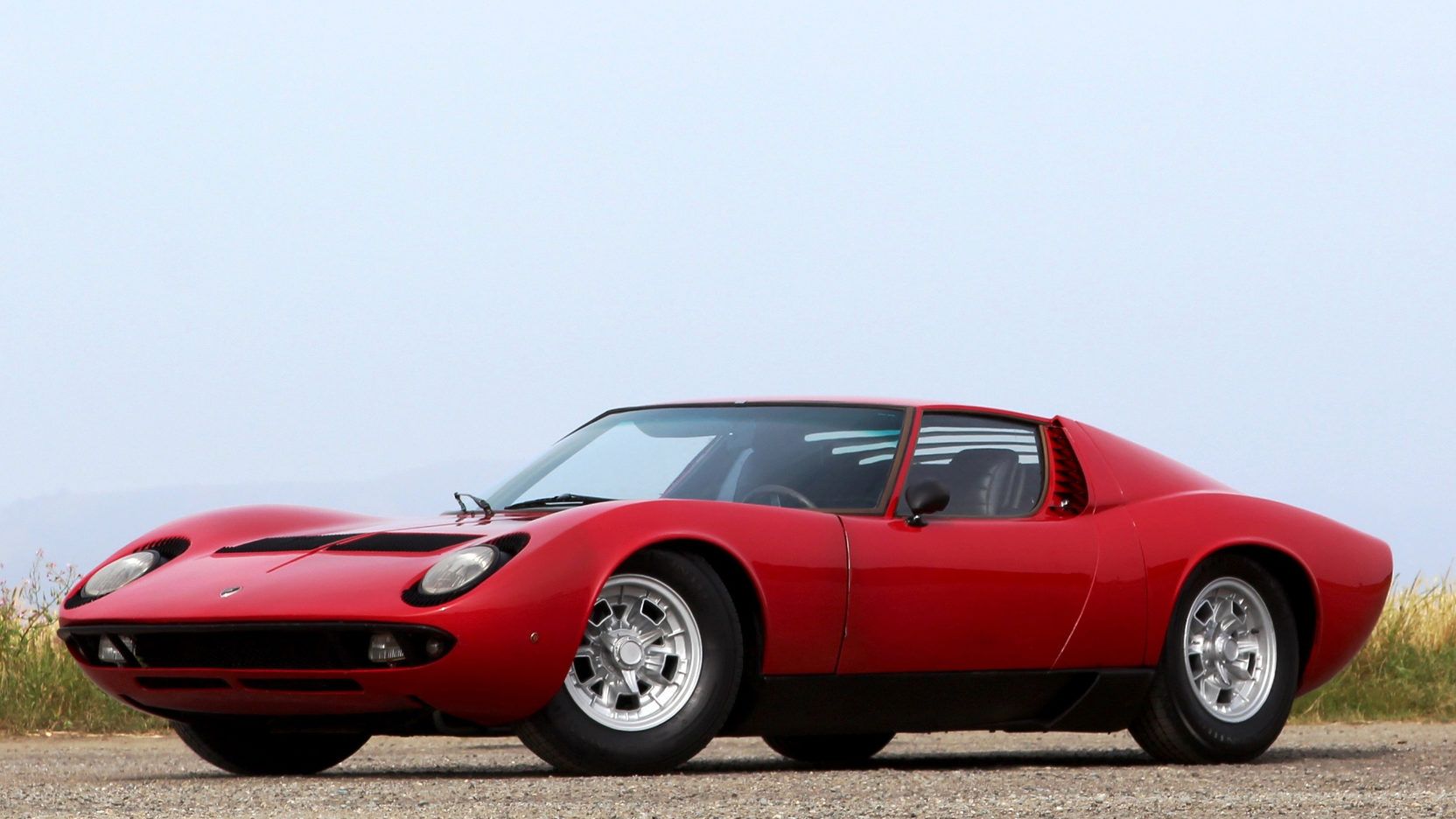
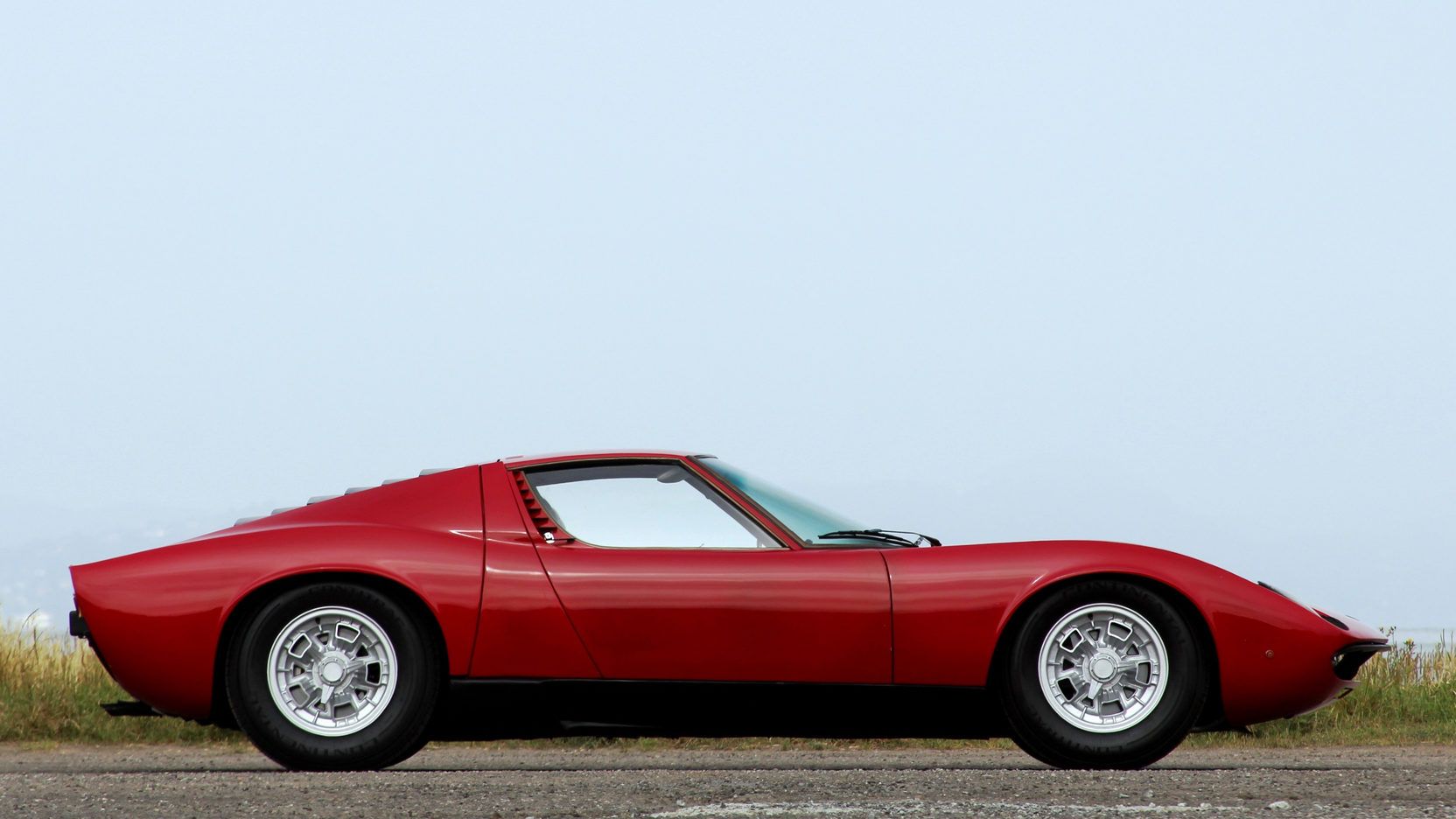
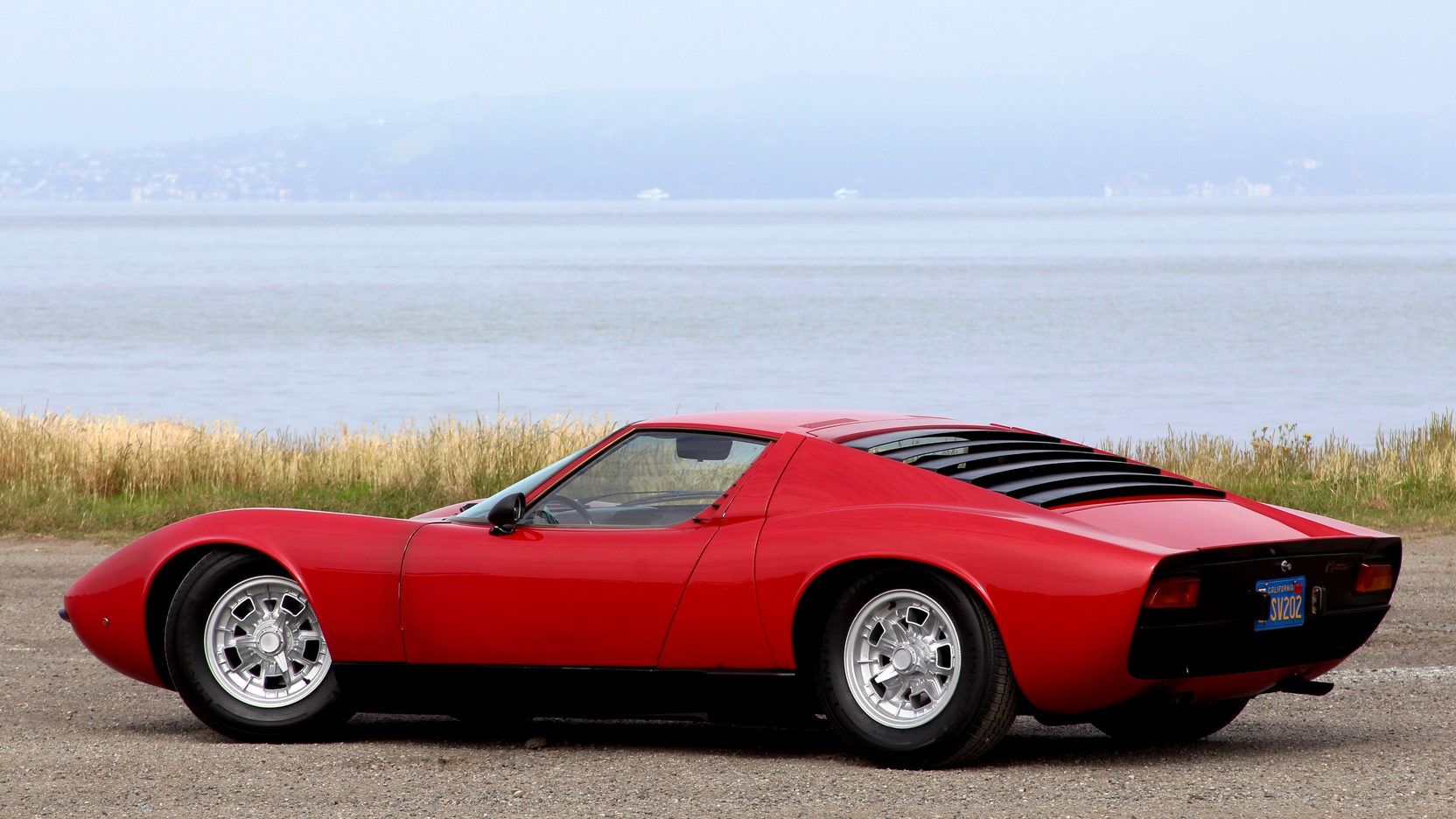
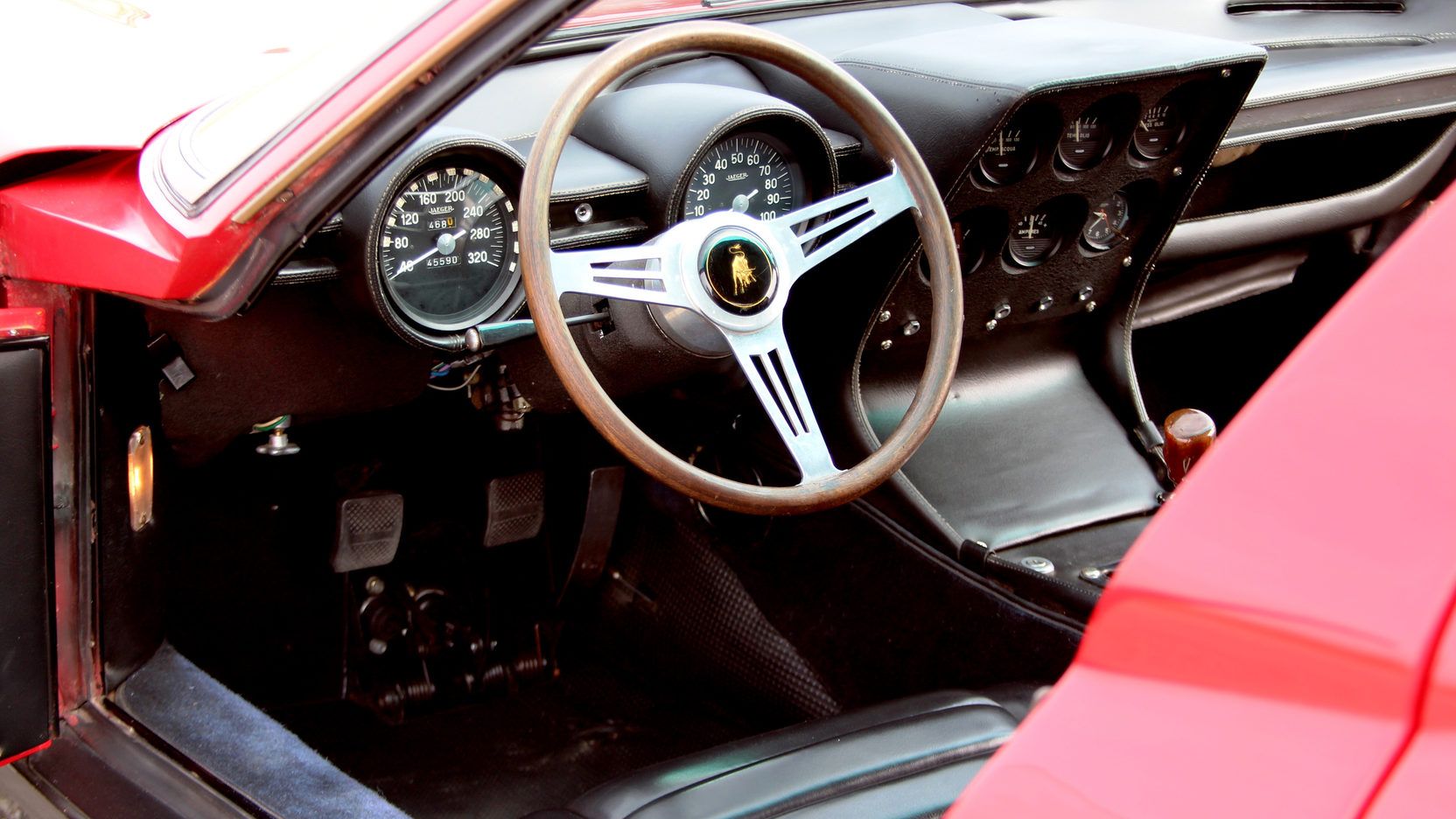
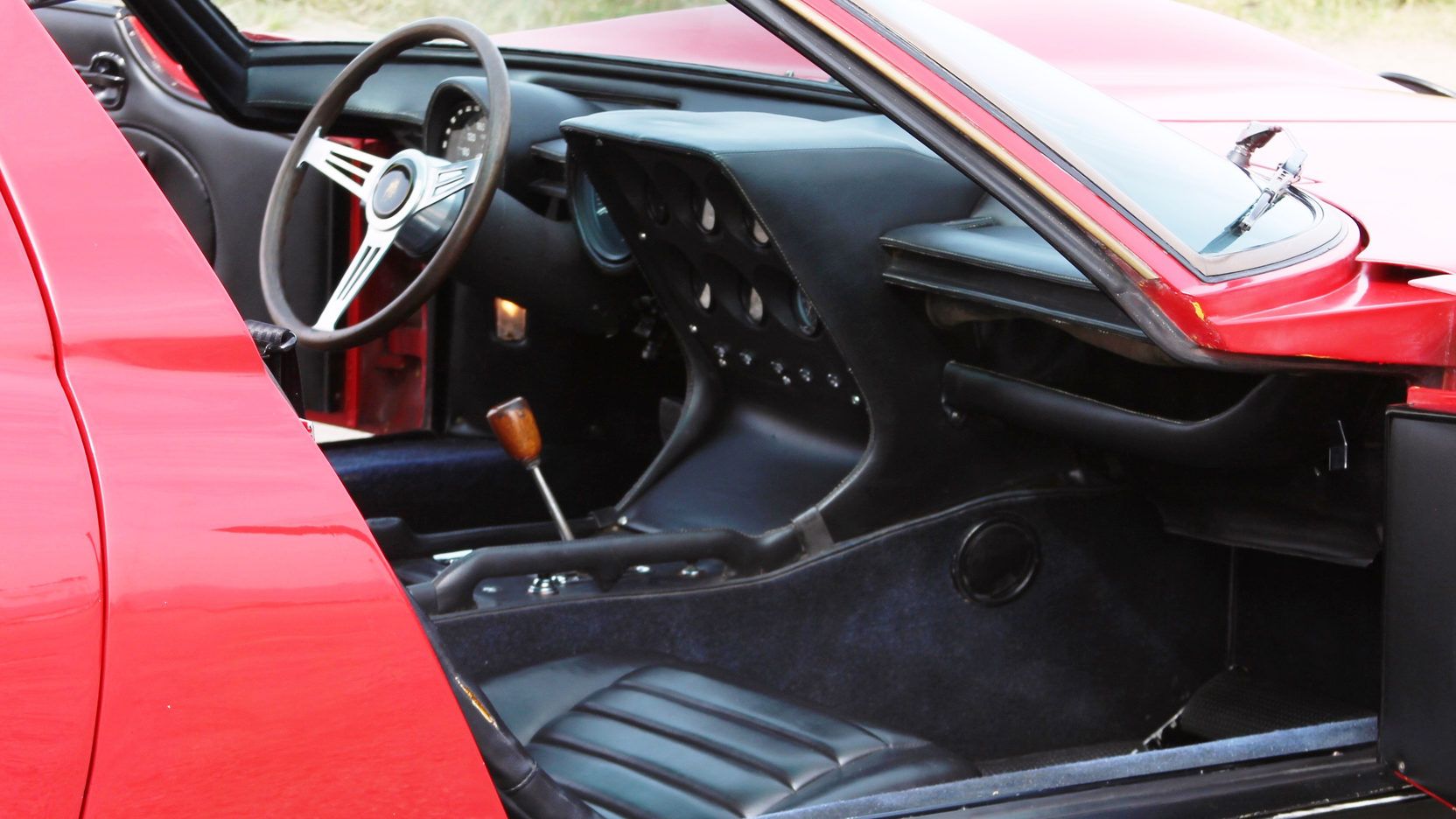
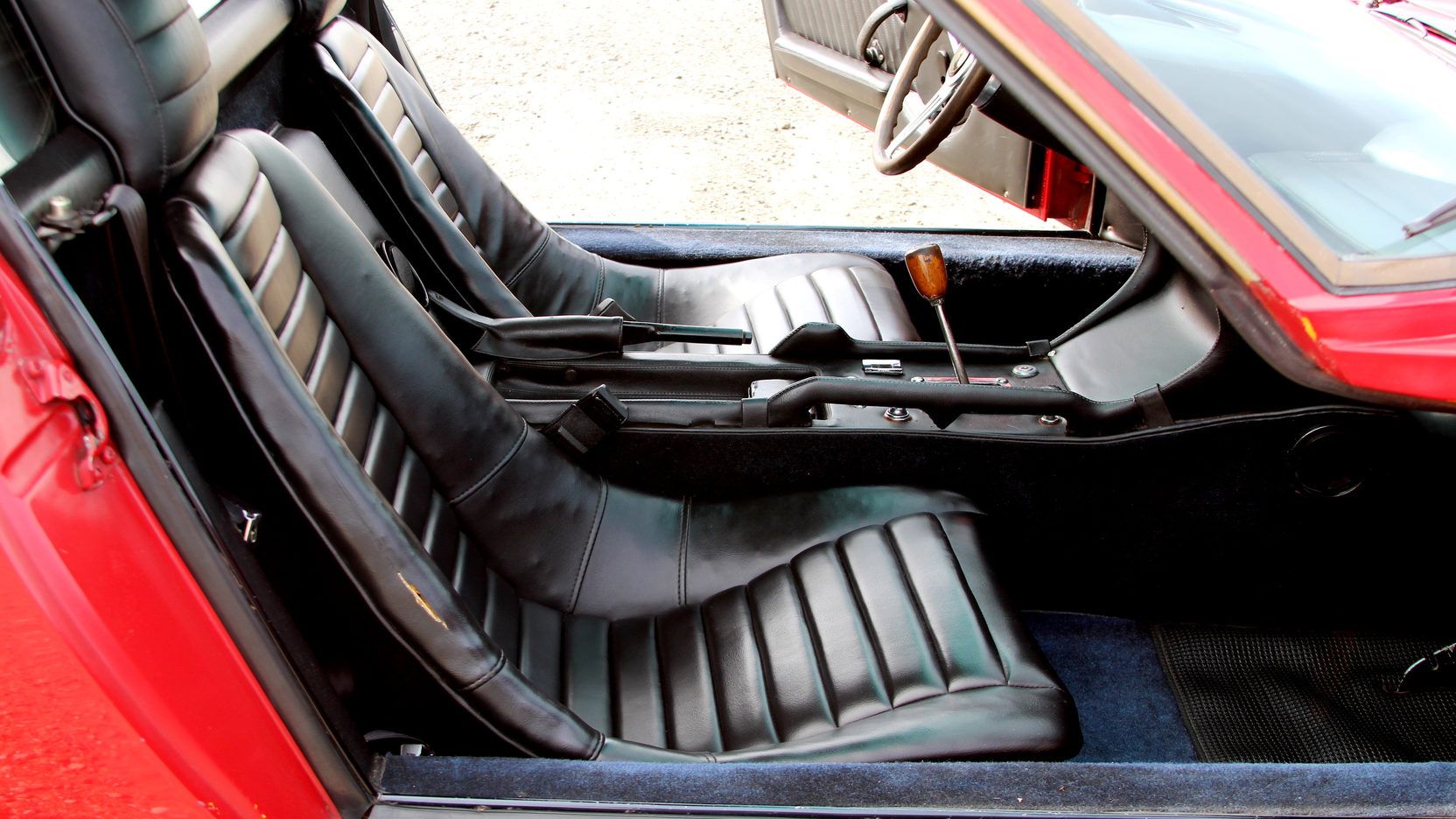
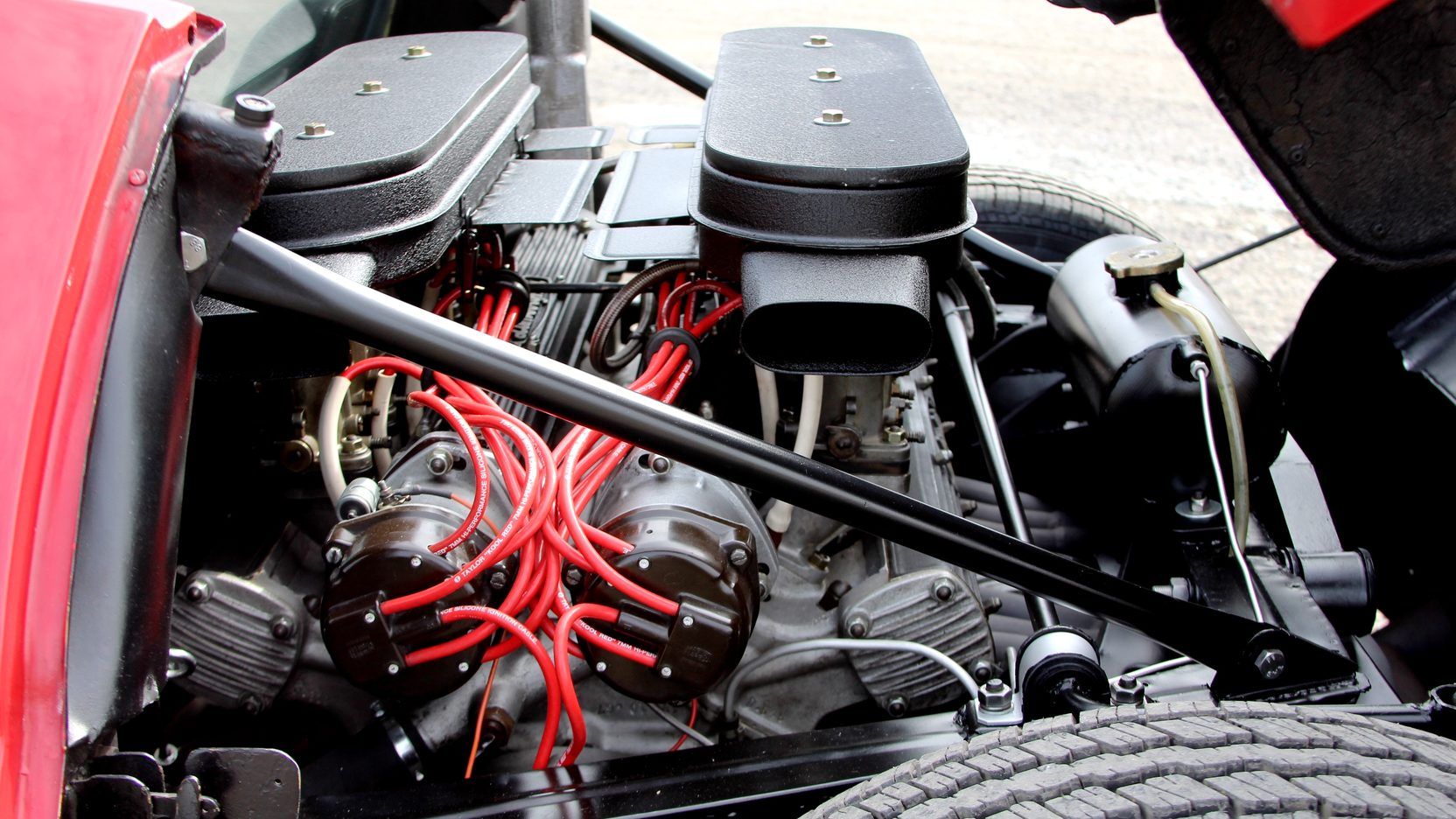
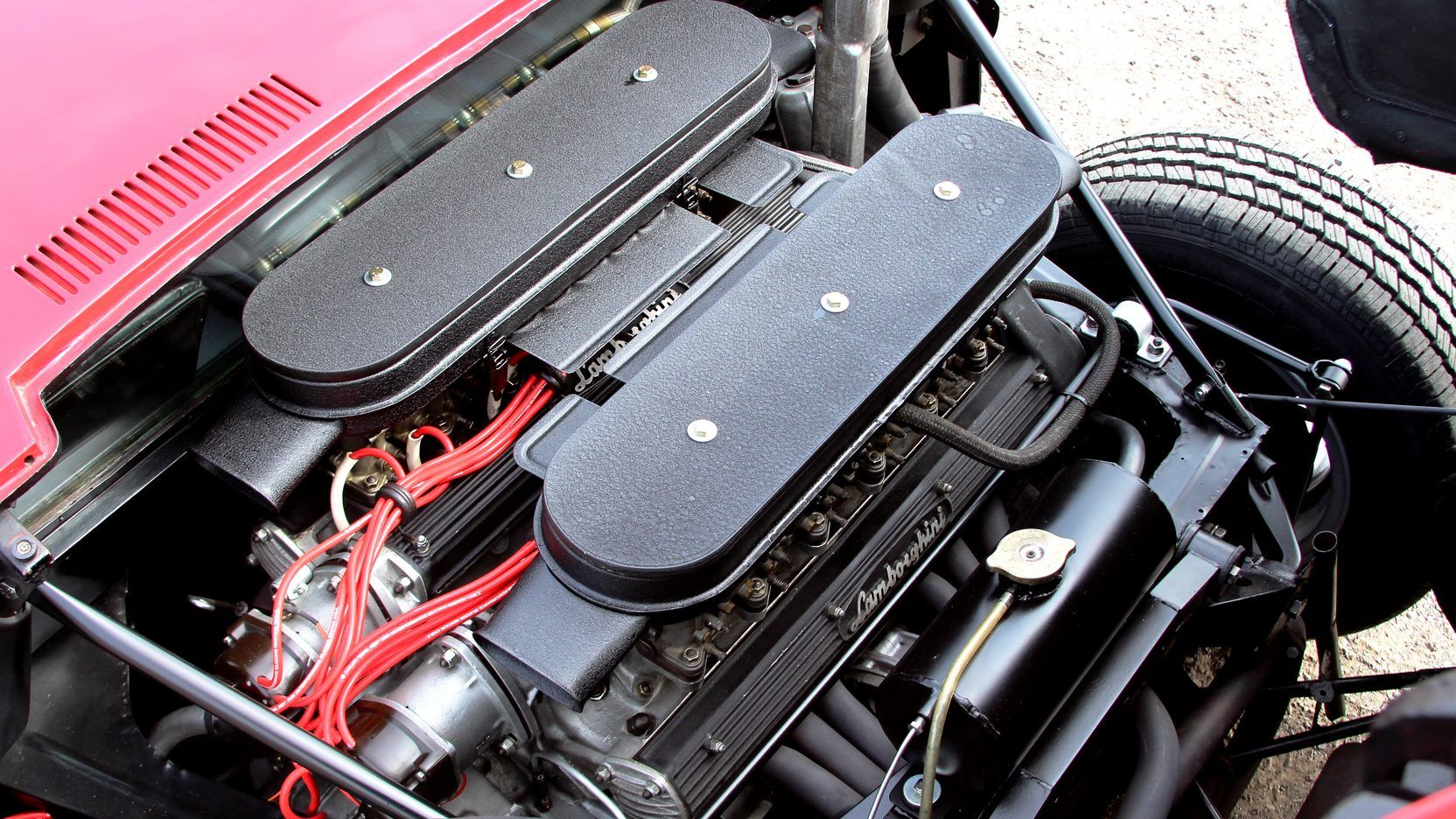
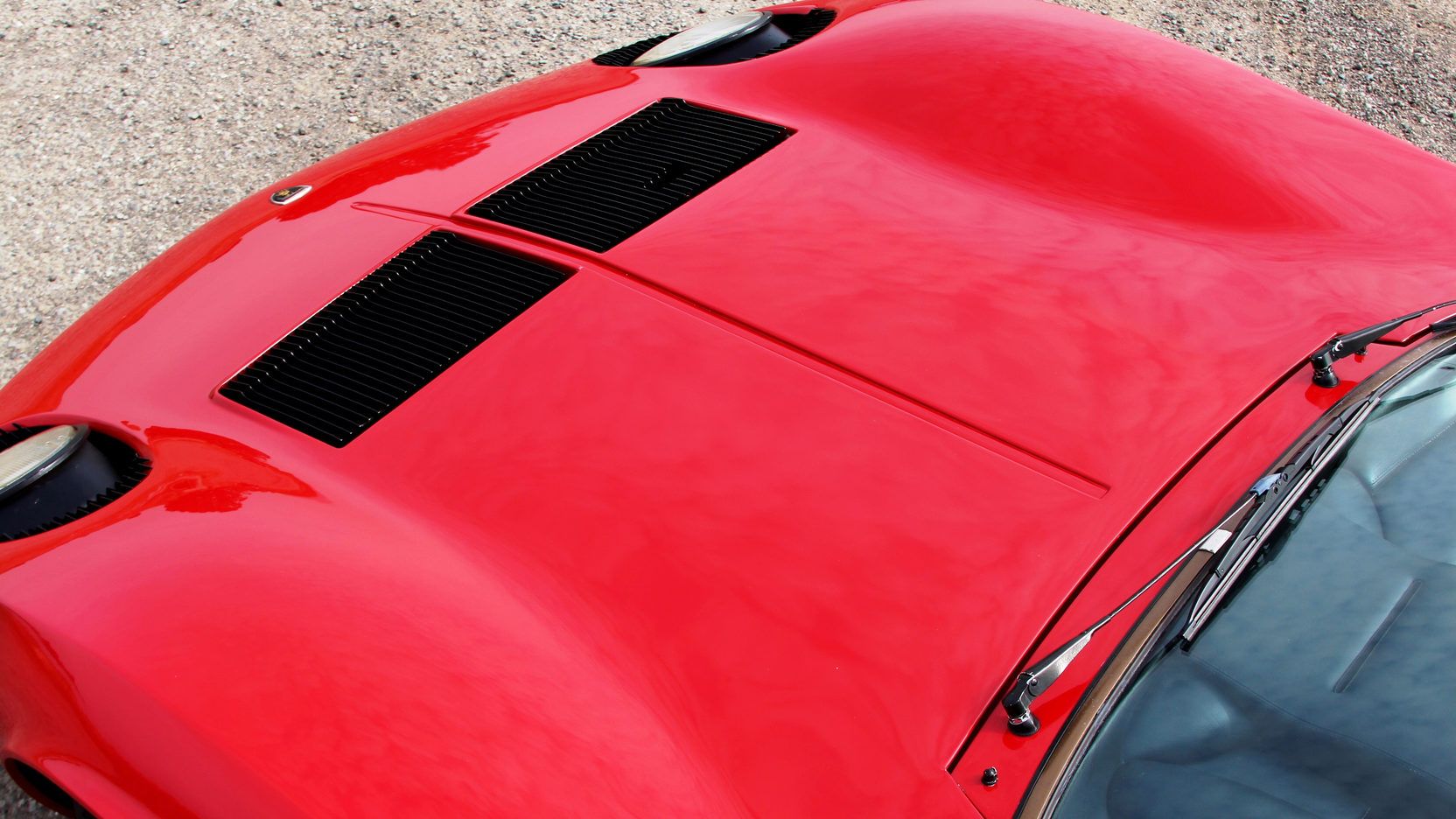
- Make: Array
- Model: 1966 - 1969 Lamborghini Miura
- Engine/Motor: V12
- Horsepower: 350
- Torque: 300
- [do not use] Vehicle Model: Array
Exterior
The Miura featured a sensational design for the era. It had a muscular, sleek body with retractable headlights surrounded by slatted black eyelashes and unusual clam-shell hoods on both the front and rear. The engine hood also had its very own trunk lid, which gave access to a small compartment behind the V-12. The flamboyant body was penned by Marcello Gandini who, at the time, was working for Bertone.
The Miura is said to have boosted Gandini's reputation quite dramatically after the car's unveiling at the Geneva Motor Show. The mid-engined configuration also contributed to the Miura's unique and impressive appearance. Although not short by modern standards, the Miura's nose was significantly shorter than most sports cars of the era, which had large-displacement engines mounted behind the front axle.
Interior
The Miura's interior was pretty standard for late 1960s sports cars. It had a low seating position, and a simple dashboard with two clocks behind the three-spoke steering wheel. However, the sporty, bolstered seats were separated by a tall and wide center console, a feature that wasn't exactly common back then. The console was complemented by a similarly wide center stack with six smaller gauges displaying engine temperature, fuel, and oil pressure, among others. The seats, the dashboard, and part of the door panels and center console were dressed in leather, while the floor had soft carpet. Chrome and aluminum inserts rounded off an interior that was superior to most sports cars in terms of fit and finish.
Drivetrain
The Miura was powered by a version of the 3.9-liter V-12 engine previously used in the 350GT and 400GT. However, not only was the engine located behind the seats, but it was also mounted transversely -- a configuration that was unheard of in the mid-1960s. The unit was rated at 350 horsepower and 300 pound-feet of torque, about 30 horses more than the 400GT. Mated to a five-speed manual, the V-12 enabled the Miura to hit 60 mph from a standing start in 6.3 seconds. The 0-to-100 mph sprint was achieved in 14.3 ticks, and the quarter-mile was covered in 14.5 seconds. Top speed was estimated at 163 mph, an impressive figure for 1966.
The entire drivetrain was mounted on a steel frame with aluminum panels. The steering was a rack-and-pinion type. The wheels measured 15 inches in the front and rear and came wrapped in Pirelli Cinturato tires. Stopping power came from 12-inch front brakes and 11-inch rear brakes. The Miura's curb weight was 2,601 pounds, but word has it that the first 125 Miuras were built of thinner steel and were therefore lighter than later cars.
Prices
Early Miuras were priced from $20,000, a steep sticker for 1966 (the equivalent of nearly $150,000 in 2016). Despite the expensive price, Lamborghini sold 275 units between 1966 and 1969, a big success for the company. Nowadays, the Miura can get quite expensive depending on mileage and condition, with well maintained models fetching in excess of $600,000. Examples with less than 50,000 miles on the odometer are known to change owners for more than $1 million.
Competition
Maserati Ghibli
Finding a proper competitor for the Miura is next to impossible given it was the car that started the mid-engined supercar craze, but there are a few front-engined vehicles that gave Lambo’s finest effort a run for its money. One of them is the Maserati Ghibli, a grand tourer the Italian company introduced in 1967 and produced until 1973.
Designed by Giorgetto Giugiaro while working for Ghia, the Ghibli was characterized by a low, shark-shaped nose, a sleek roof, and pop-up headlamps. Built as a grand tourer that could seat four, the Ghibli had a more upscale interior than the Miura, with leather seats, better fit and finish, a wood-rimmed steering wheel, and more soft-touch surfaces.
Under the hood, the Ghibli initially came with a 4.7-liter V-8 that was rated at 310 horsepower. The quad-cam, dry-sump mill mated to either a five-speed manual or a three-speed automatic. A more powerful Ghibli SS model was released with a 4.9-liter V-8 and 330 horsepower. This model needed 6.8 seconds to hit 60 mph and had a top speed of 155 mph. Unlike the Miura, the Ghibli was also offered as a convertible.
Read our full review on the Maserati Ghibli here.
Ferrari 365 GTB/4 "Daytona"
Launched less than five years after Enzo Ferrari allegedly told Ferruccio Lamborghini to focus on his tractors and stop complaining about Ferrari clutches, the Miura arrived as a big blow for Maranello. However, Enzo's first mid-engined V-12 sports car didn't arrive until 1973, when the Berlinetta Boxer was launched. The closest thing Ferrari had to the Miura was the 365 GTB/4 "Daytona," a front-engined 2+2 grand tourer.
Designed by Pininfarinta, the Daytona also featured a long hood and a raked roofline. Early Daytonas featured fixed headlights behind an acrylic glass cover, but pop-up headlamps were added in 1971 due to new safety regulations in the U.S.. Its interior rivaled the Ghibli’s in terms of luxury, and sported racing seats, a thin dash with horizontally positioned gauges, leather surfaces and a wooden center console.
Motivation was provided by a 4.4-liter V-12 featuring six Weber twin carburetors and a five-speed manual transmission. The engine cranked out 352 horsepower, enabling the Daytona to hit 60 mph in just 5.4 seconds with a top speed of 174 mph.
Read our full review on the Ferrari 365 GTB/4 "Daytona" here.
Conclusion
Arguably, the most important car in Lamborghini's long history, the Miura also holds a special place in the automotive industry for being the first road-legal, production model to feature a mid-engine layout. Although that's not to say that the mid-ship configuration wouldn't have made it onto the street without the Miura, this gorgeous two-seater was a major influence in the late 1960s and it's the spiritual forerunner of modern supercars such as the Ferrari LaFerrari and the McLaren P1.

